TEST DRIVE: BMW 220d Gran Coupe – For Those Who Want To Own A BMW Badge
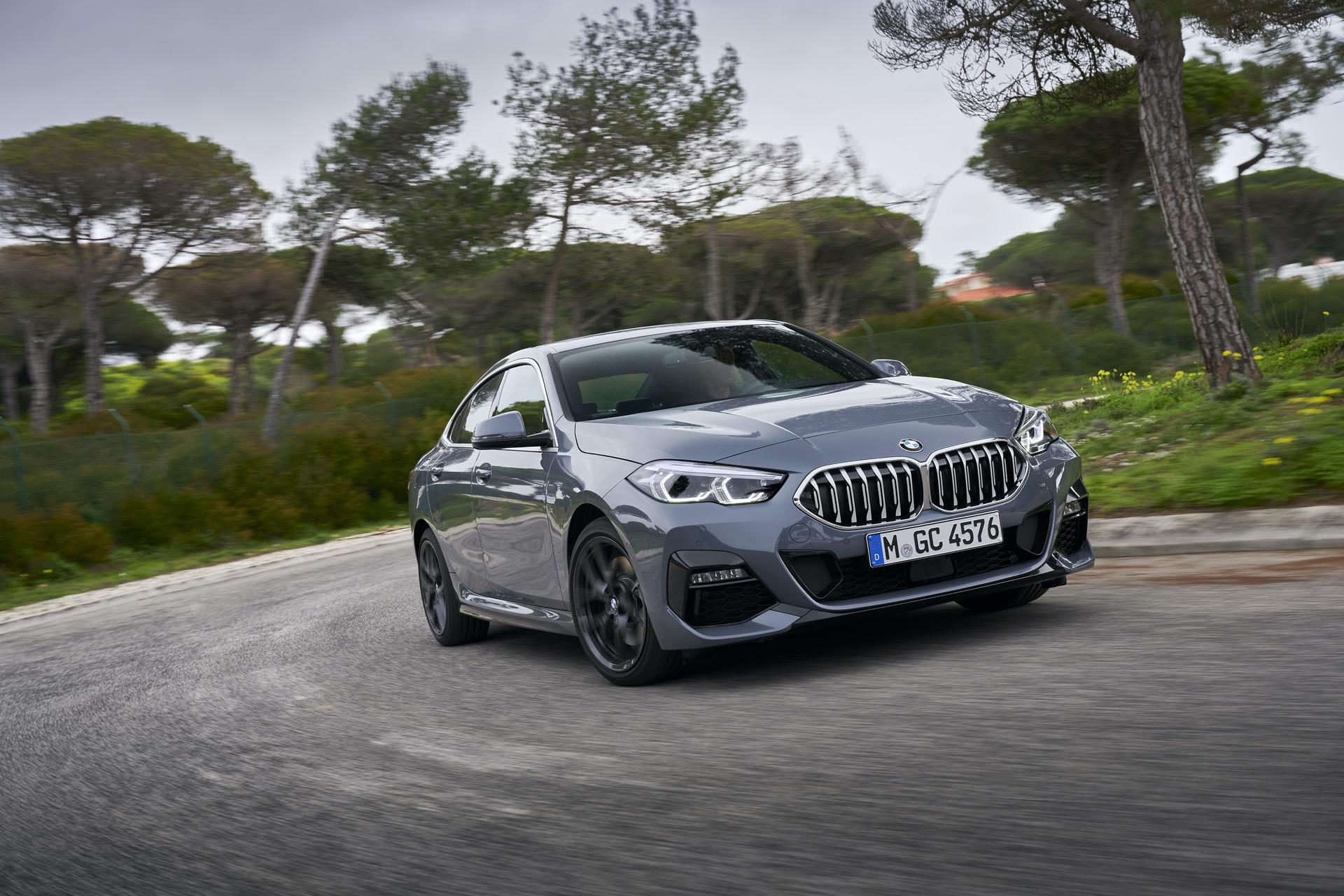

While BMW diesels are “forbidden” in the U.S. market, the Europeans still enjoy a larger variety of models. The new BMW 220d Gran Coupe is one of the latest diesels to join the European fleet and we recently had the chance to drive in Portugal. The new diesel is the second most affordable 2 Series Gran Coupe in the lineup, starting at 39,900 euros. The M Sport Package moves the price up to 44,000 euros. If you throw in some 19-inch wheels and other optional packages, it can easily climb over 50,000 euros. So now it goes into the 3 Series territory.
But will customers pick the new, quirky Gran Coupe over the iconic 3er? That’s what we set to find out.
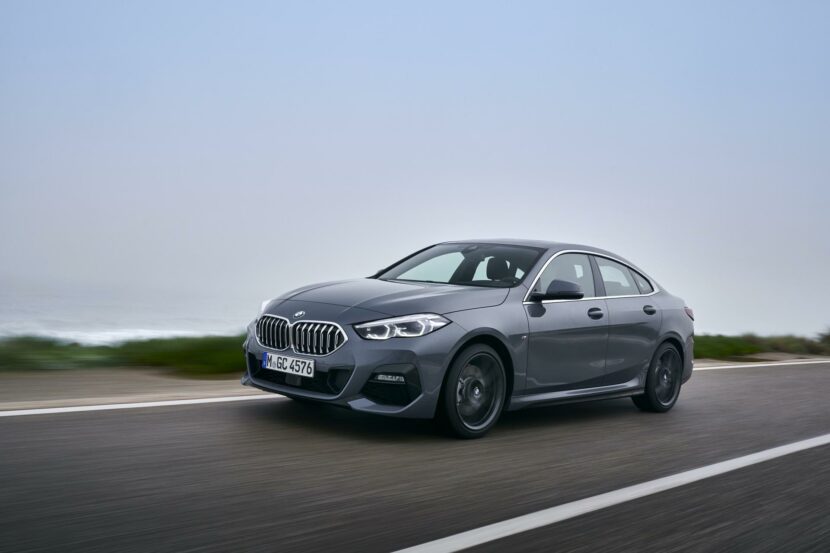
Where Does It Fit In The Lineup?
The BMW 2 Series Gran Coupe shares most of its parts and philosophy with the revamped 1 Series hatchback. From the front-wheel drive architecture, to the front-fascia and some interior bits, the two models are related. What sets apart the 2 Series Gran Coupe is the slightly longer body, the coupeish roofline and a taller boot.
Being smaller than the 4 Series Gran Coupe, or the equally quirky 6 Series GT, the 2 Series Gran Coupe takes on the Mercedes-Benz CLA and the Audi A3 sedan. The only diesel in the lineup – the 220d Gran Coupe – competes against the CLA 220d, but it’s slightly cheaper than the Merc (40,430 euros). Yet, both cars are equally controversial.
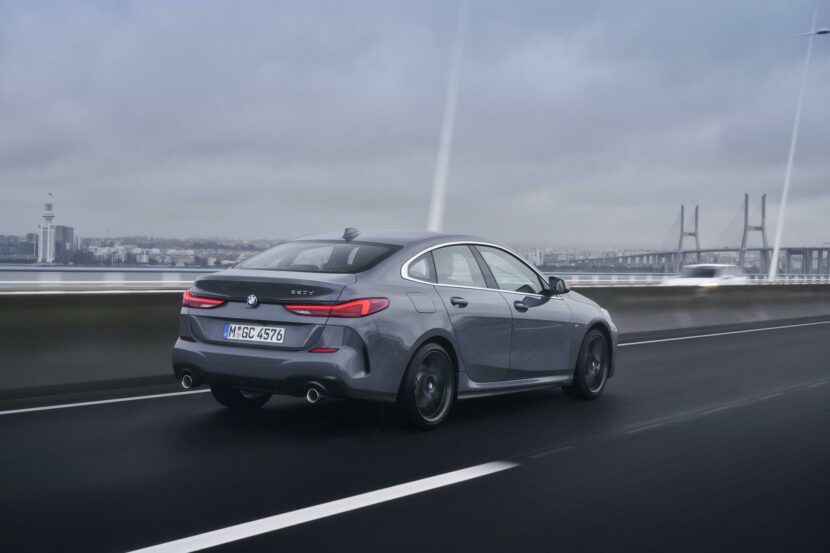
Quirky, But Functional Design
Let’s just get this out of the way. The BMW 2 Series Gran Coupe won’t stun you with its looks. Its design is heavily influenced by the front-wheel drive platform and by the need to share its DNA with the 1 Series. So what you’re getting is a funky design which won’t appease hardcore BMW enthusiasts.
Up front, it looks similar to the 1 Series it shares its chassis with but with some tweaks. For instance, there are little notches in its headlights, which visually separates the two halos in the headlight. It’s a subtle design but one that actually looks quite nice. Another nice bit, full-LED headlights are as-standard.
Naturally, the M Sport Package adds a bit more flavor with its aggressive styling and extra aero bits.
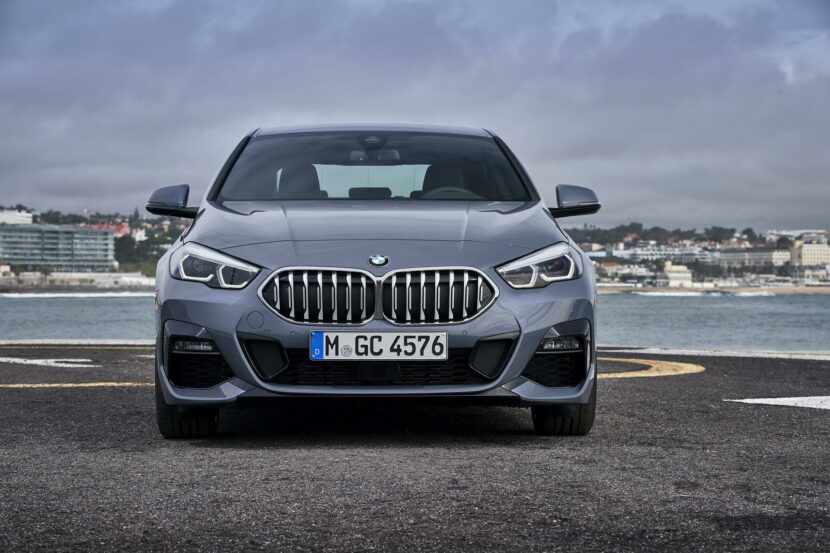
In profile, despite the fact that it’s a front-wheel drive car, and its front overhang might and tall hood-line give it away, it has a well-balanced shape. There is a sleek C-pillar and a brand-new interpretation of the iconic Hofmeister Kink. Something that doesn’t seem to sit well with the BMW enthusiasts.
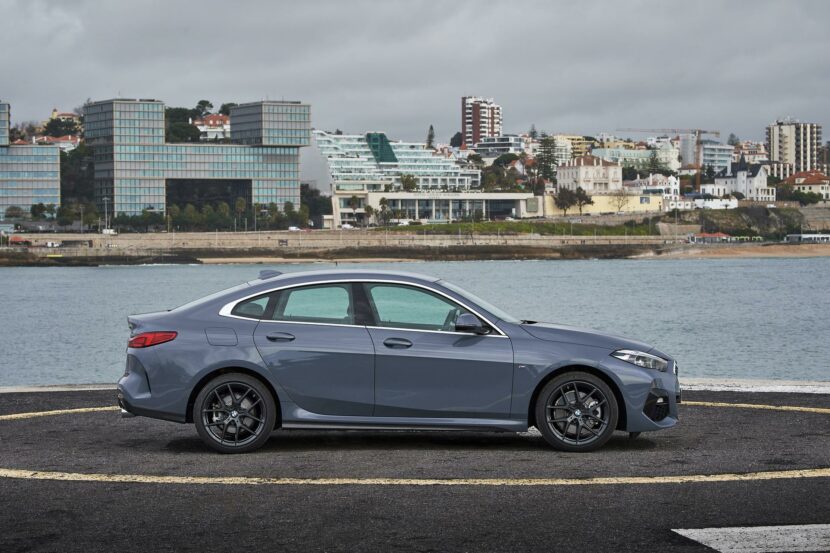
Out back, its taillights are skinny and wide, with a similar design and light pattern as the BMW X6. There’s also a bit of trim atop the taillights that spans the entire width of the rear end. The trunk is a bit taller than what we would have liked to see and that’s mainly everyone’s complaint in the rear.
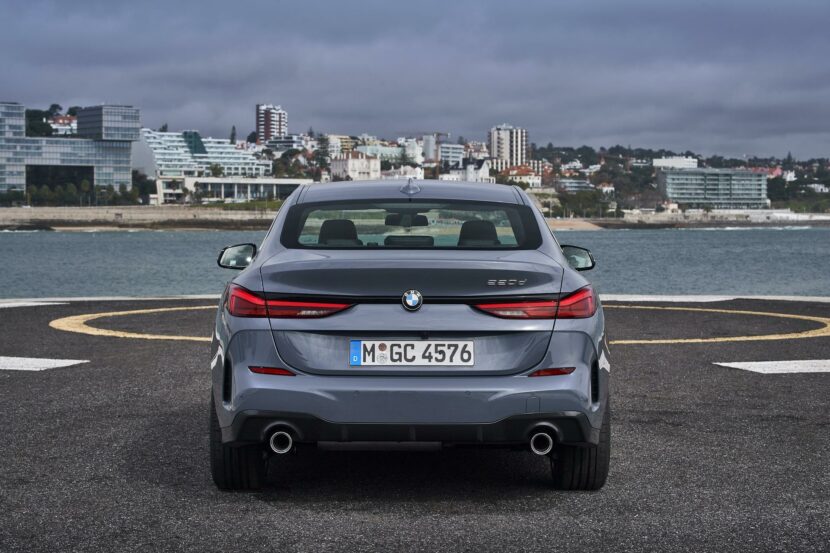
Inside, it’s a bit of a mix between the G20 3 Series and the new 1 Series. It certainly is premium in look and feel, and packed with technology. The steering wheel is the same as every other BMW with an M Sport package, its iDrive screen is BMW’s latest and it gets the new digital dials like every other Bimmer.
That’s not a bad thing, as it’s a handsome cabin and makes the 2 Series Gran Coupe feel more premium than some of its competitors but it’s not going to blow anyone away with its aesthetics.
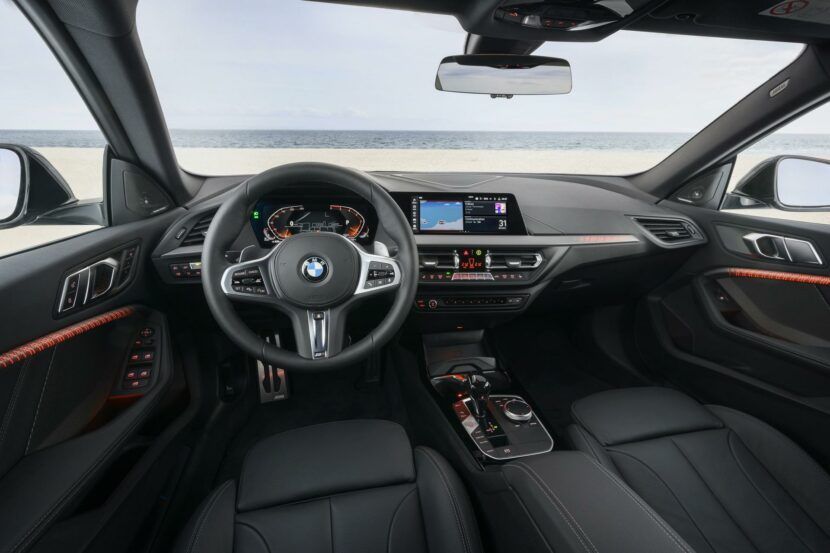
The 40:20:40 divisible rear bench seat also offers adults enough space for a comfortable sitting position and, if necessary, extends the trunk. The latter not only has a volume of 430 liters, but is also very easy to load, thanks to the large trunk lid and flat loading edge.
Diesels Are Still Relevant
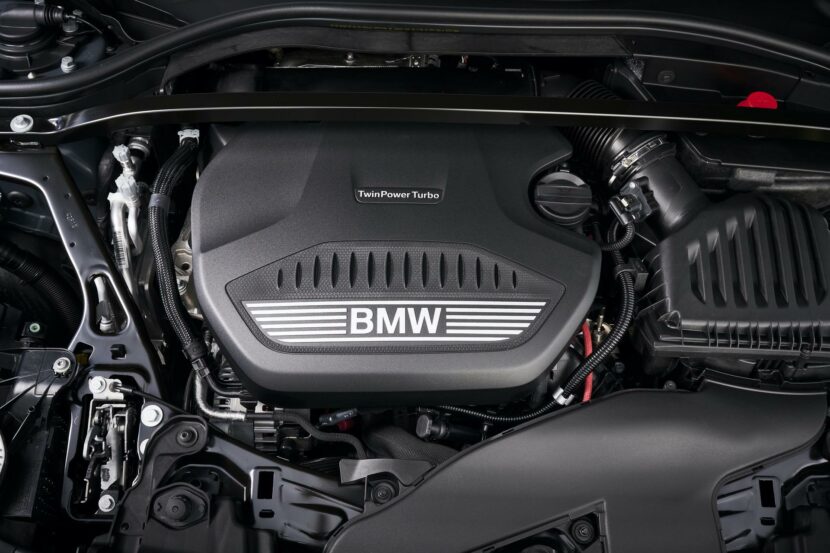
The diesels are likely to disappear in the future. While most of us love their efficiency and high torque, the plug-in hybrid tech offers a more compelling package. So we’re not surprised to see the PHEV sales continuing to increase at the cost of the diesels’ decrease in sales. But for now, we expect the BMW 220d to be the most popular Gran Coupe model sold in Europe. It comes with a 2.0 liter turbocharged diesel engine that makes 190 hp and 295 lb-ft of torque. It burns about 4.5 – 4.2 liters of diesel for every 100 kilometers (52-56 mpg US).
The BMW 218i models are available with a 6-speed manual transmission or a 7-speed dual-clutch transmission. The 228i xDrive, M235i xDrive, and 220d models are only available with an 8-speed automatic transmission.
How Does It Drive?
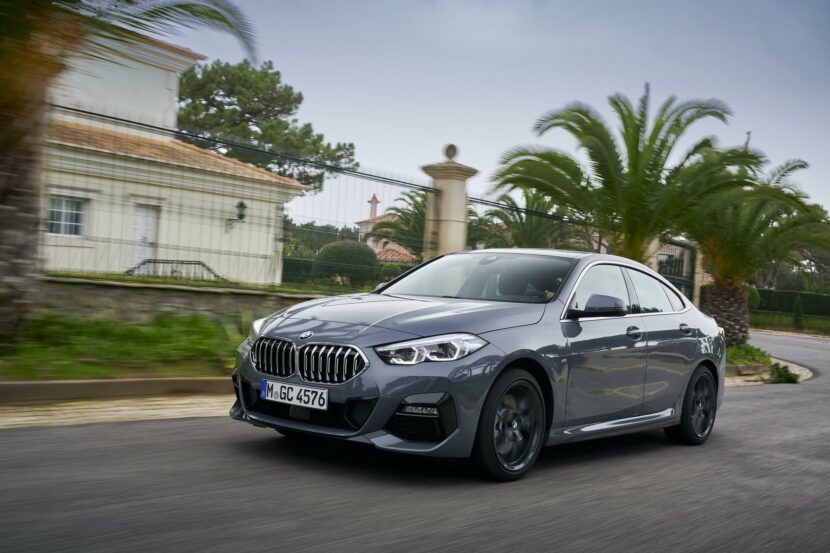
The day in Lisbon started with the BMW M235i xDrive Gran Coupe, the boss of the entire lineup. The M Performance Automobile is the highlight of the 2 Series Gran Coupe family, so naturally it is the far more engaging and dynamic drive. We covered the review here. But we also wanted to see what it feels like driving a base model.
Let’s start with the chassis. According to the BMW engineering team, the 2 Series Gran Coupe’s chassis was softened when compared to the 1 Series. The entry-level hatch aims to be the sportiest model of the front-wheel drive family, while the 2 Series Gran Coupe is somewhat a small gran tourer. There are three type of suspensions available: standard, adaptive and M Sport.
The BMW 220d Gran Coupe was fitted with the Adaptive suspension. The M Sport suspension lowers the height by 10 mm and stiffens the shocks. BMW says that compared to the 1 Series, all of them are less aggressive.
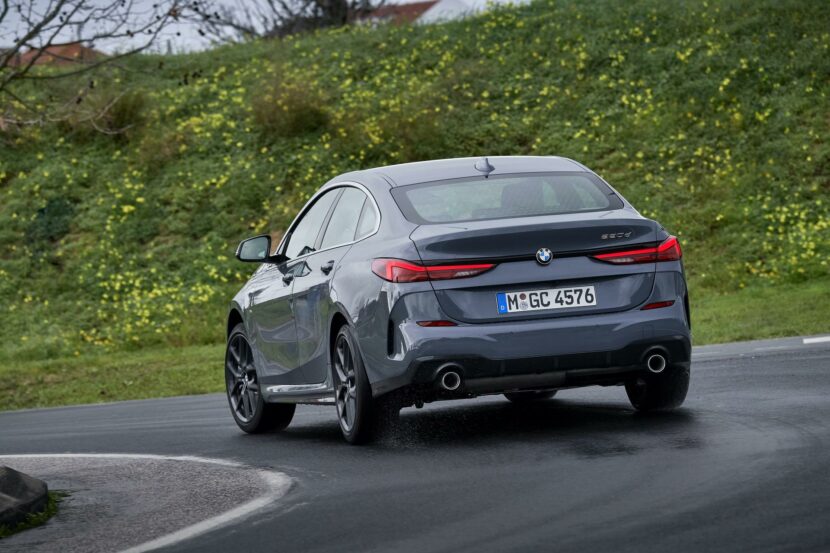
Similar changes occurred in the steering department, so the wheel is a bit softer in its movements and less precise than in a 1 Series hatch. It’s also a bit less engaging than the sportier M235i xDrive Gran Coupe.
BMW’s 2.0 liter four-cylinder diesel is still quite adequate for many entry-level models. You’re getting plenty of torque which enables quick overturns, when needed. Tons of torque kicks in at 1,800 rpm and that’s one of the reasons why we love those diesels. Peak power comes in at 4,000 rpm and that’s where we had the most fun on some twisty roads.
The transmission is swift and precise, and of course, it comes with the shift paddles on the steering as well. There is the usual grumble from the diesel banger, paired with a decent exhaust note.
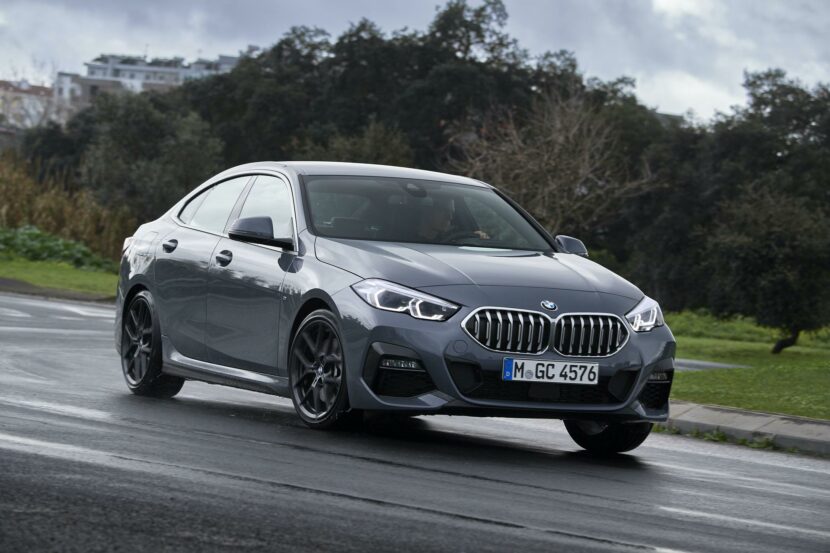
Of course, at times, we wished the 300 power of the M235i was there, but the 220d Gran Coupe is meant to be a balanced product, calibrated for the needs of its customers. Cornering is less engaging than with its more potent brother, but it doesn’t leave a lot on the table. Instead, due to the lack of the all-wheel drive system, it feels nimble and engaging, with decent feedback from the front wheels.
Thee multi-link rear suspension is absorbing mid-corner bumps without much effort and the adaptive suspension does a great job giving you different levels of comfort.
Clearly, the rear-wheel drive setup will always be more fun to experience, but if you leave that aside, the front-wheel drive approach is adequate for most people. And despite plenty of traction control engineering tricks – like the near-actuator wheel-slip limitation (ARB) – there is still understeer when pushed hard into tight bends.
Cruising on the highway is fairly boring which we have expected considering the overall package. The cabin is well insulated and you can even adjust the intensity of the fake exhaust noise.
Should I Buy One?
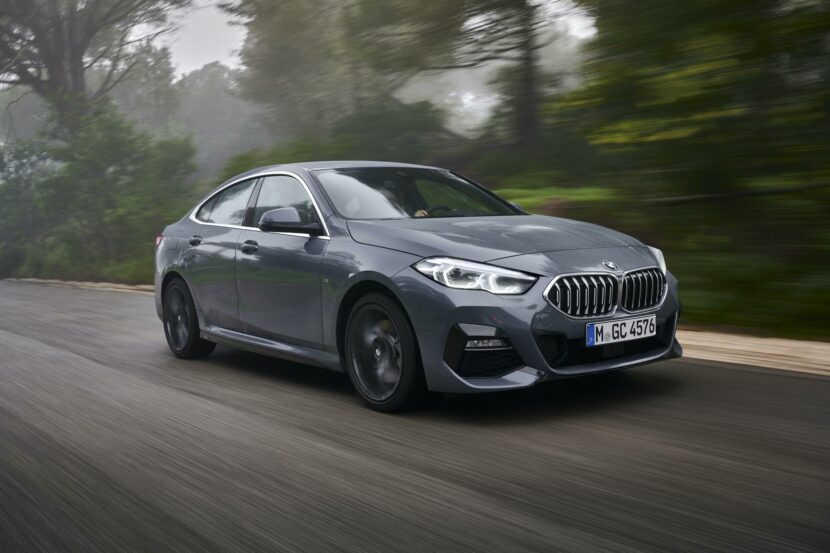
The BMW M235i xDrive Gran Coupe would be our first choice, if money no object. But in Europe, diesels are still popular and with a large following. Therefore, the BMW 220d Gran Coupe will cater to that demographic, especially if the monthly payment makes sense. We truly believe that the 2 Series Gran Coupe can gain a following with people that are looking to get into the brand. Or simply put, to own and drive a BMW badge.
In the end, the BMW badge represents a status for many buyers, and if you combine that with a practical, affordable and a premium offering, the BMW 220d Gran Coupe deserves a shot from you.
As far as the old school BMW enthusiasts, there are still plenty of rear-wheel drive models to choose from, and that’s the beauty of a large fleet: plenty of choices for all tastes.
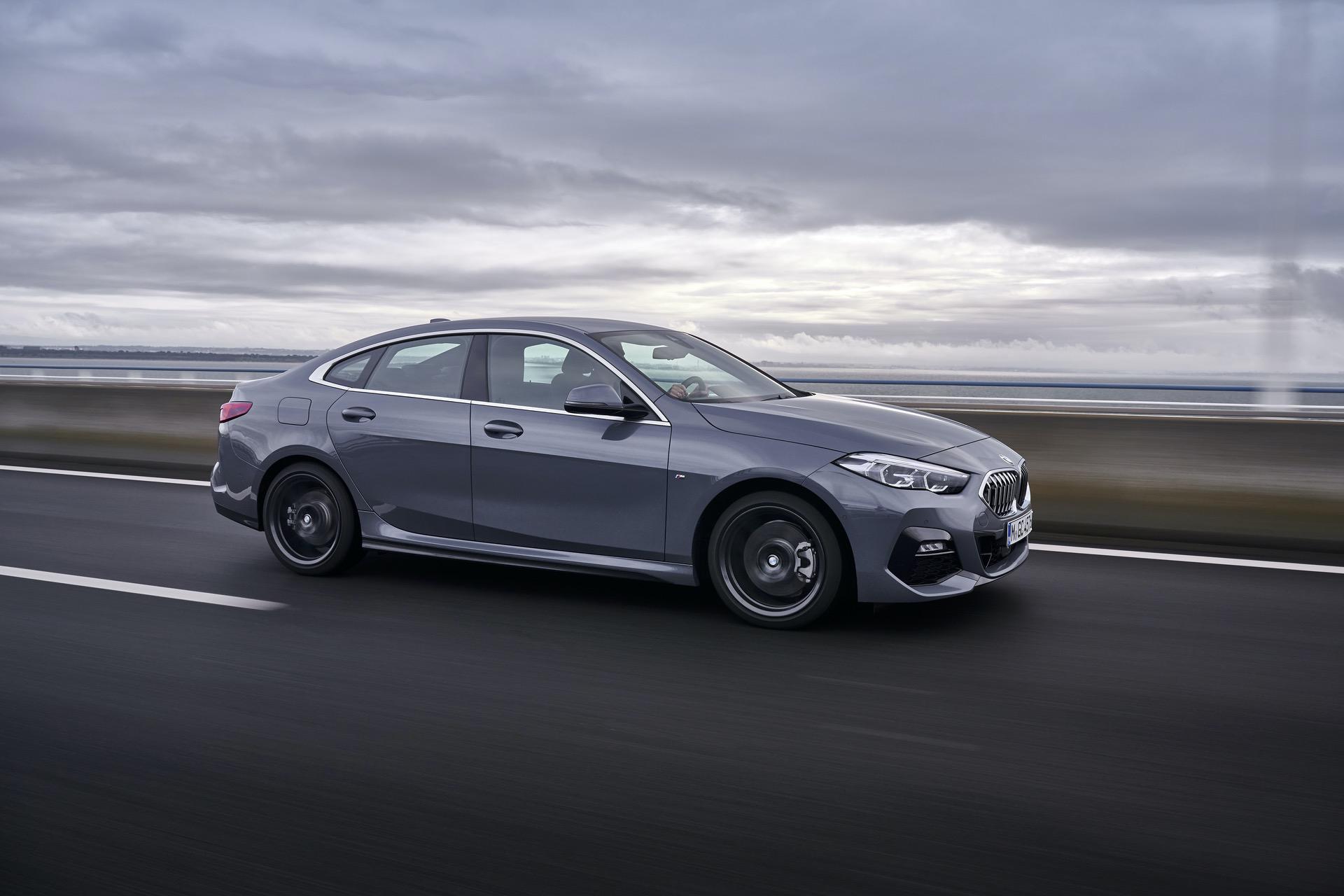
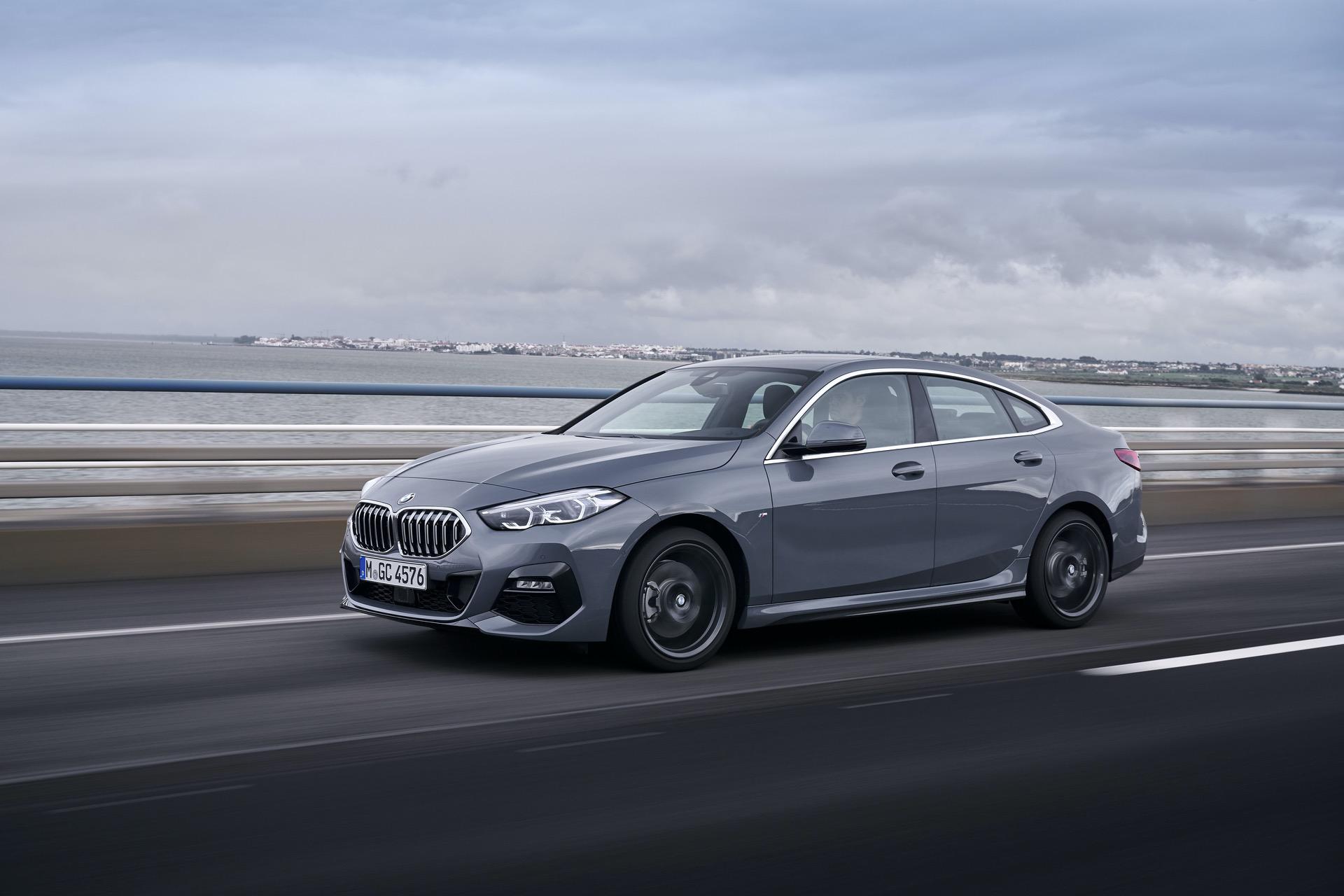
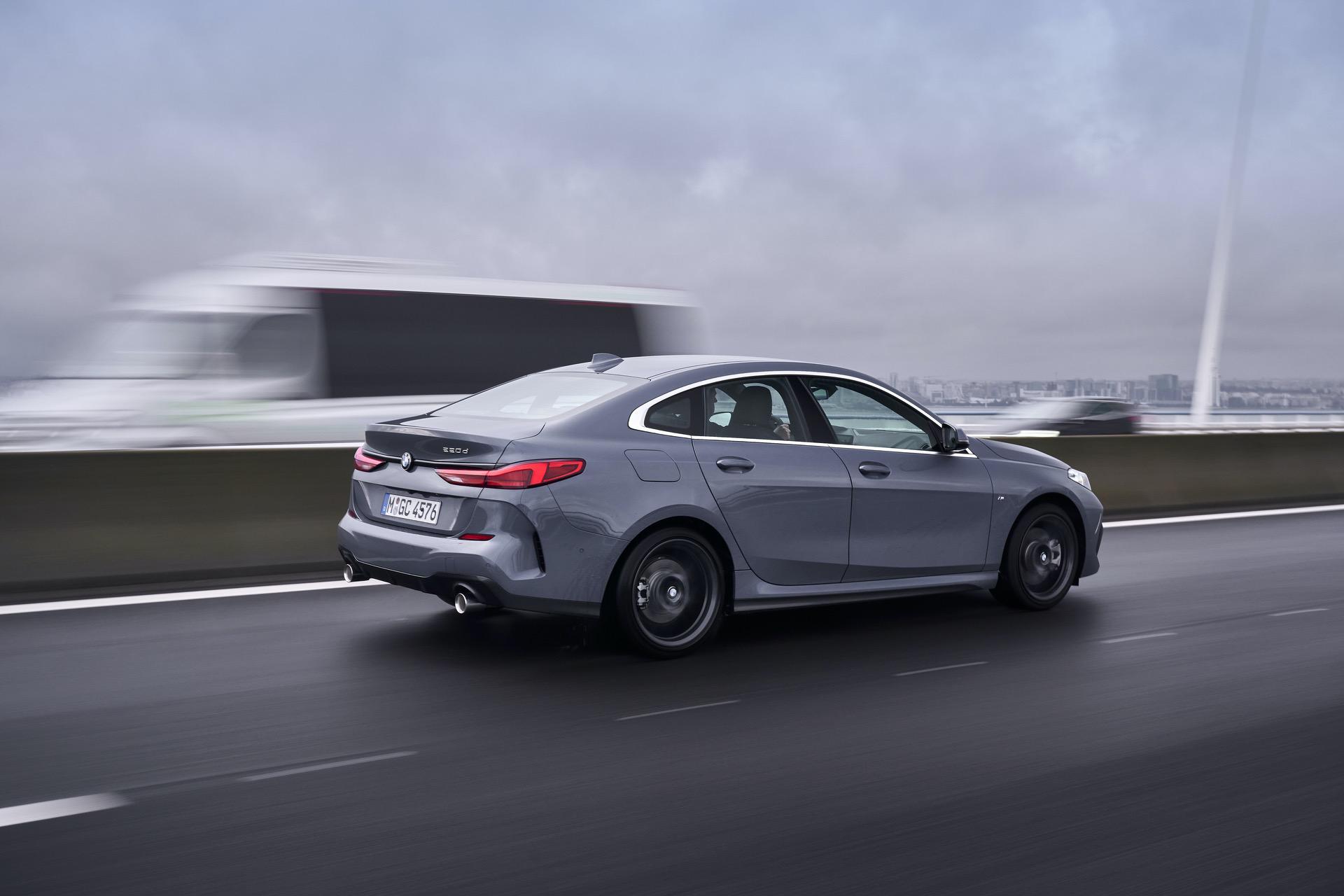
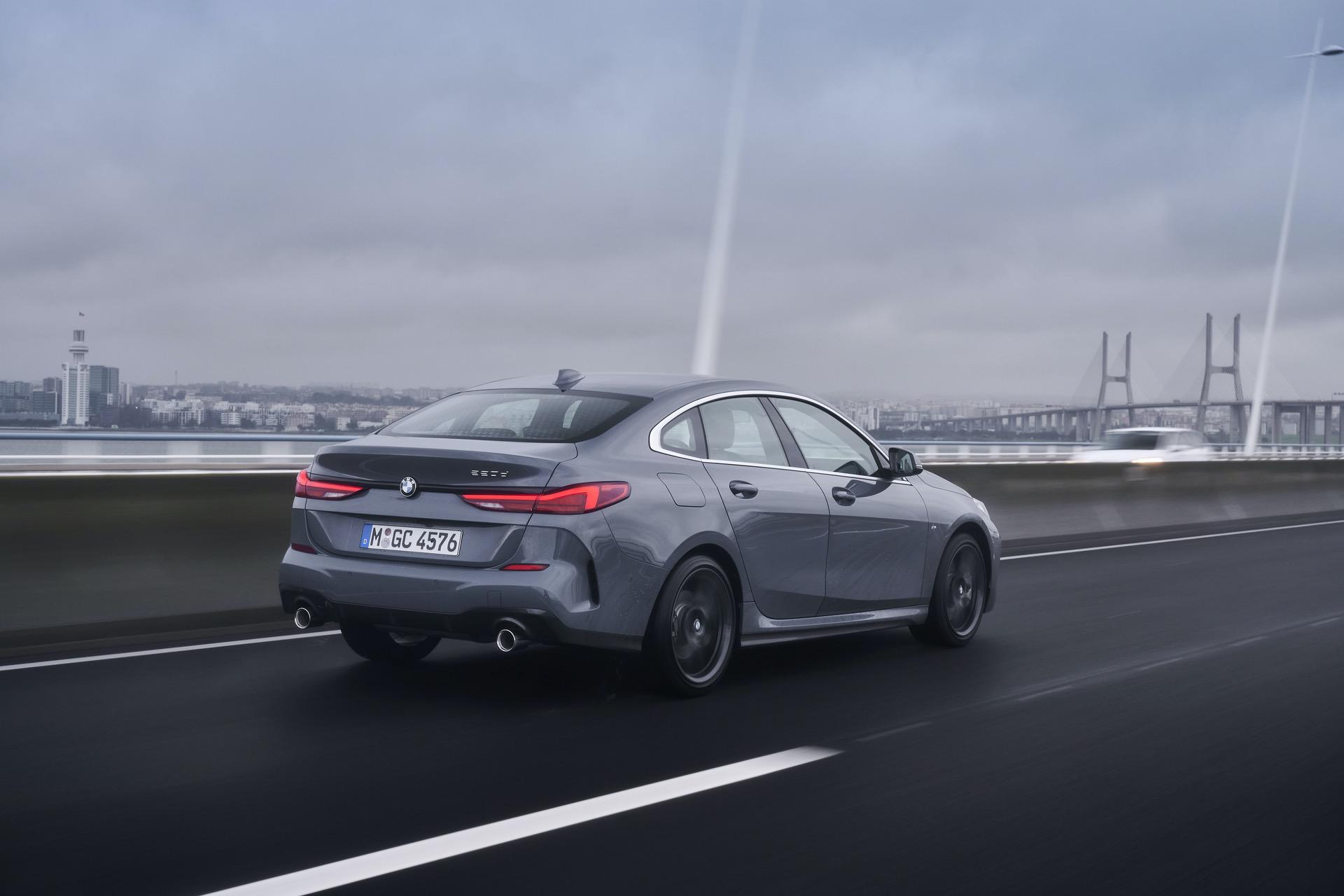
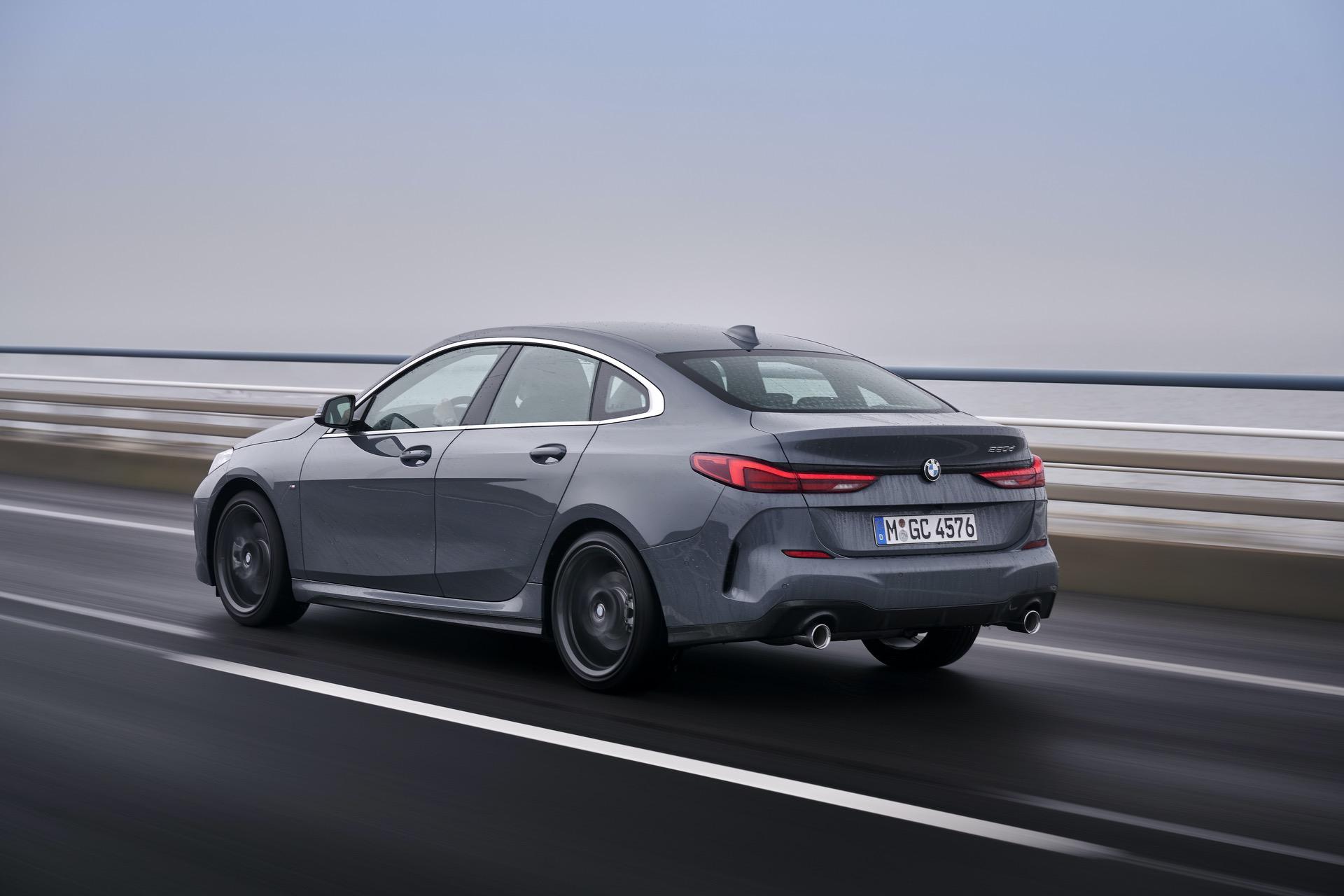
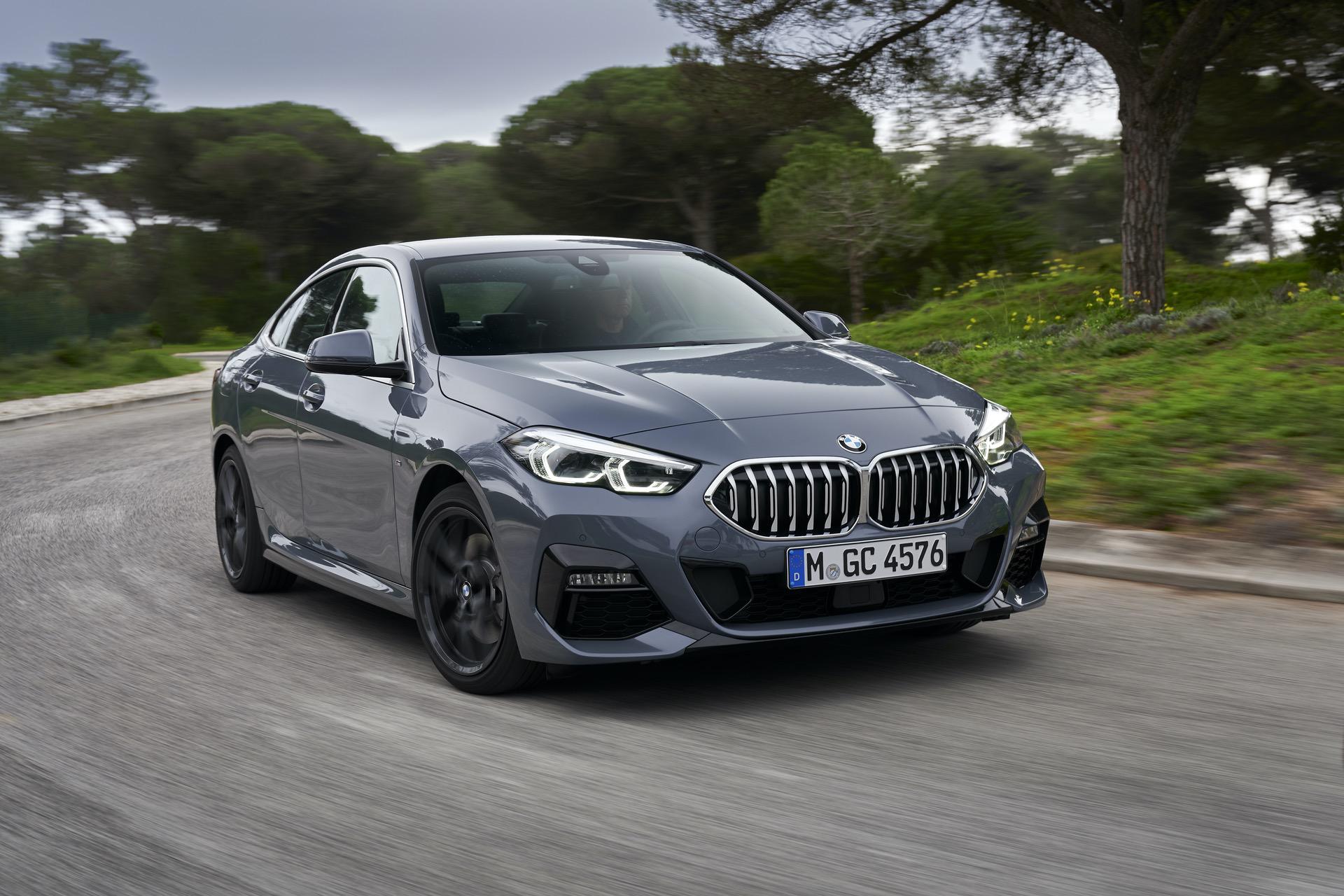




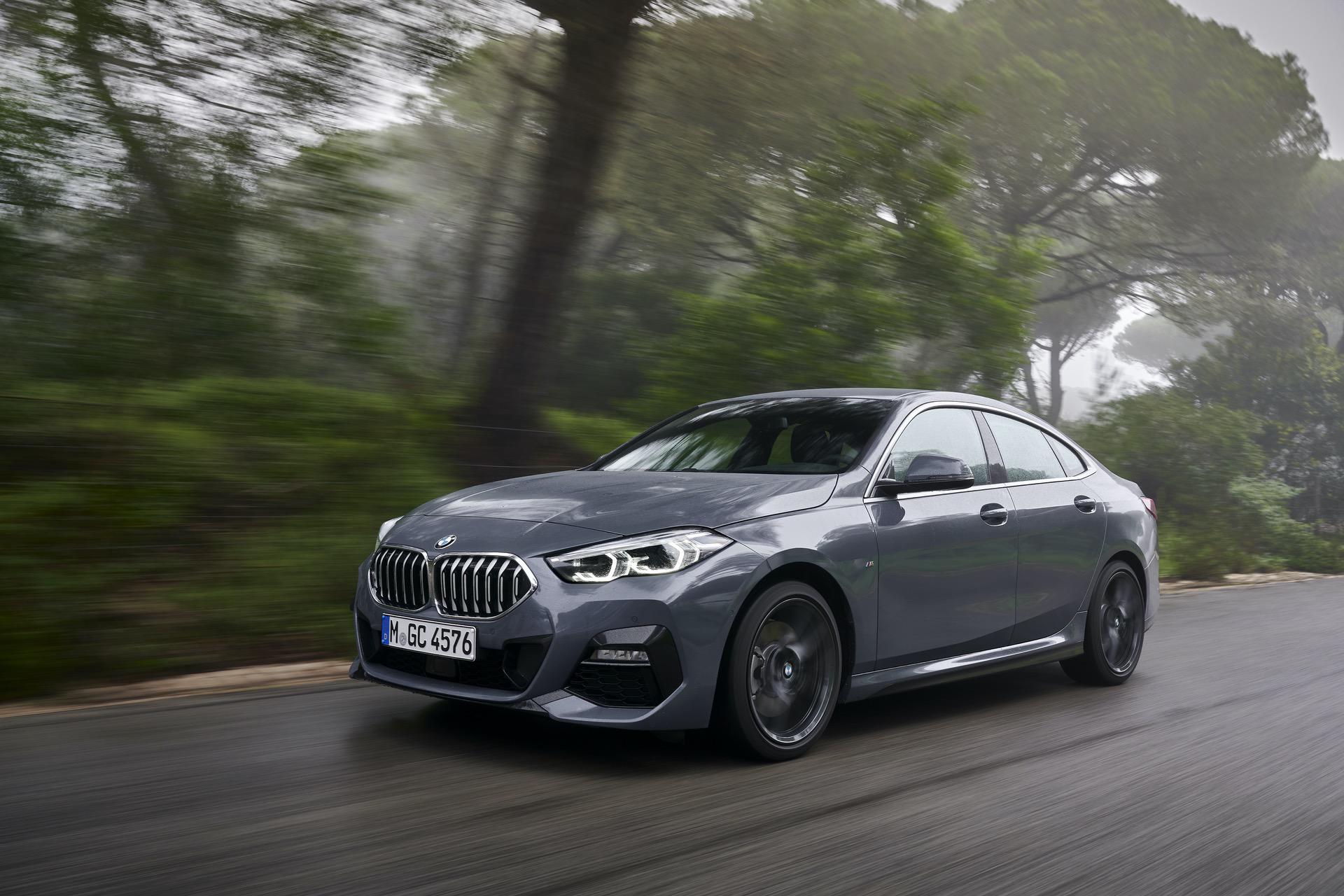
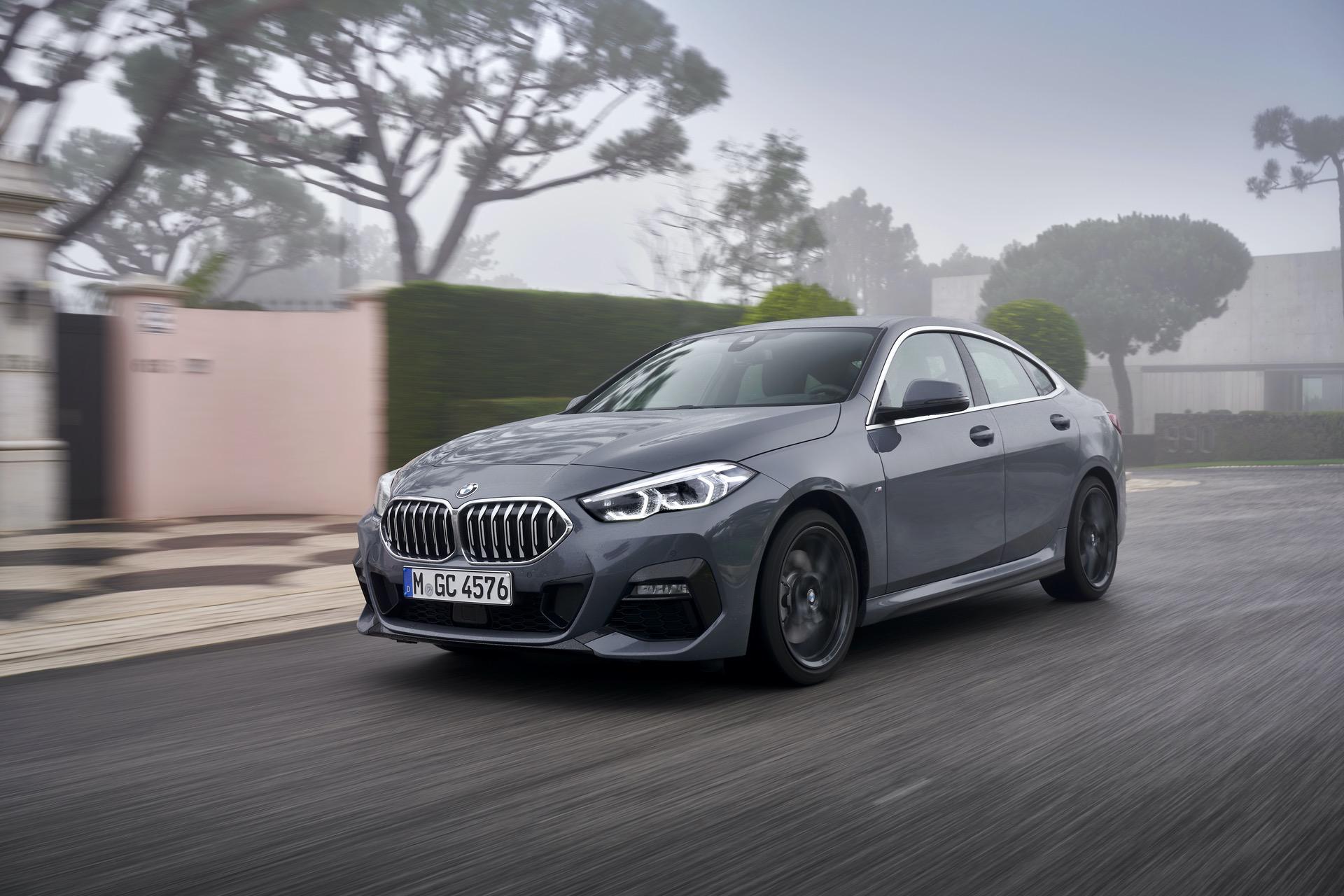
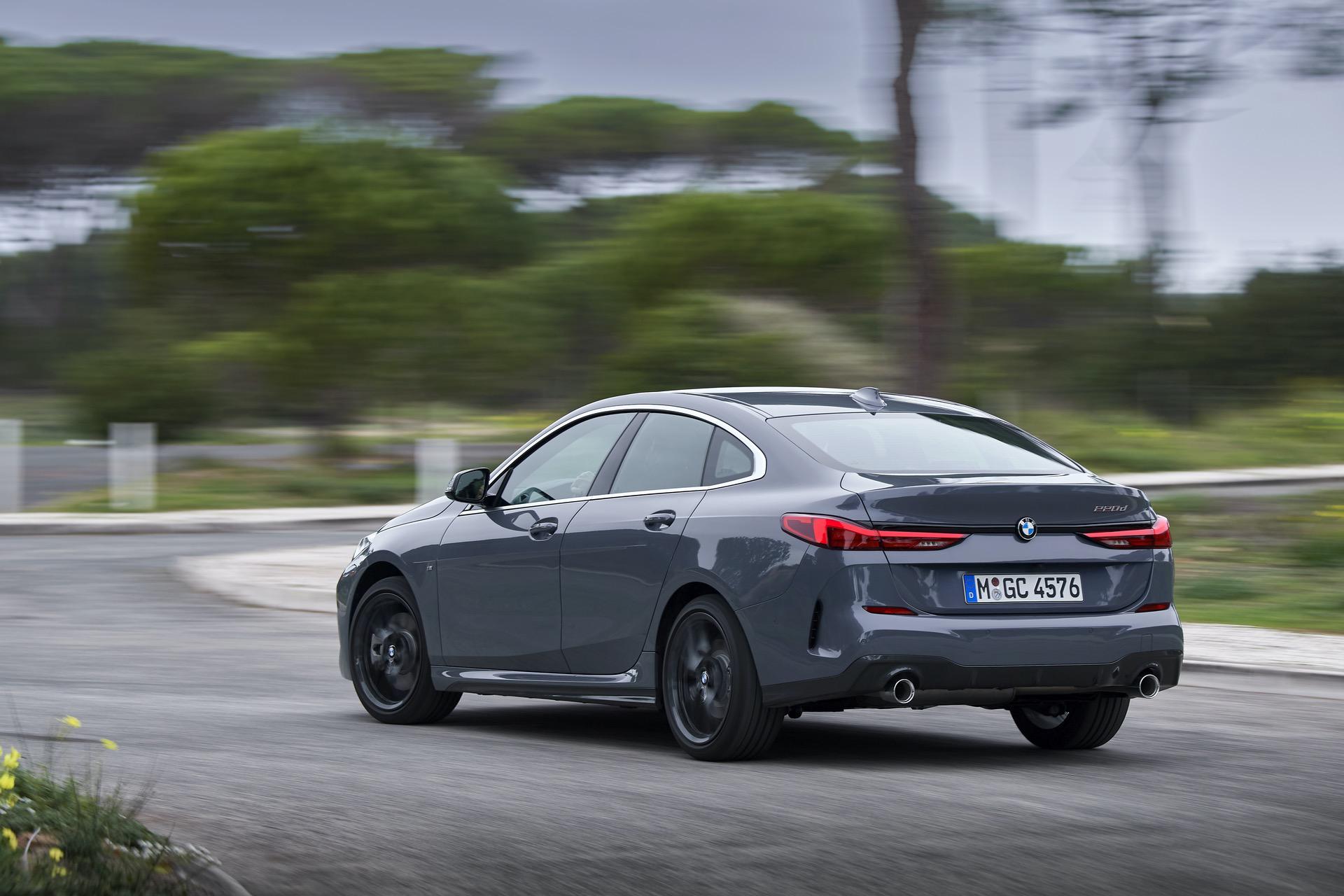
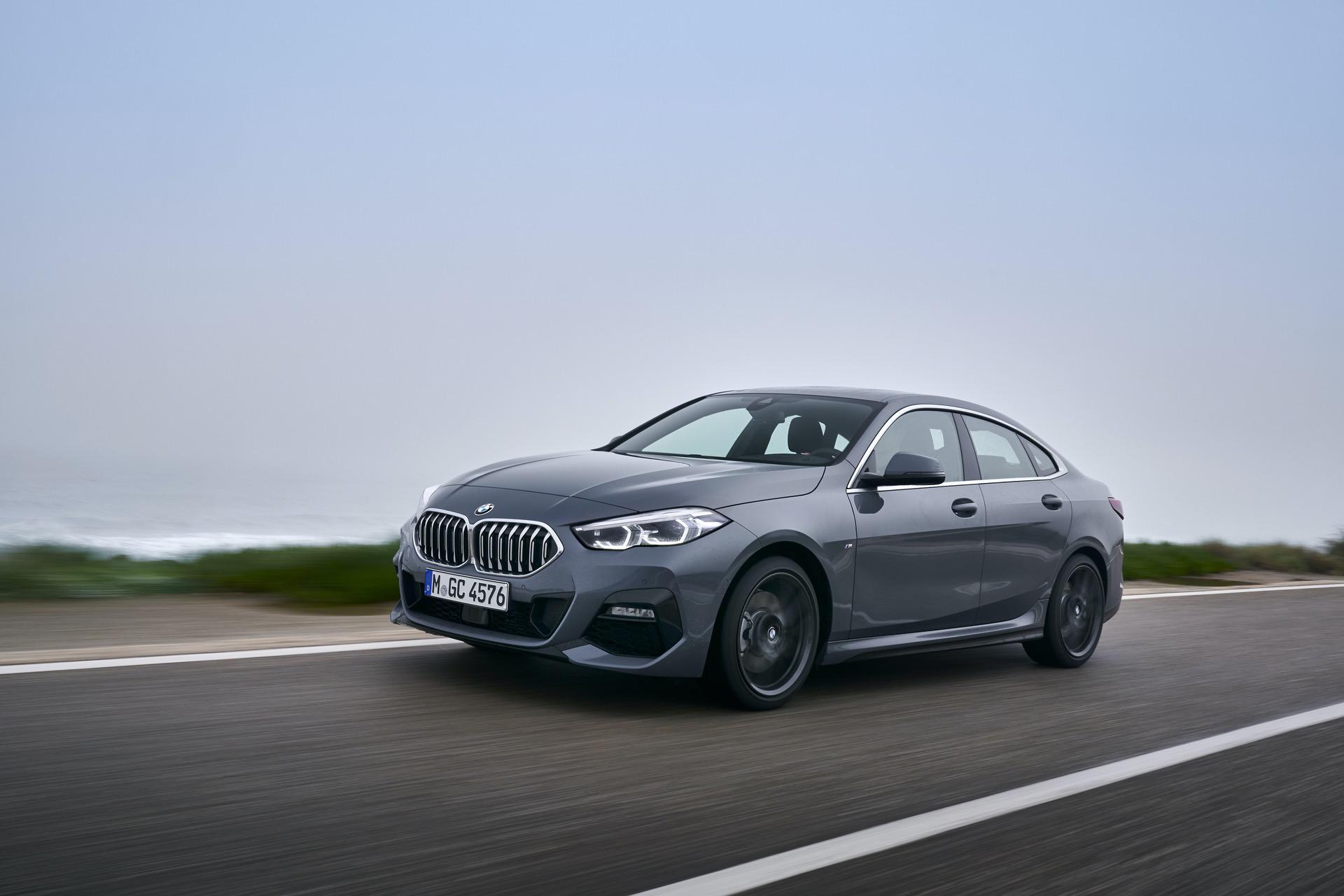
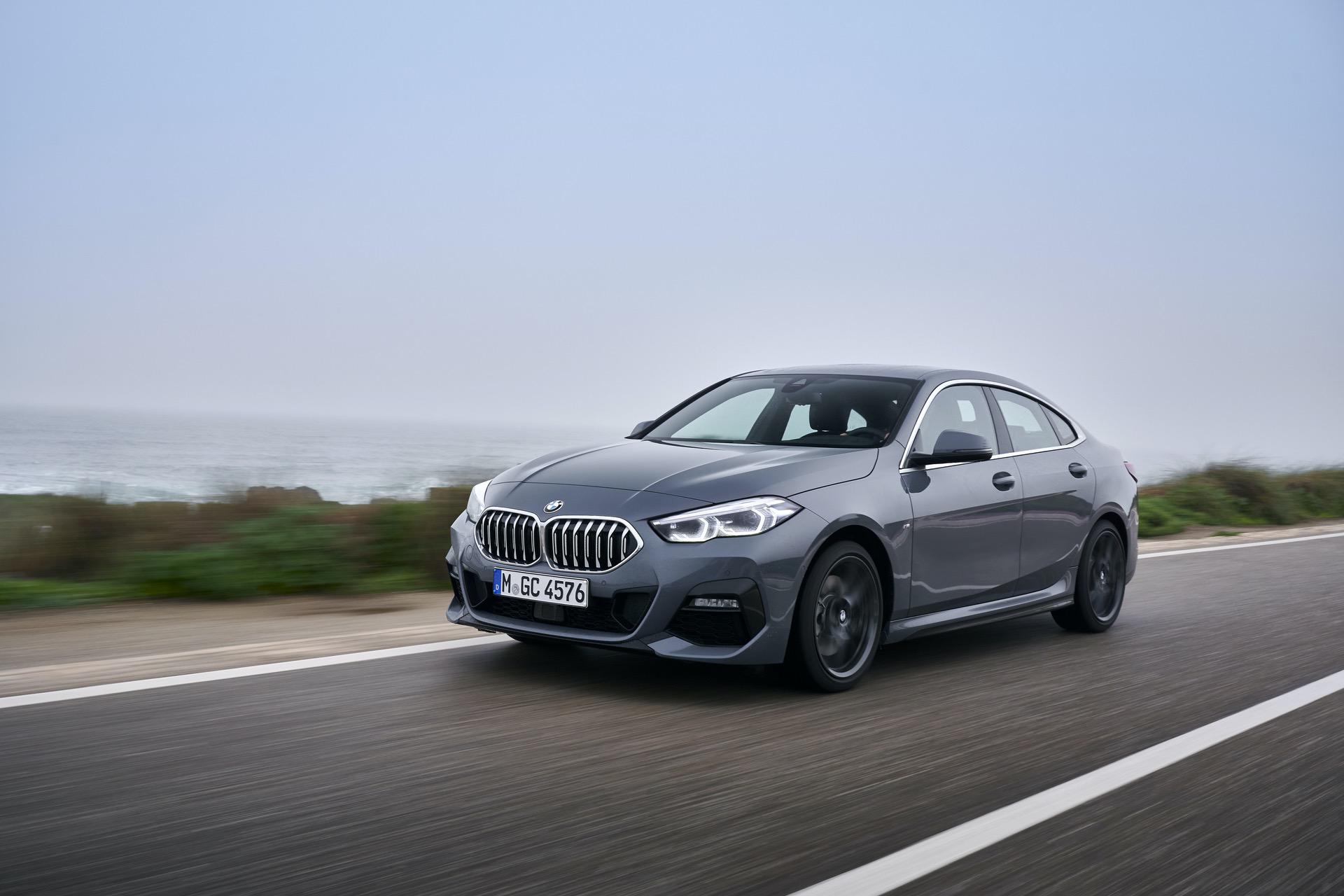

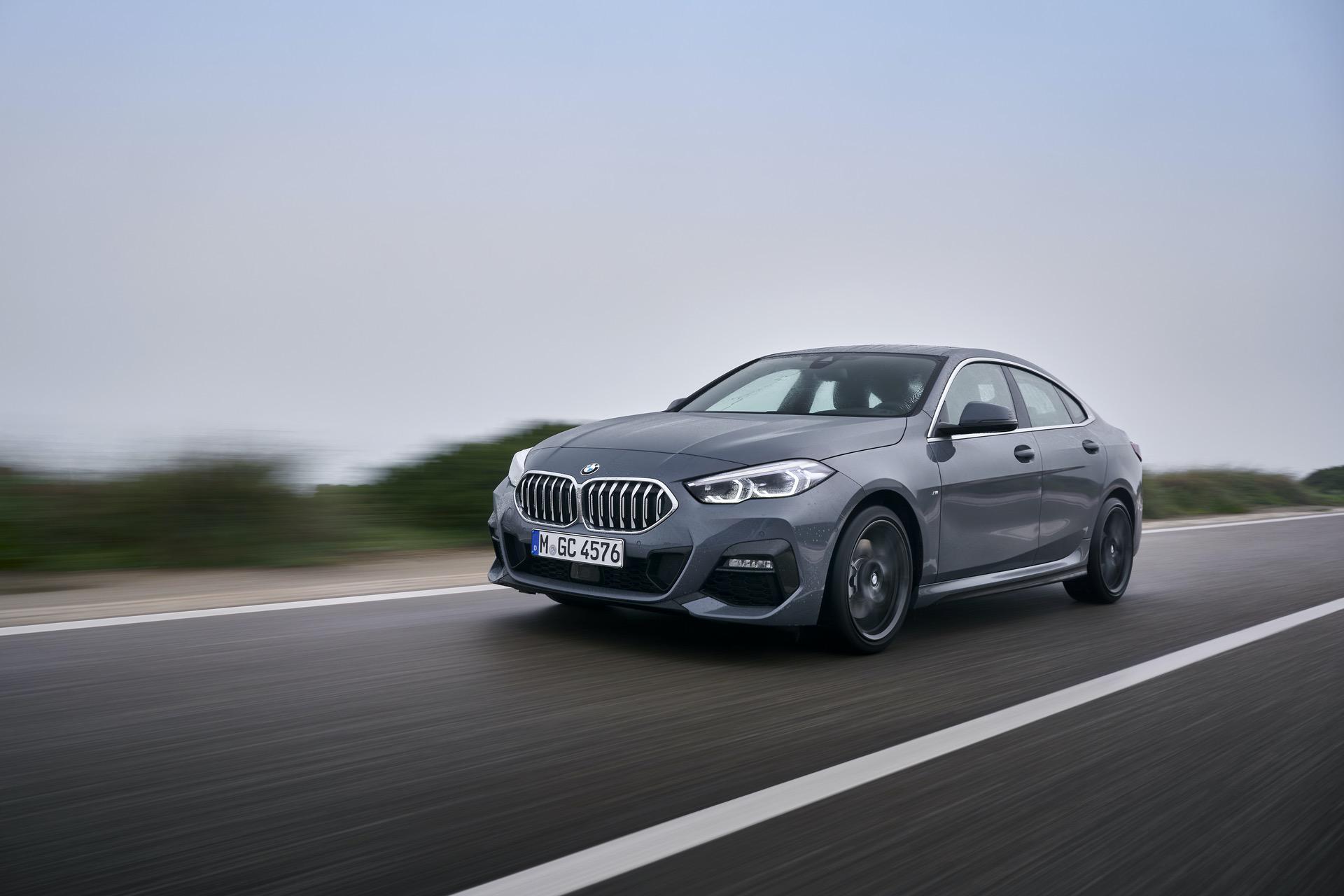


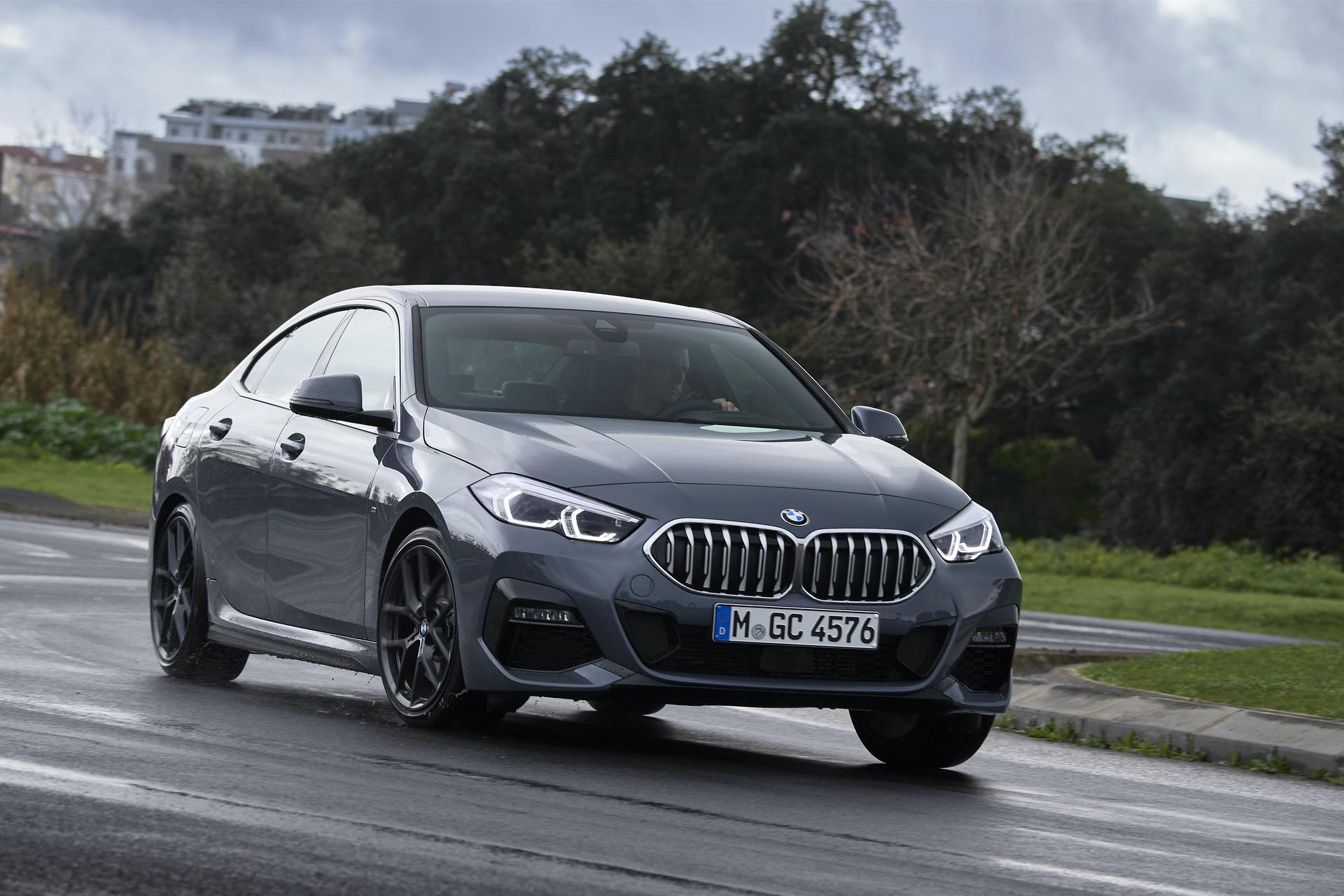
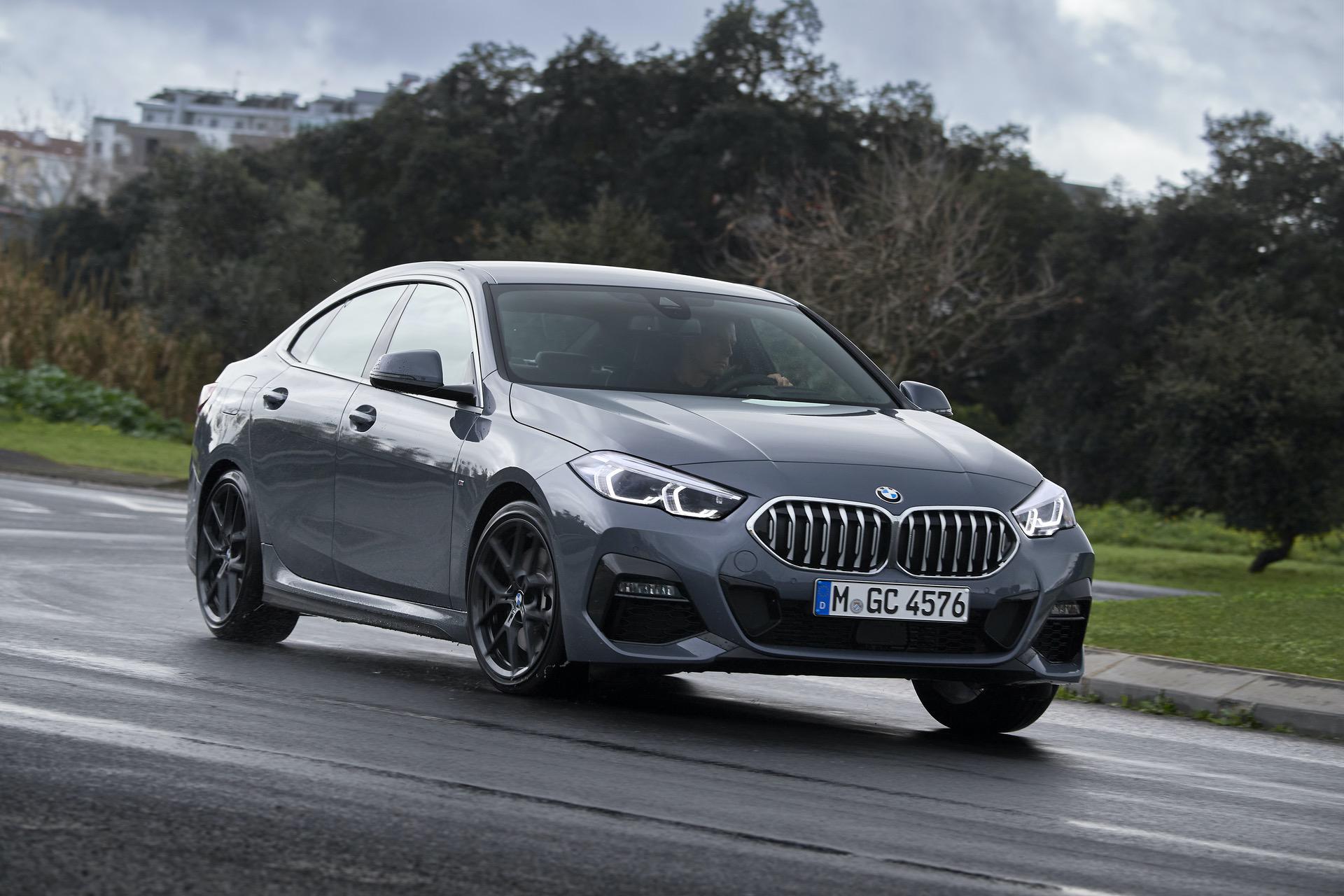
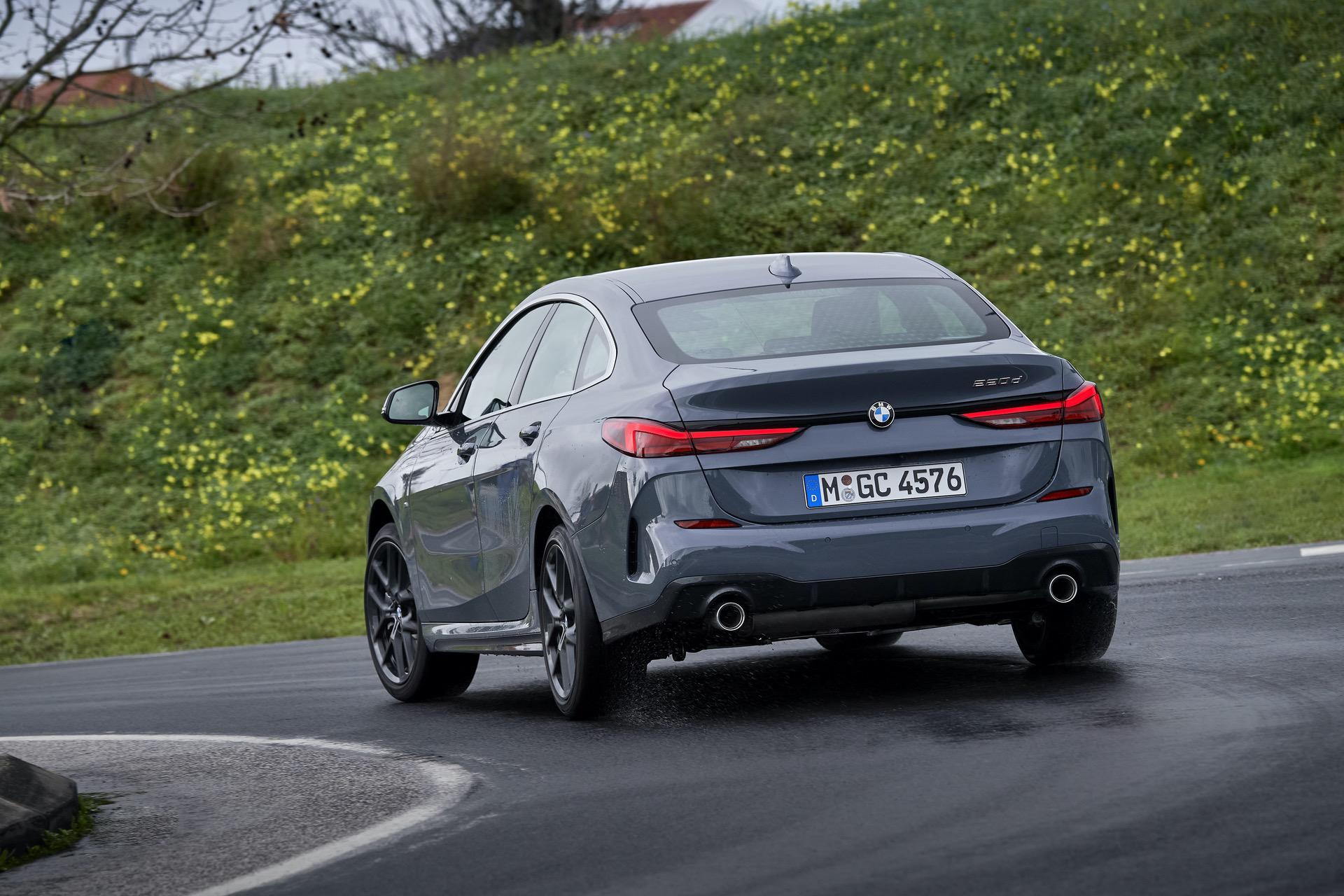

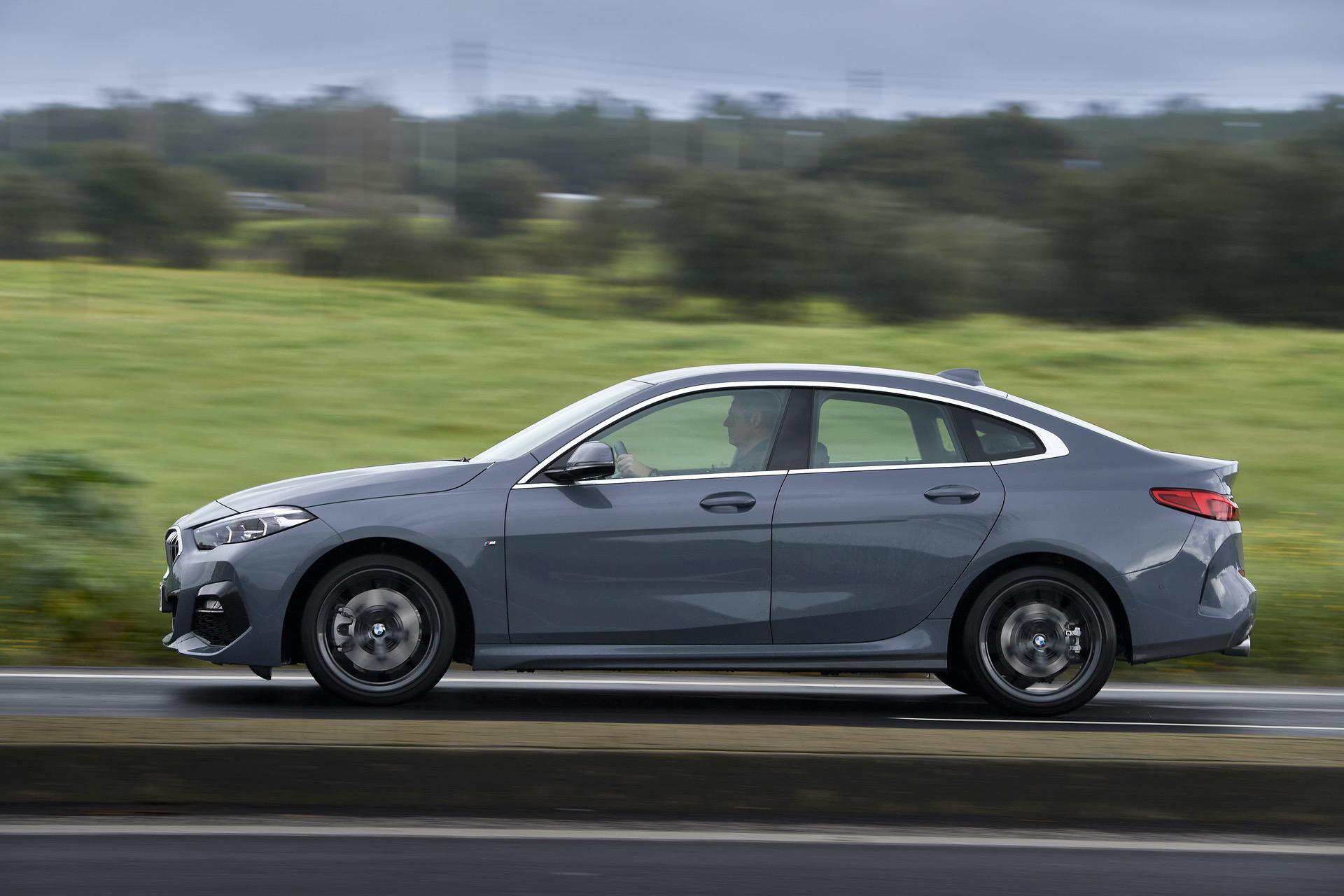
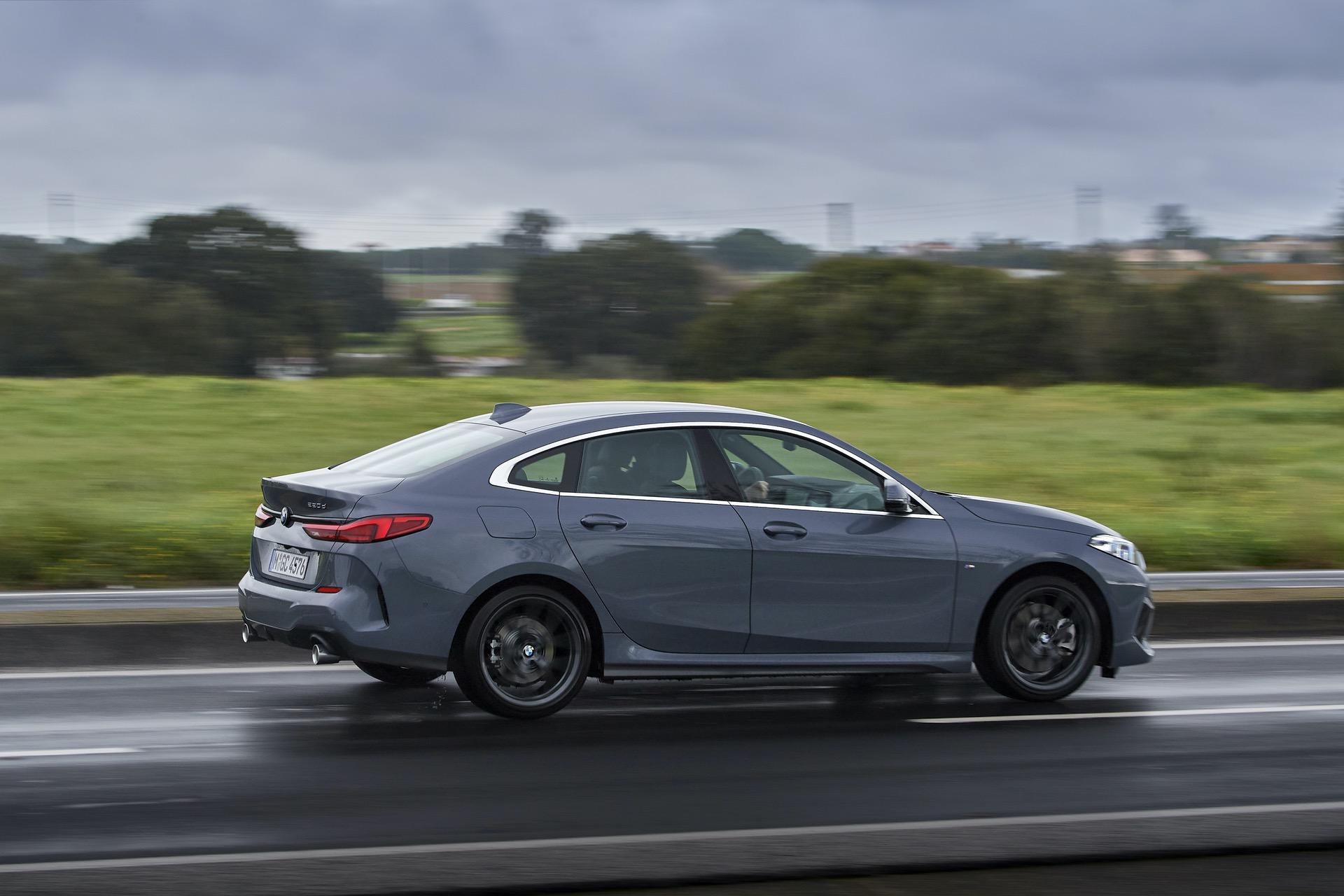
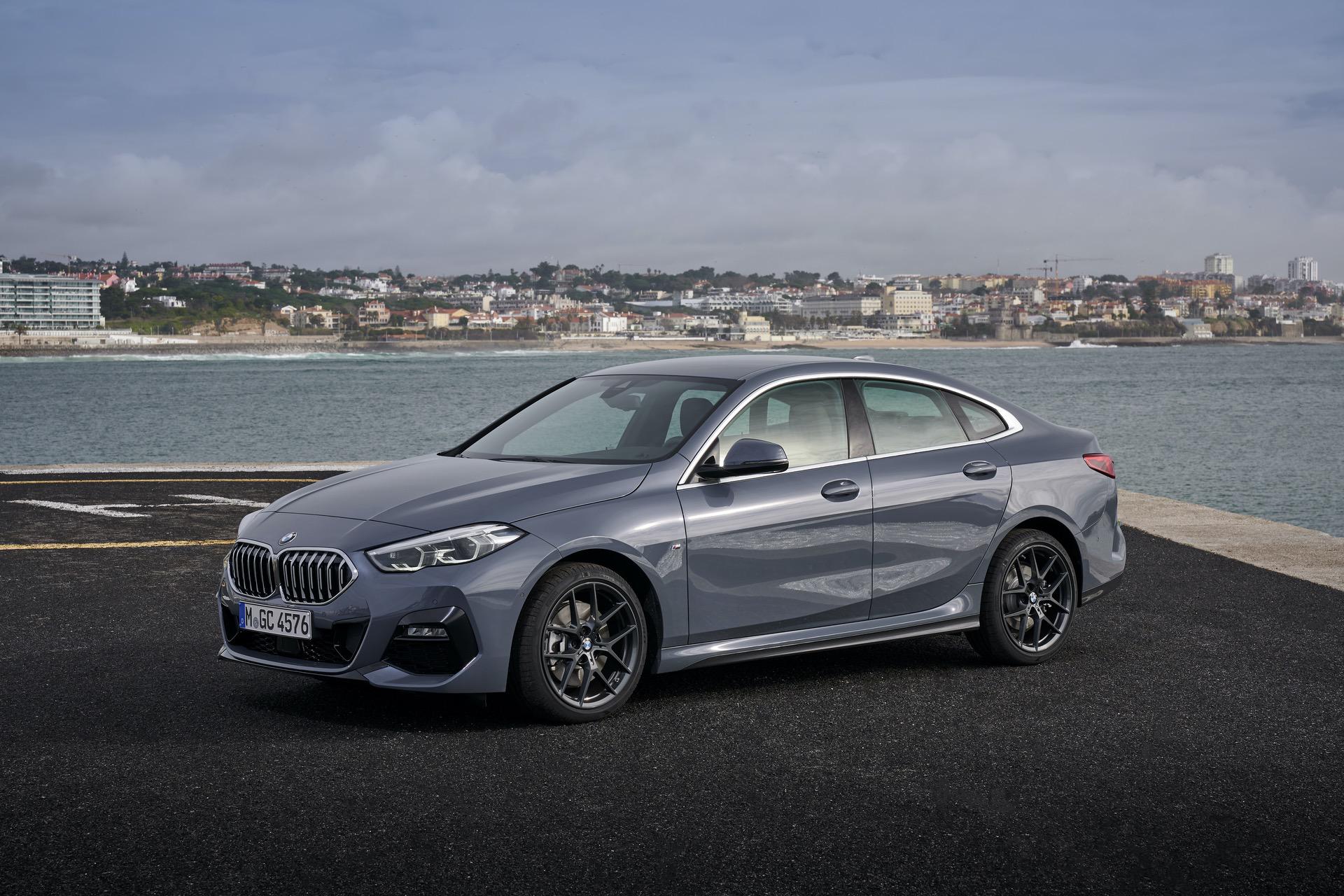


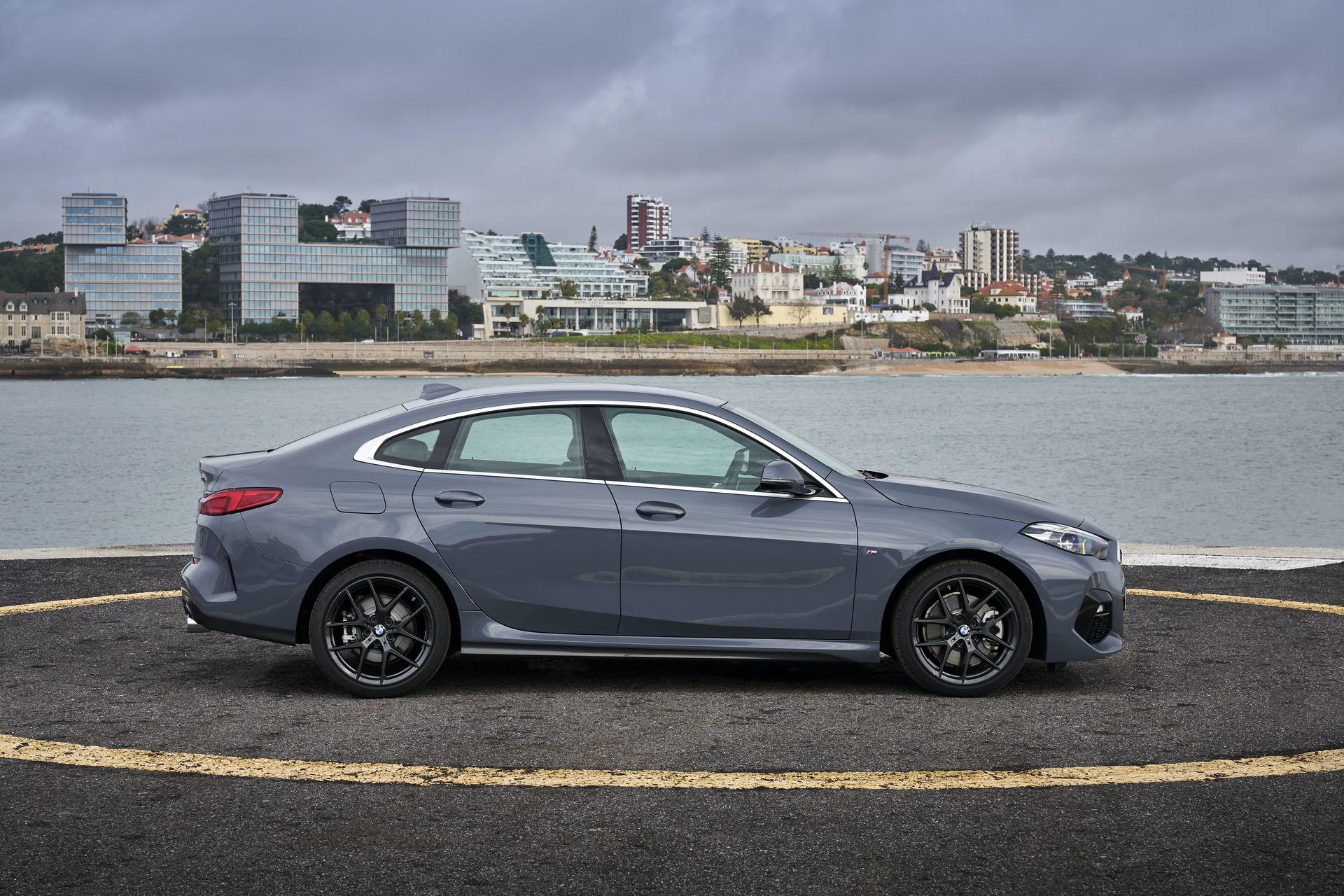
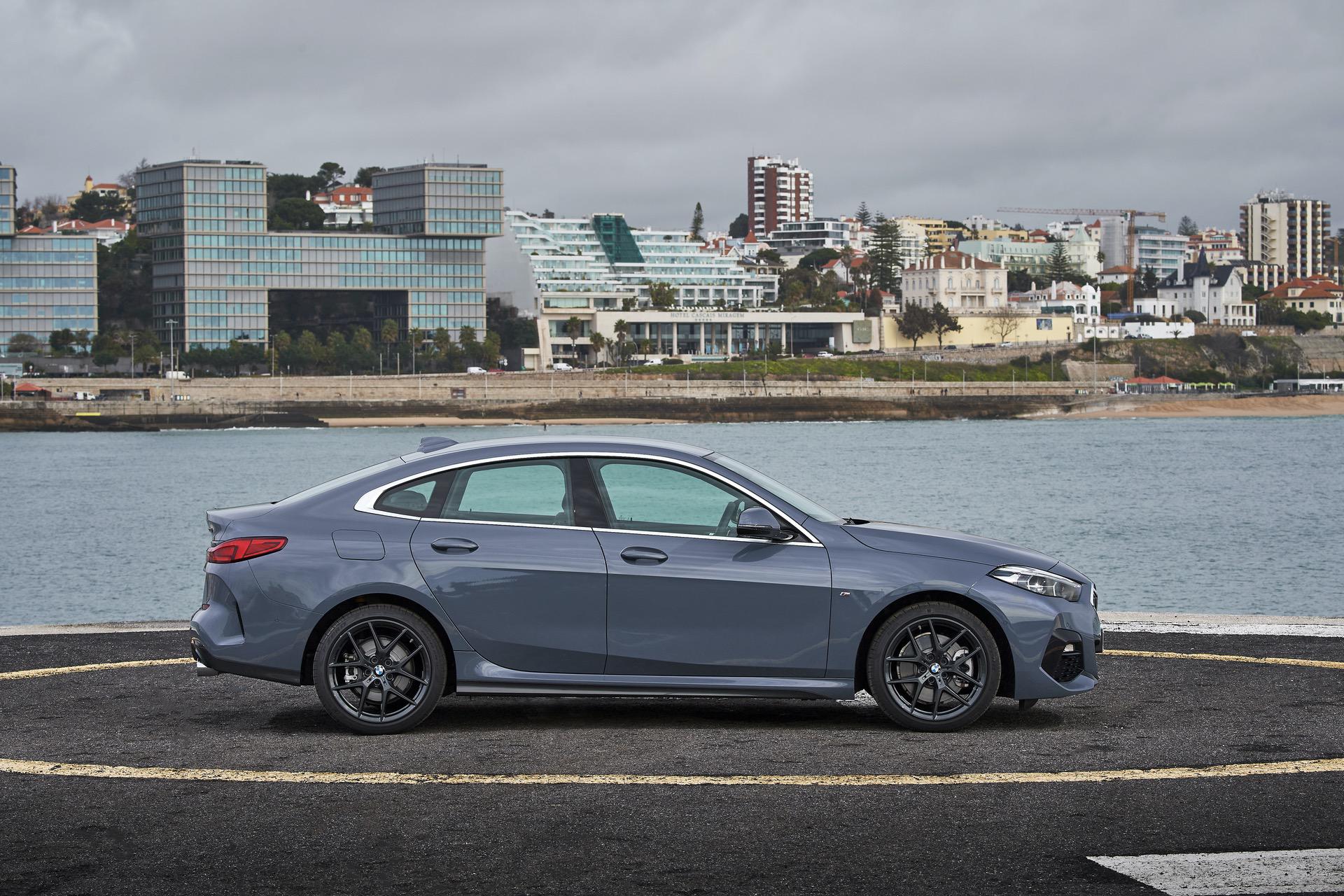


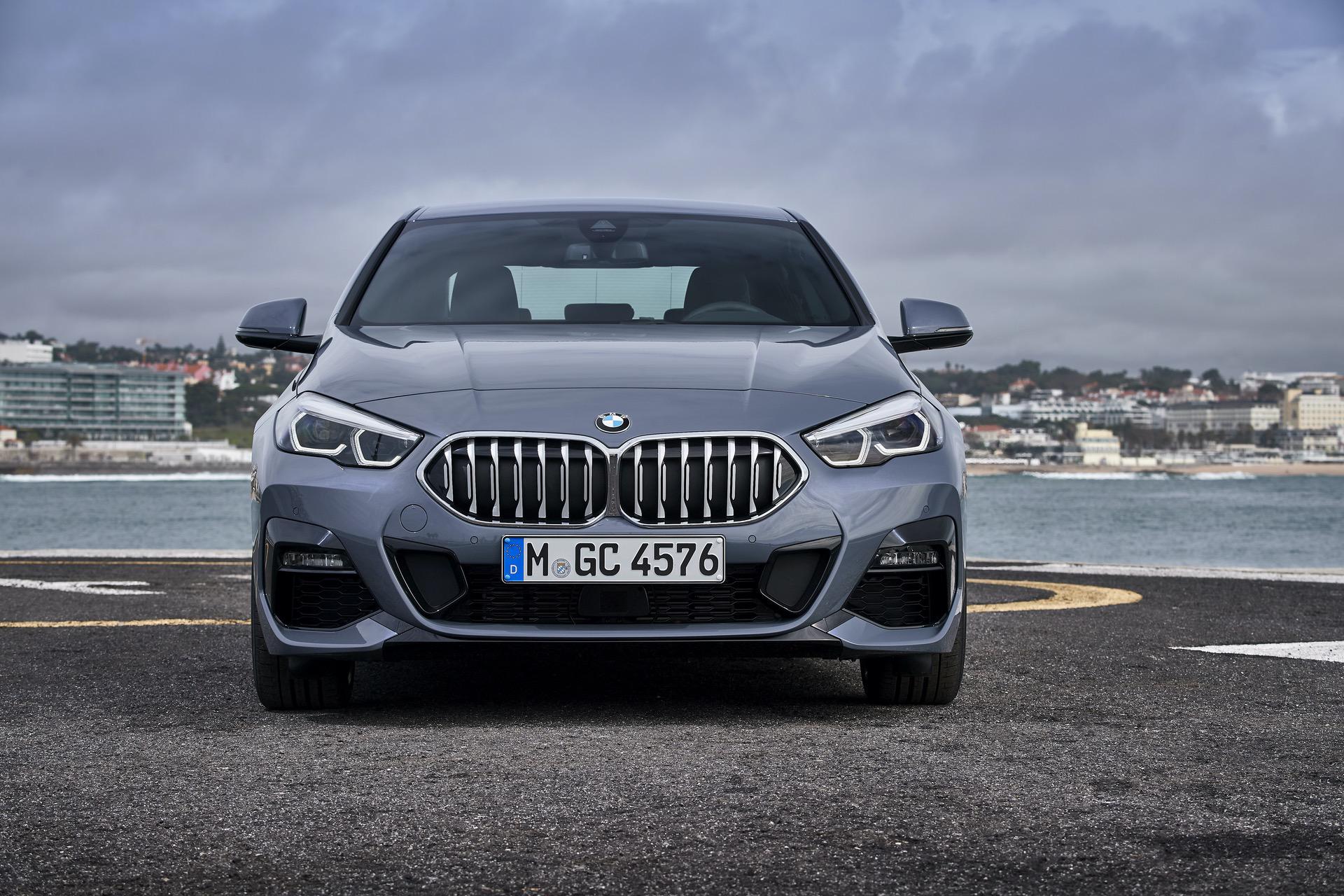
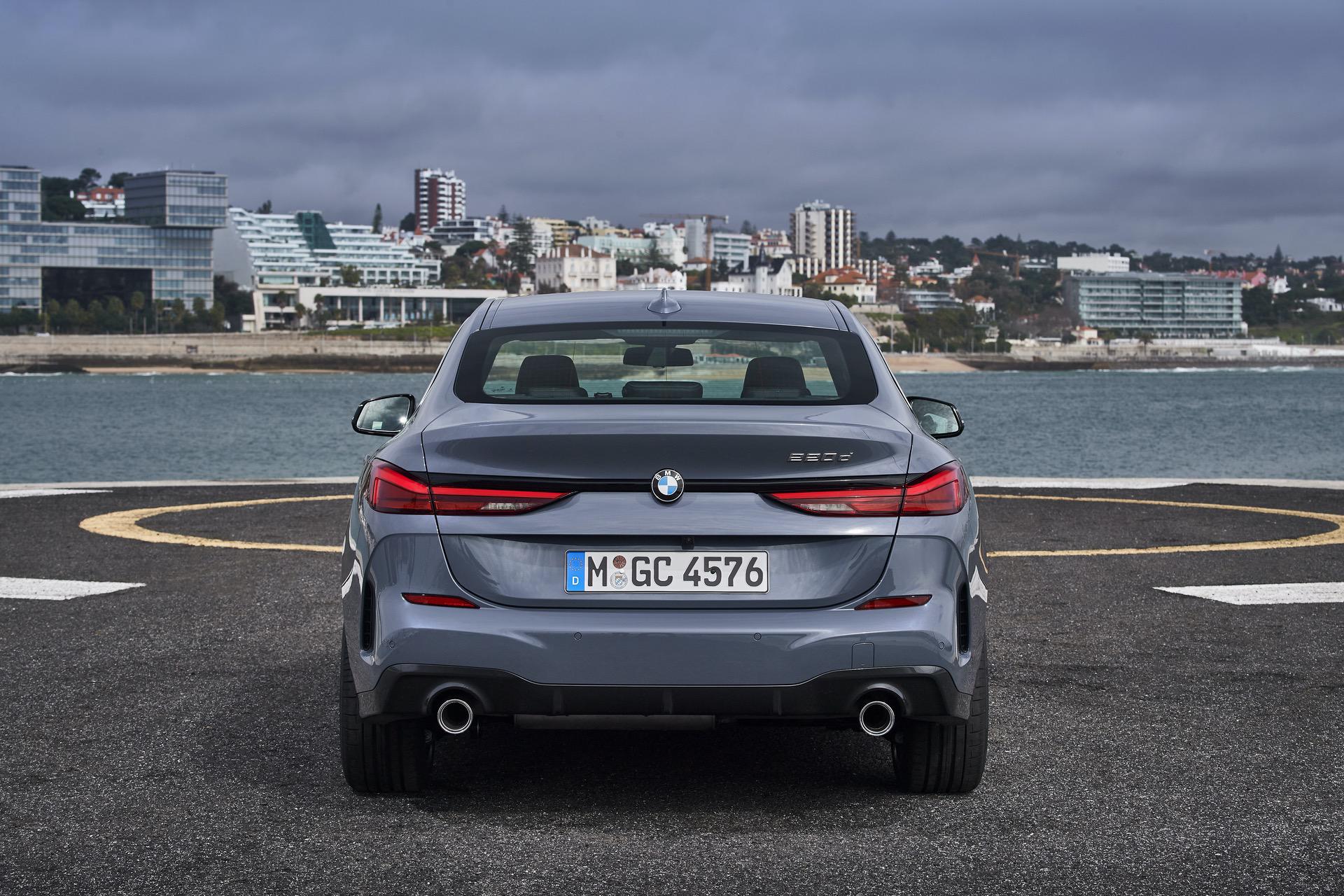
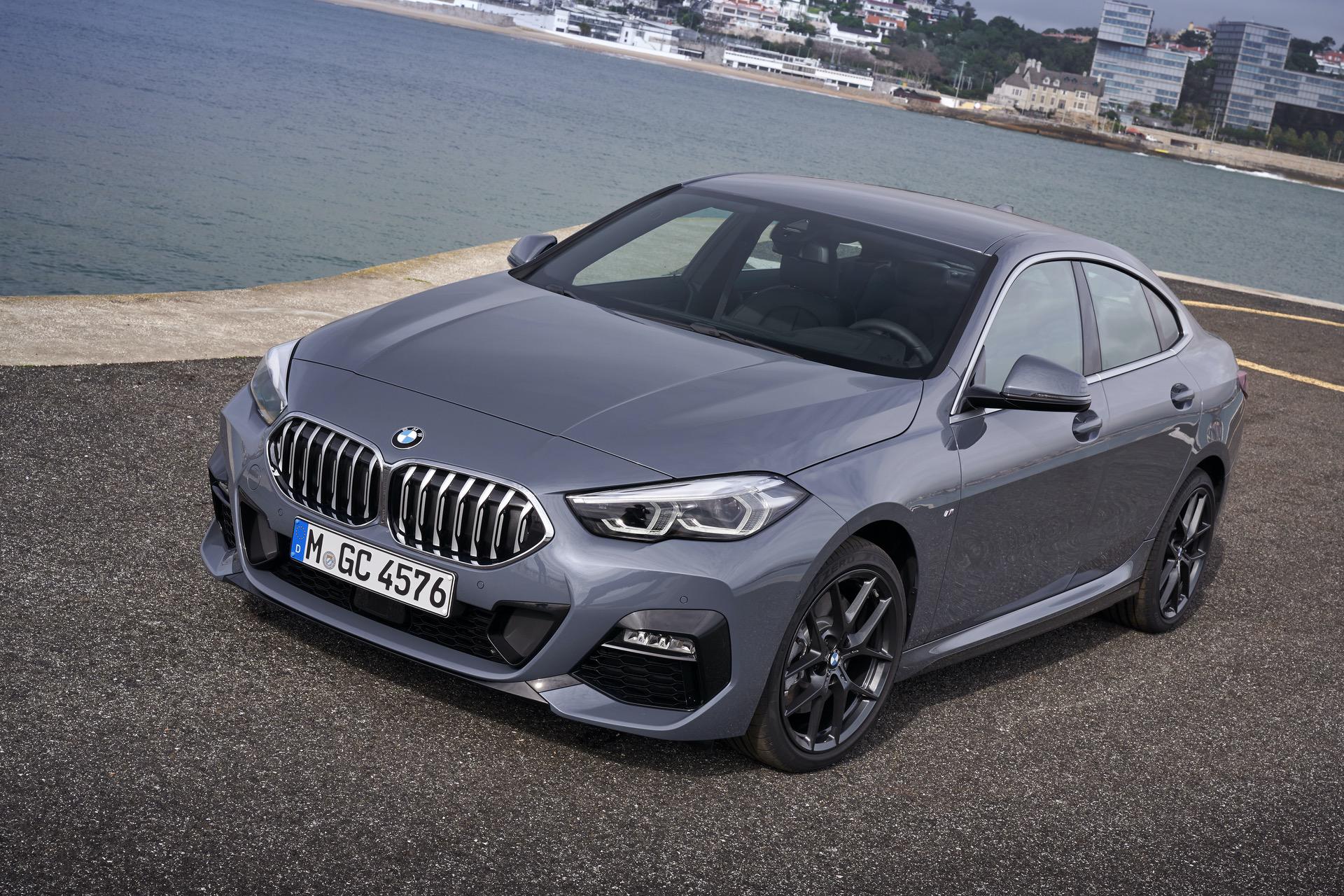
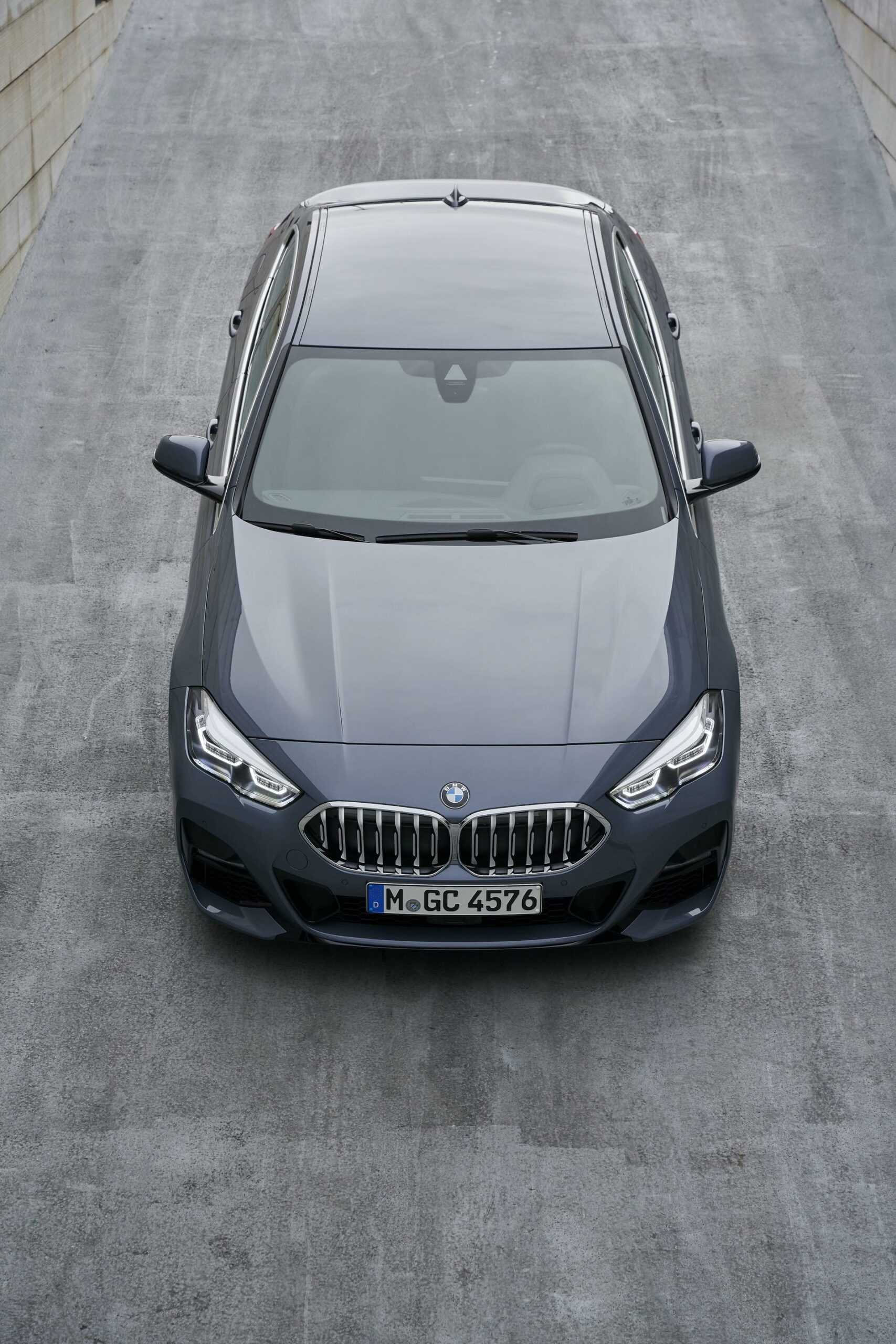
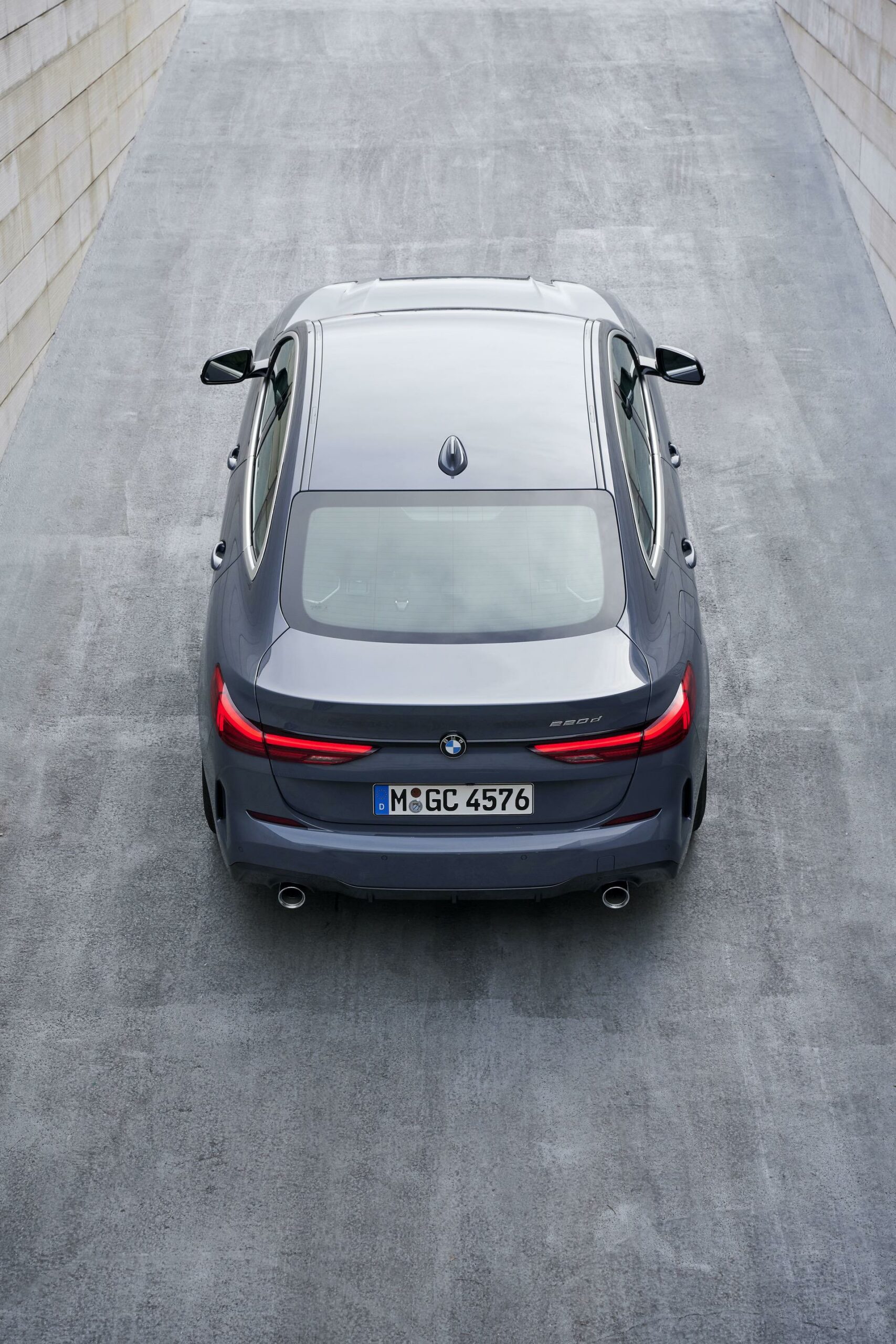
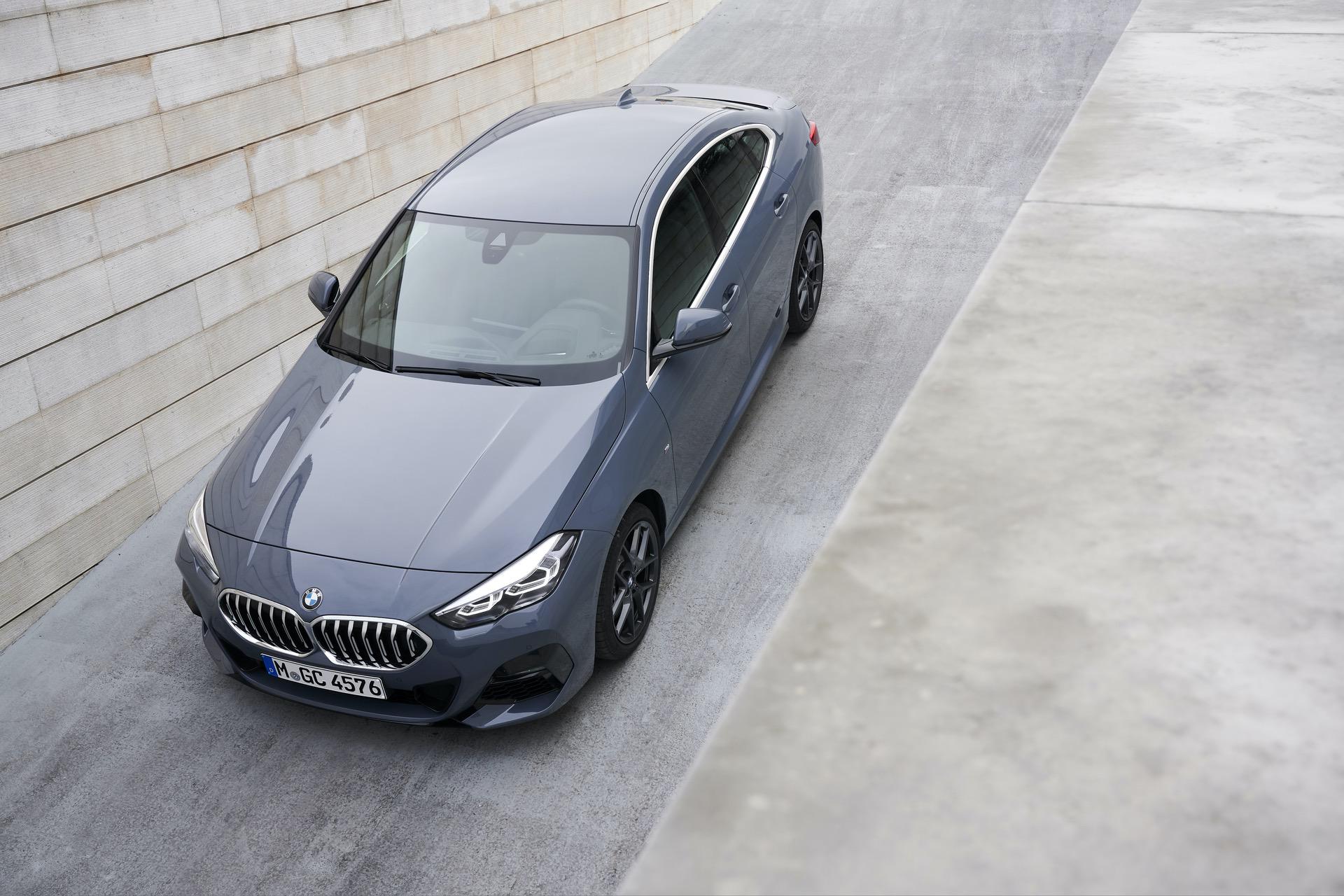


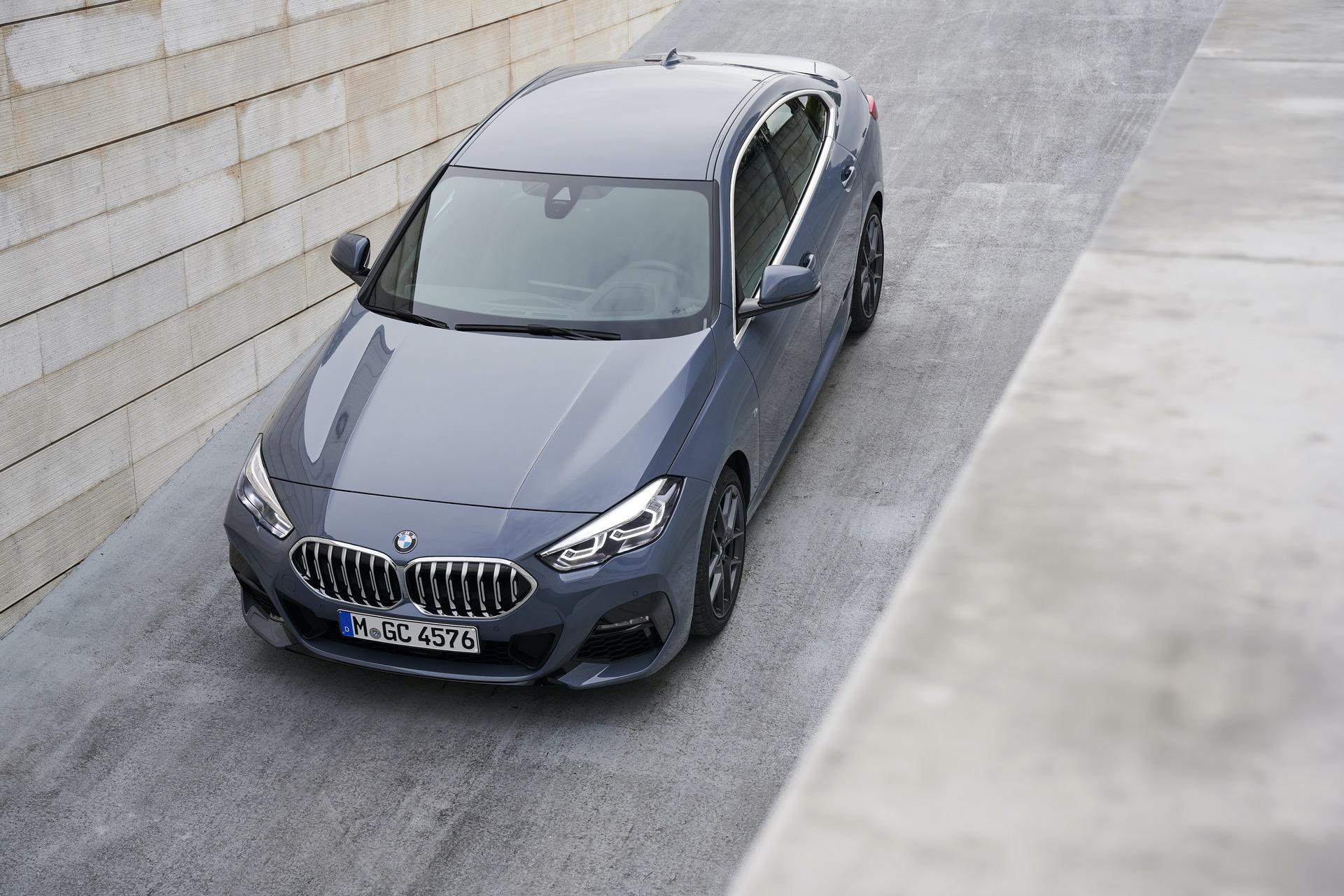
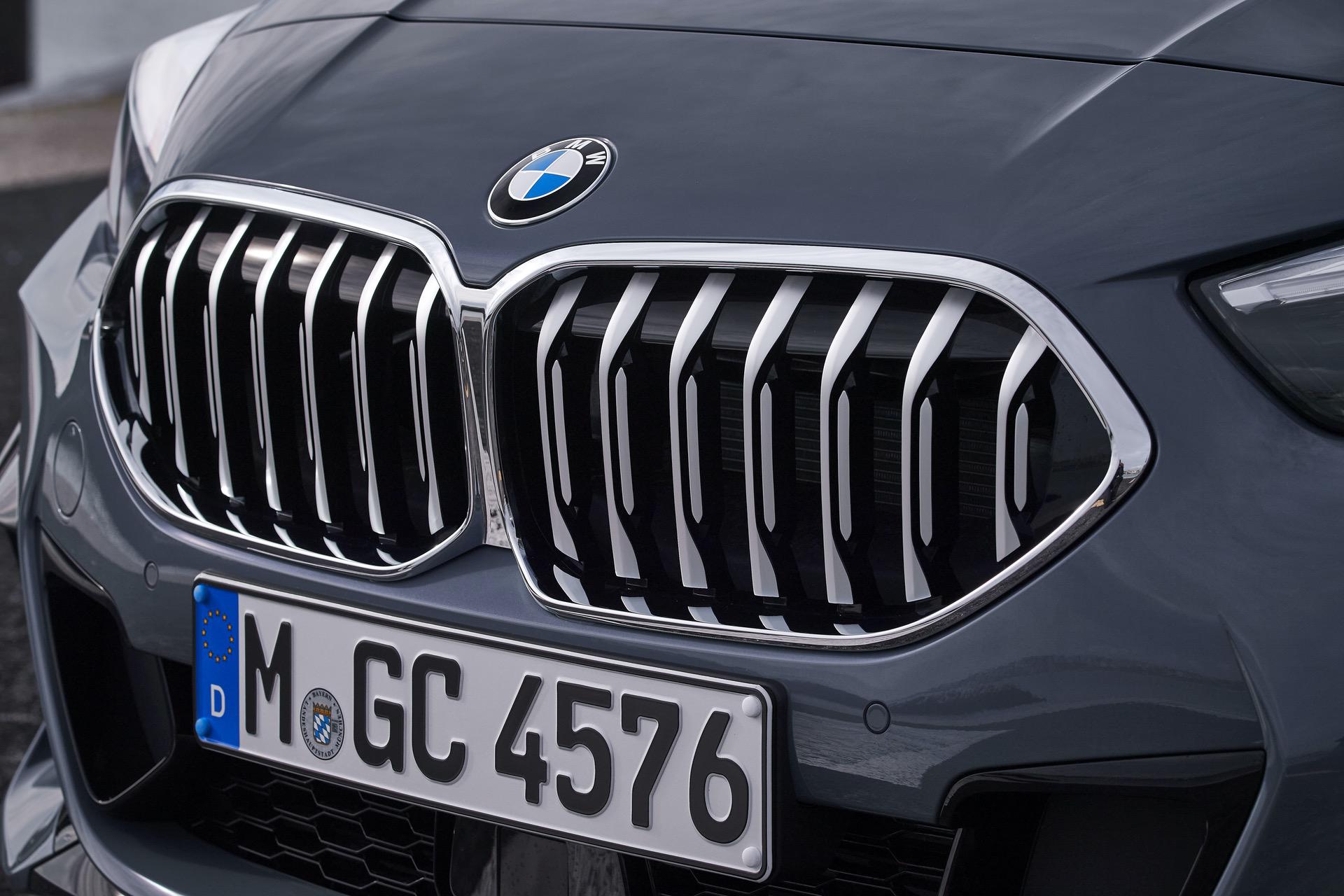
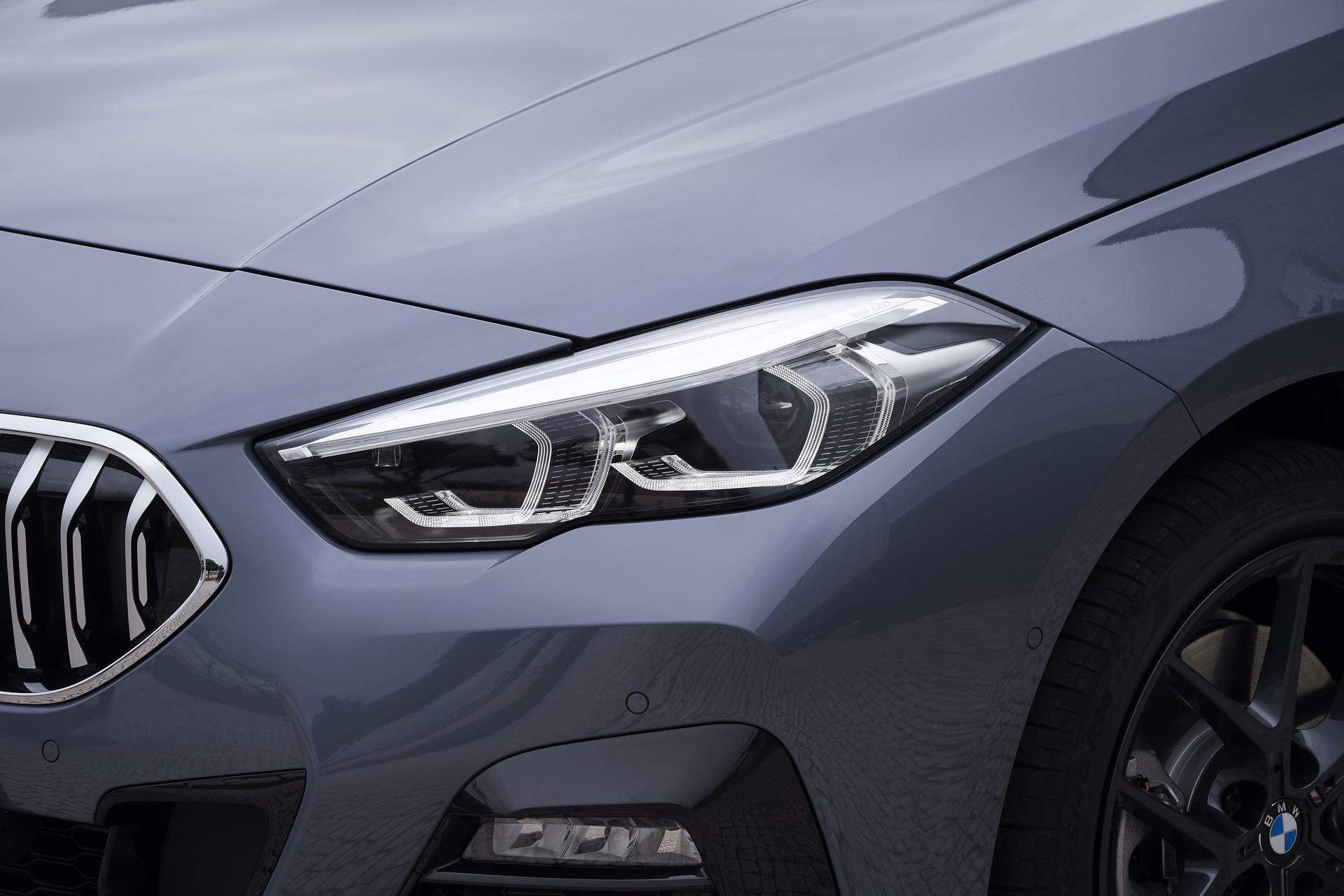
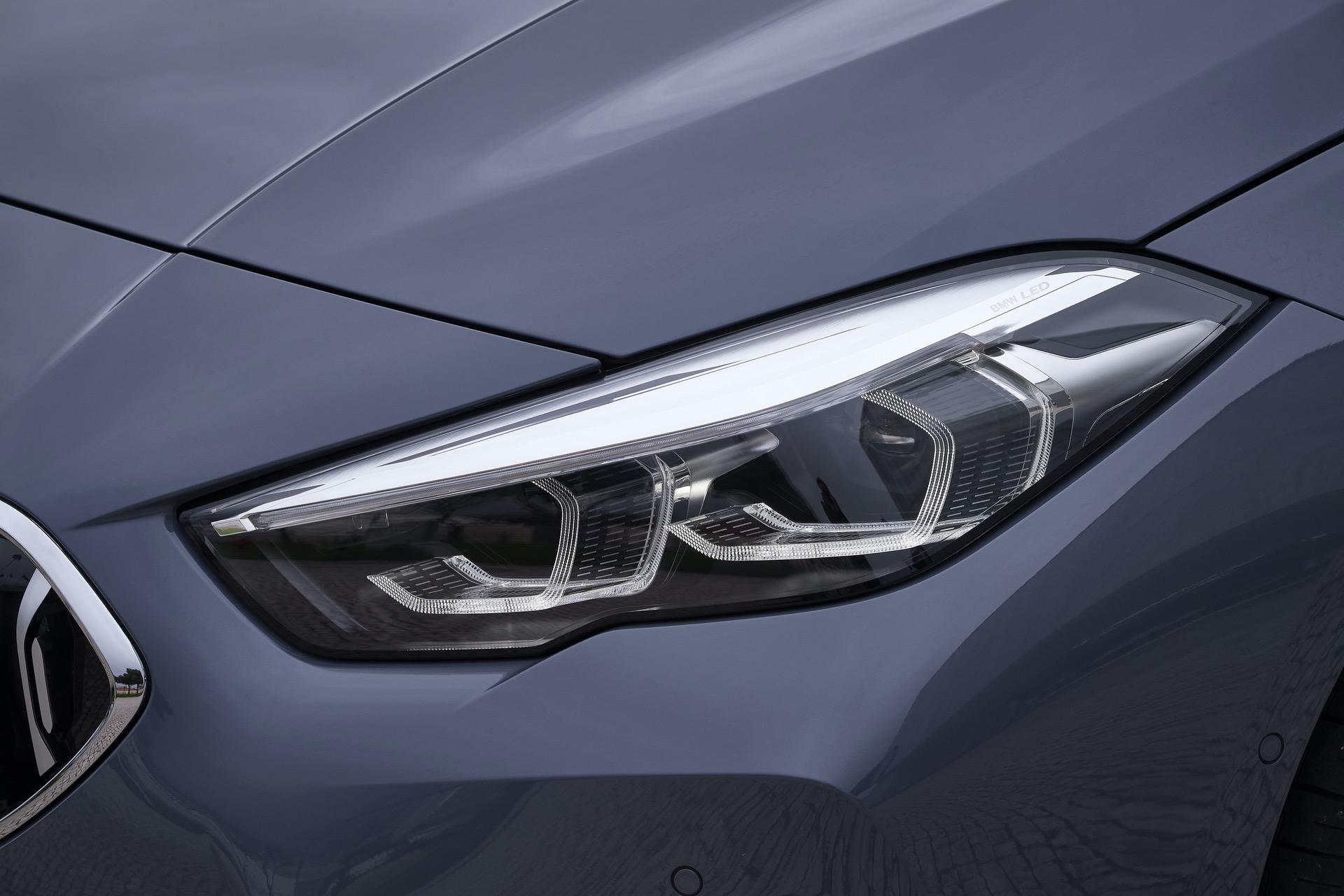

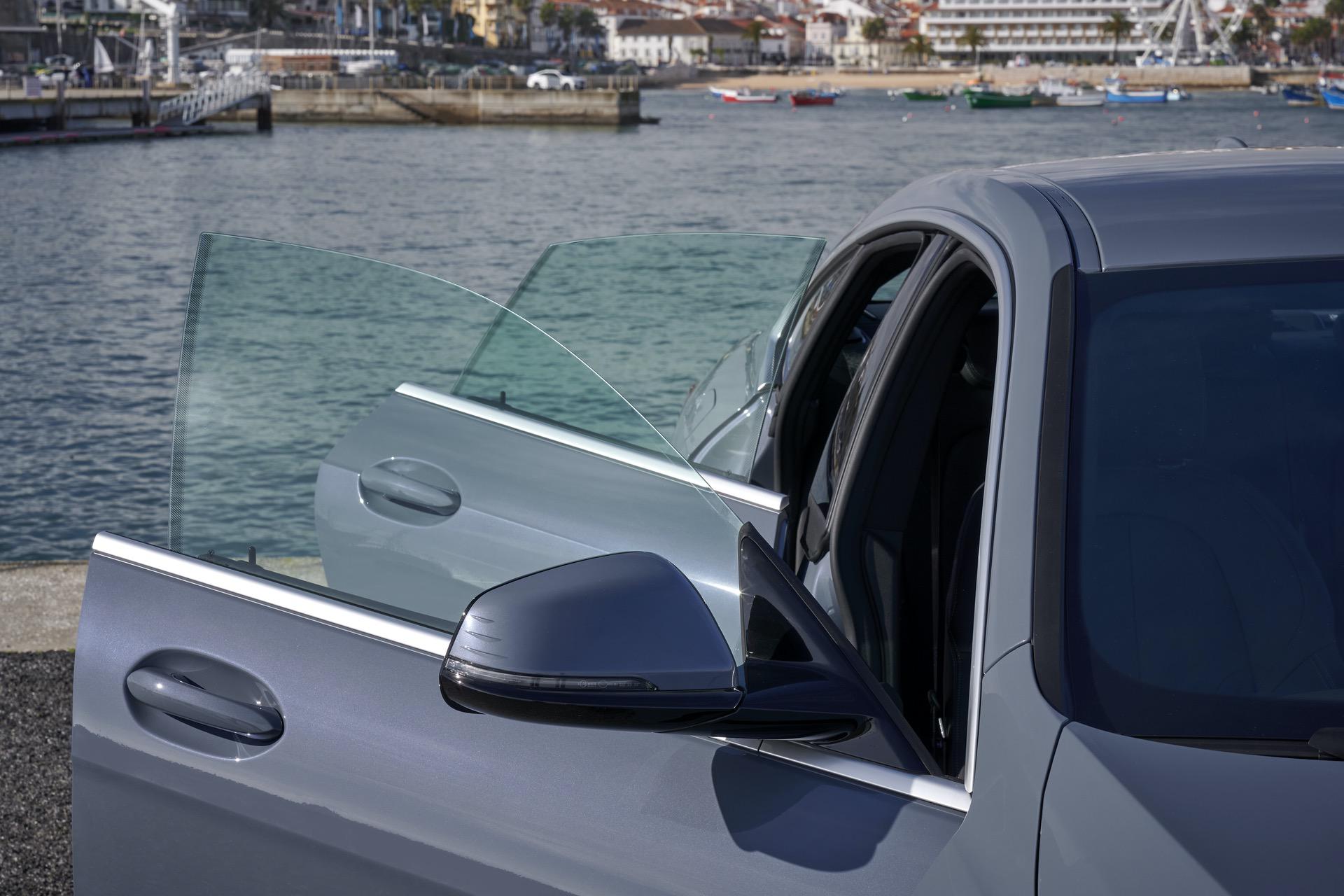


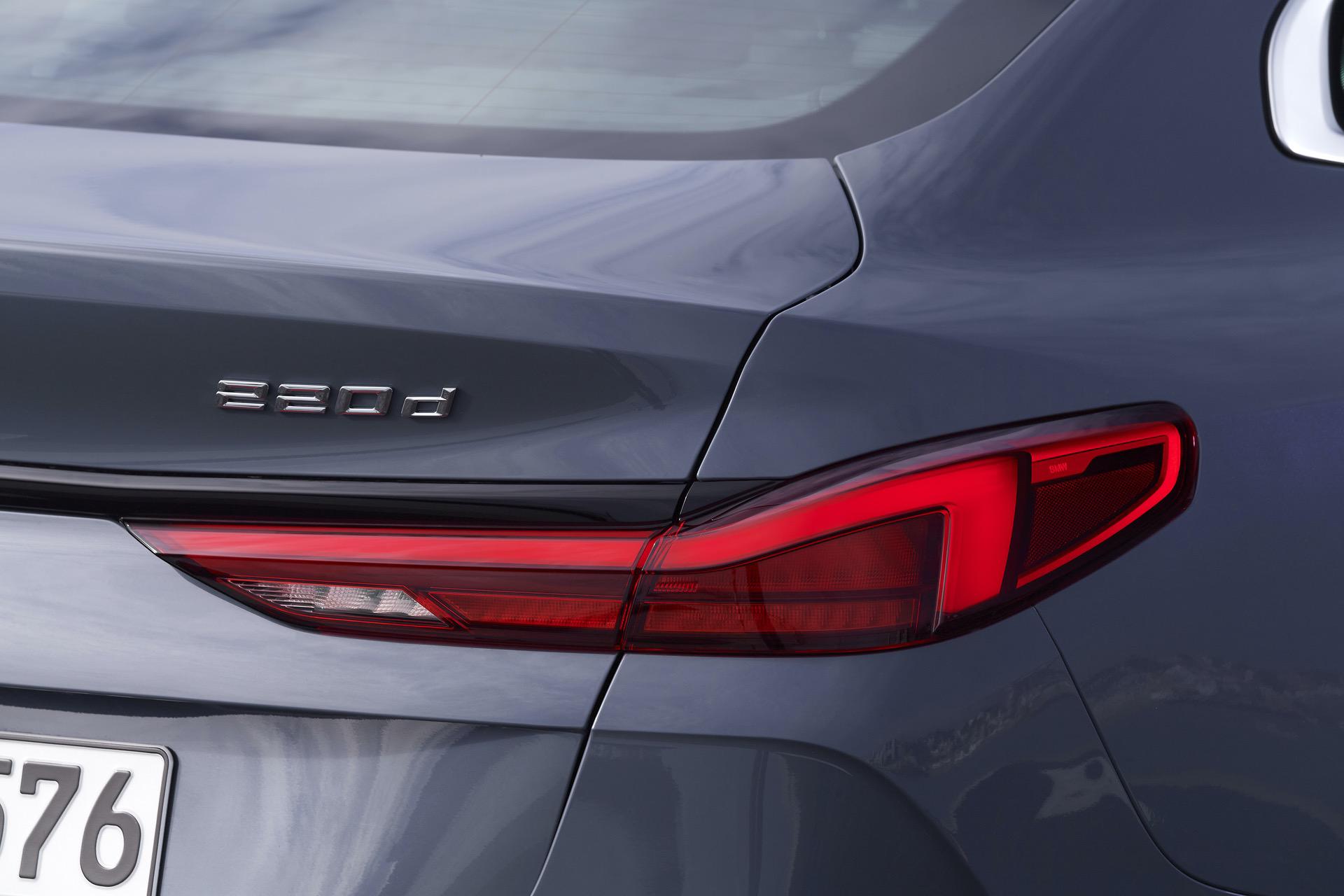
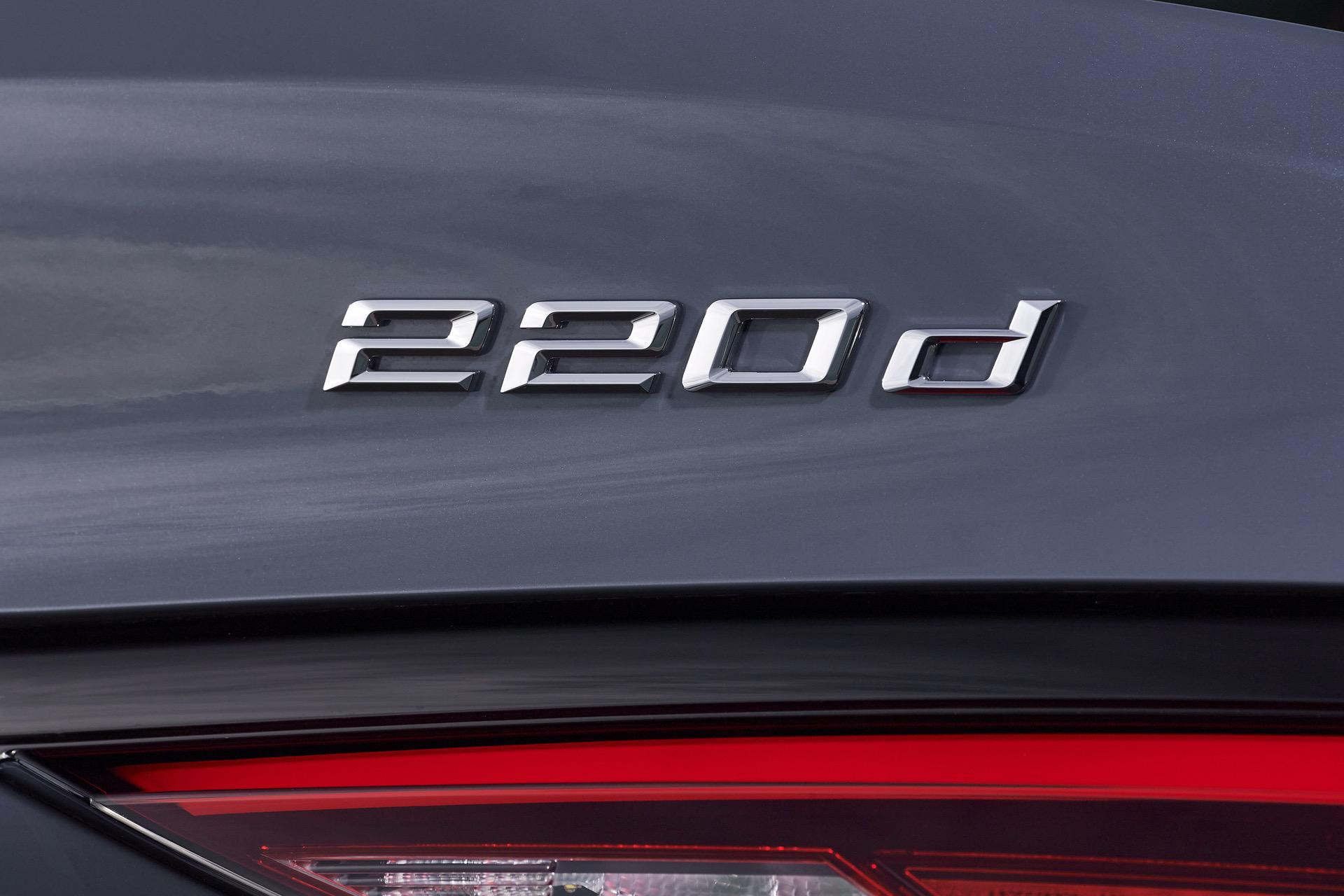
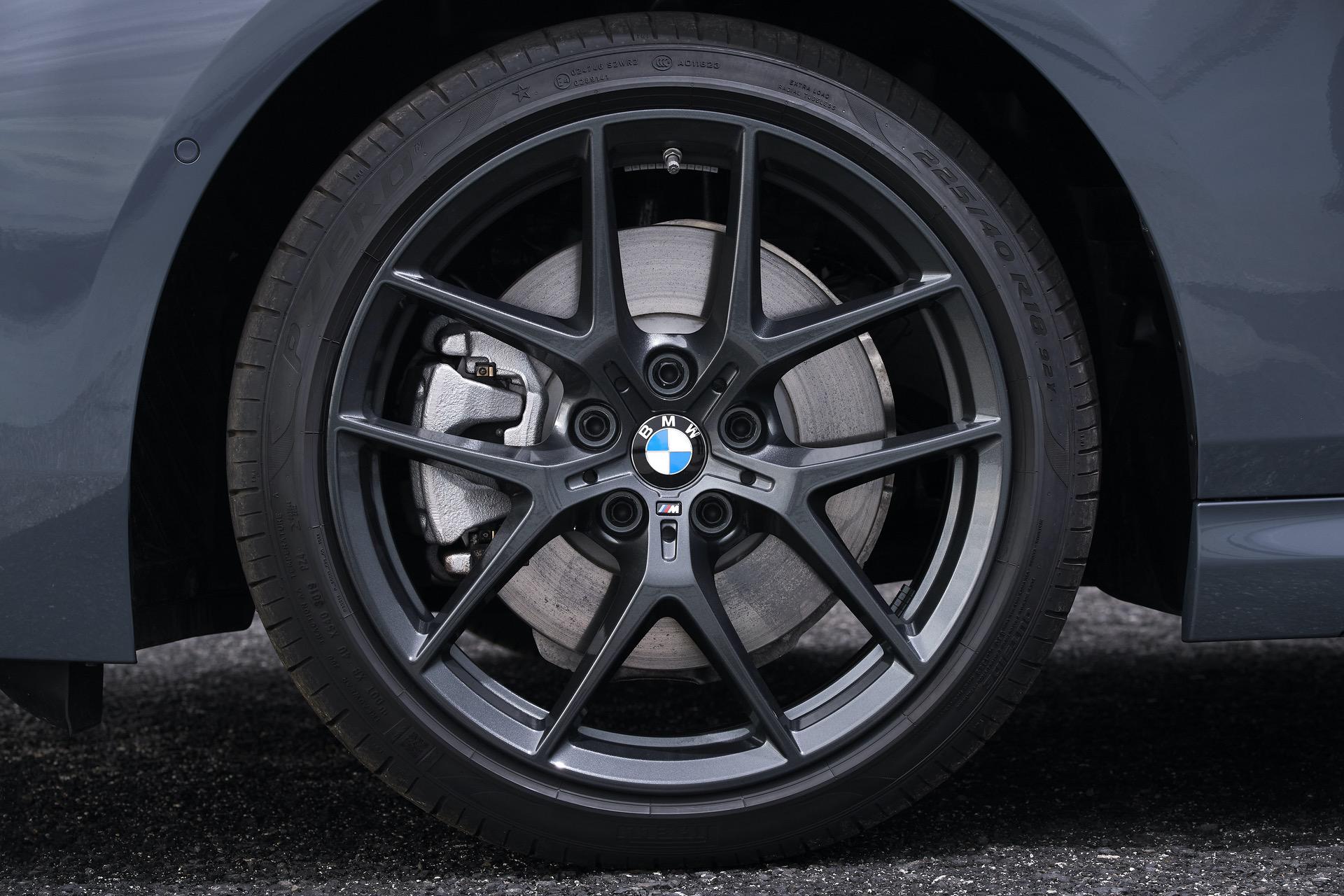
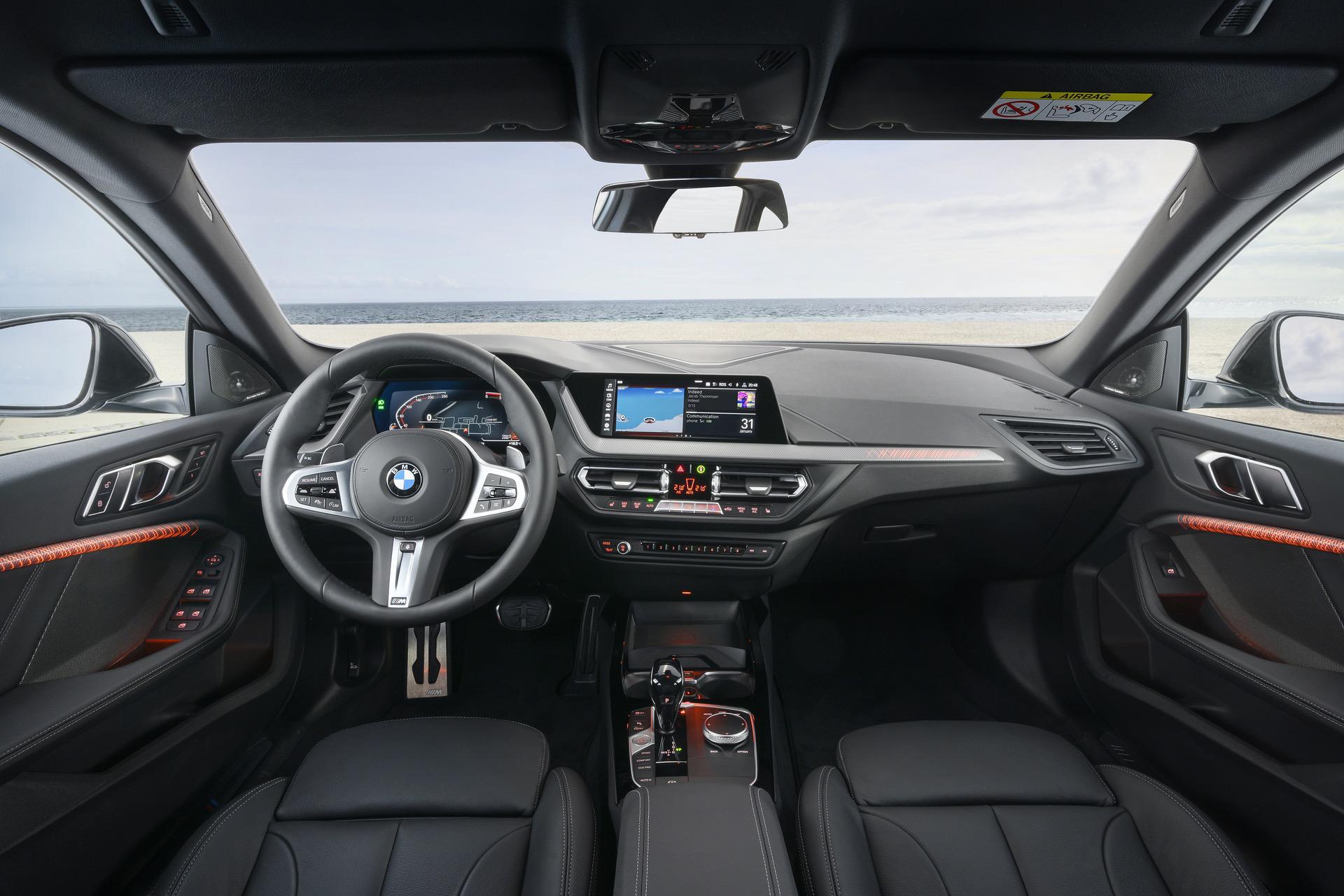
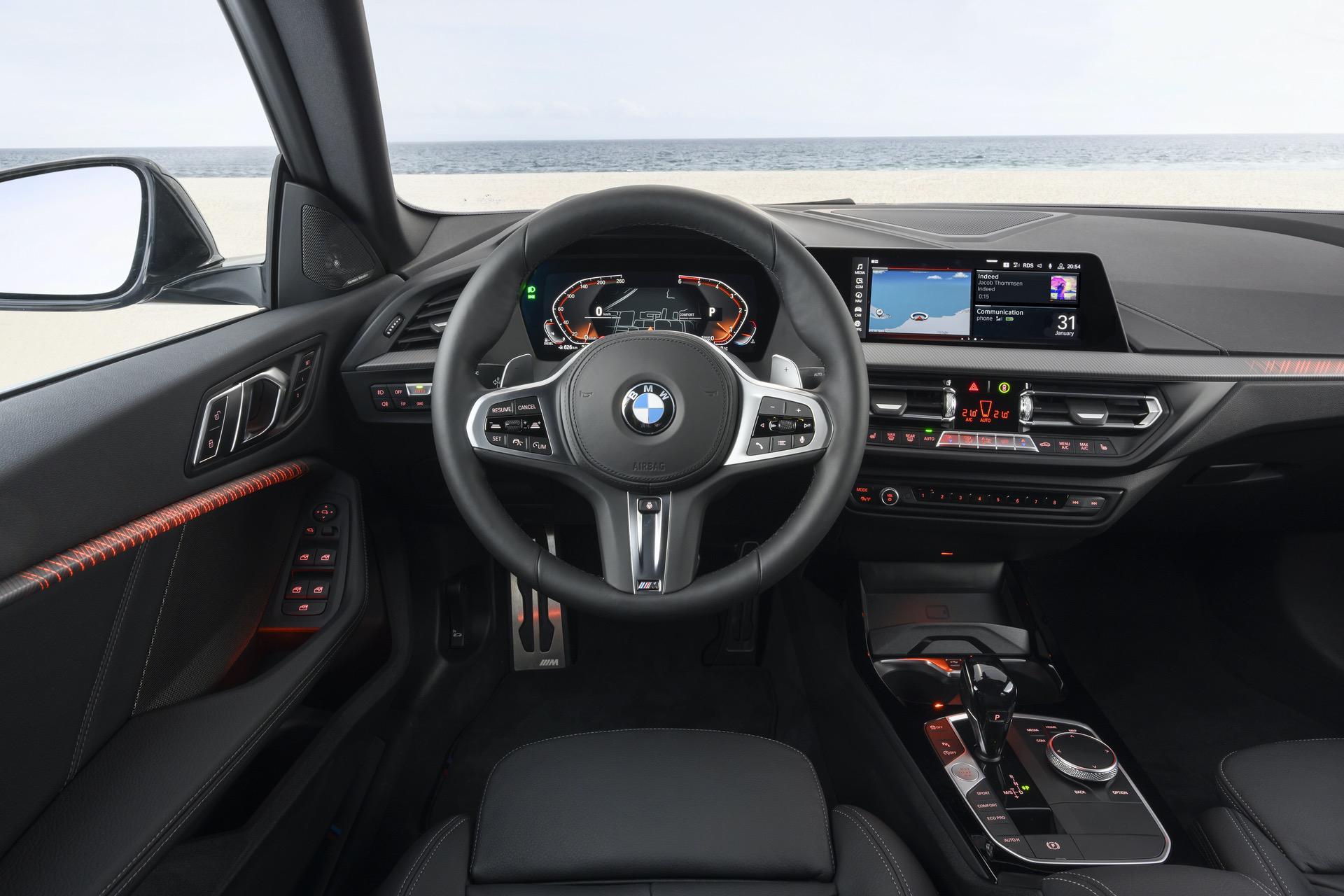
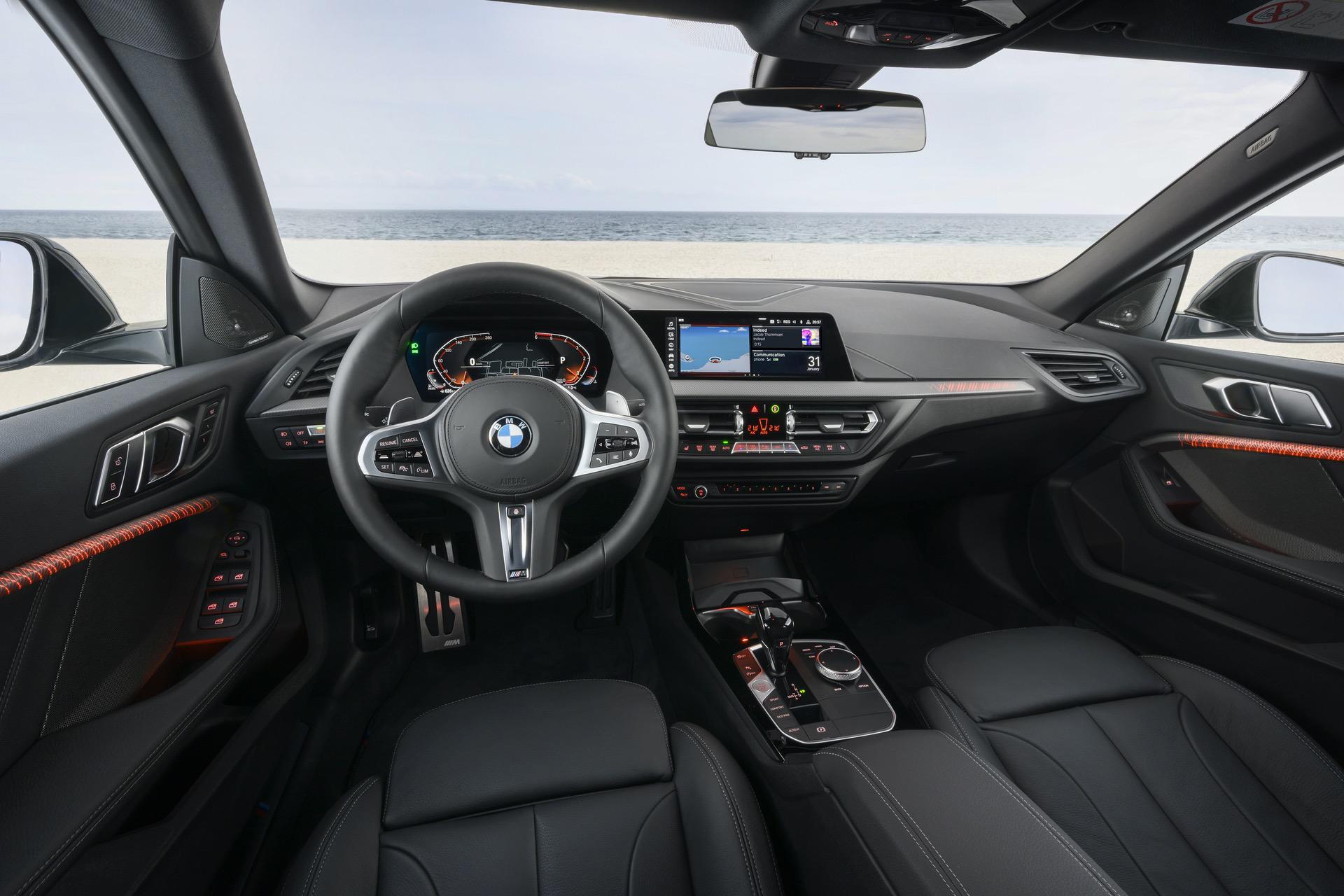
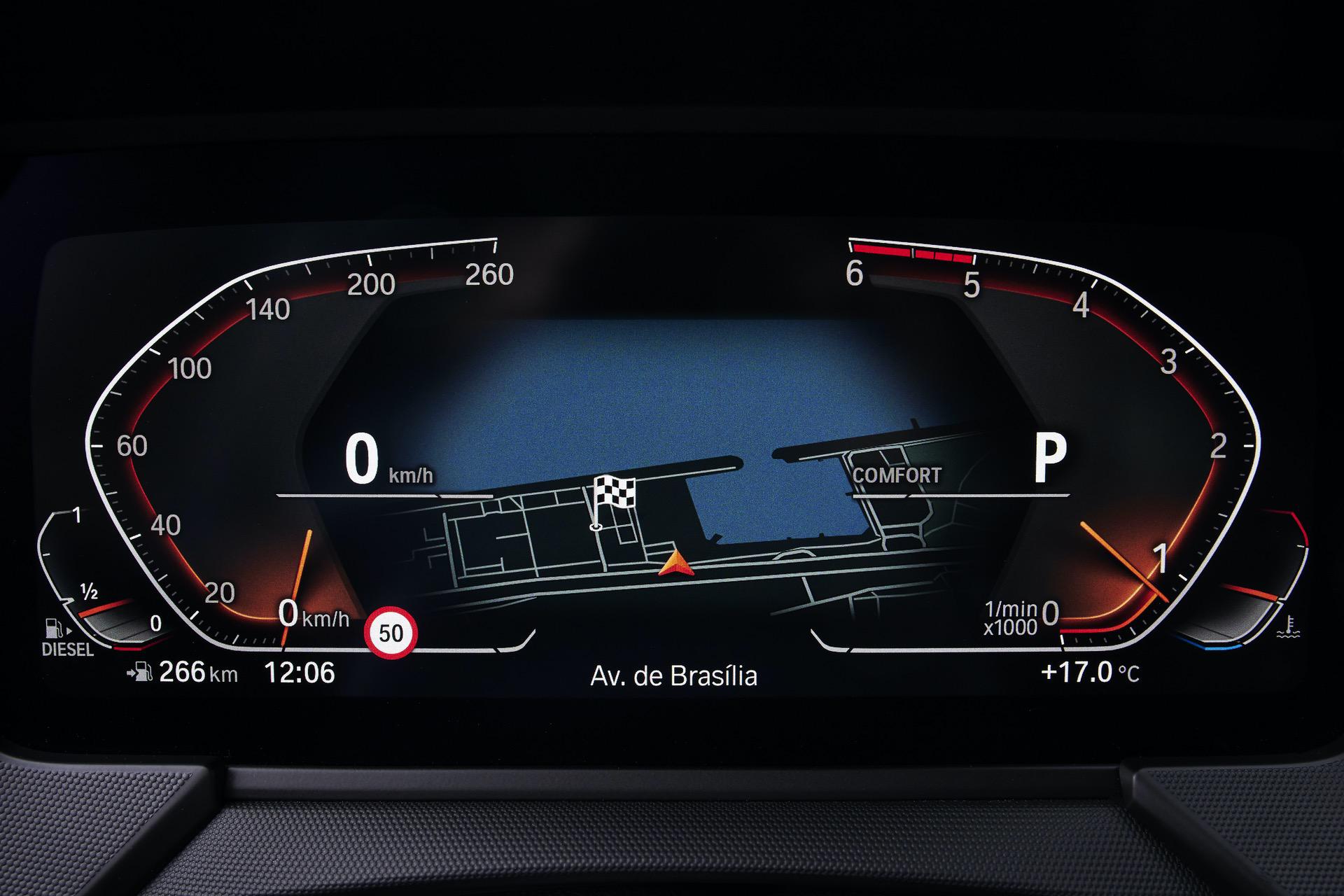
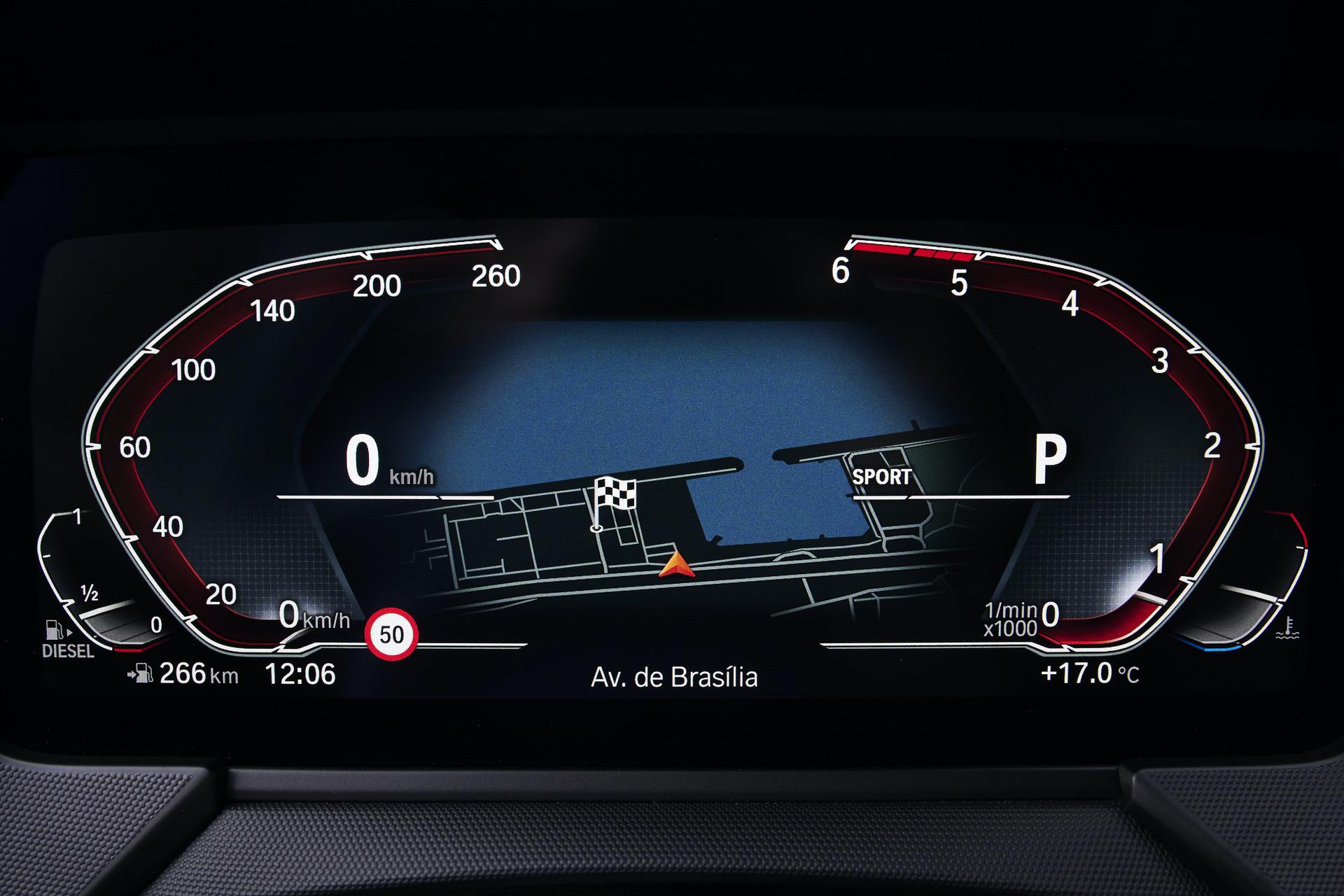
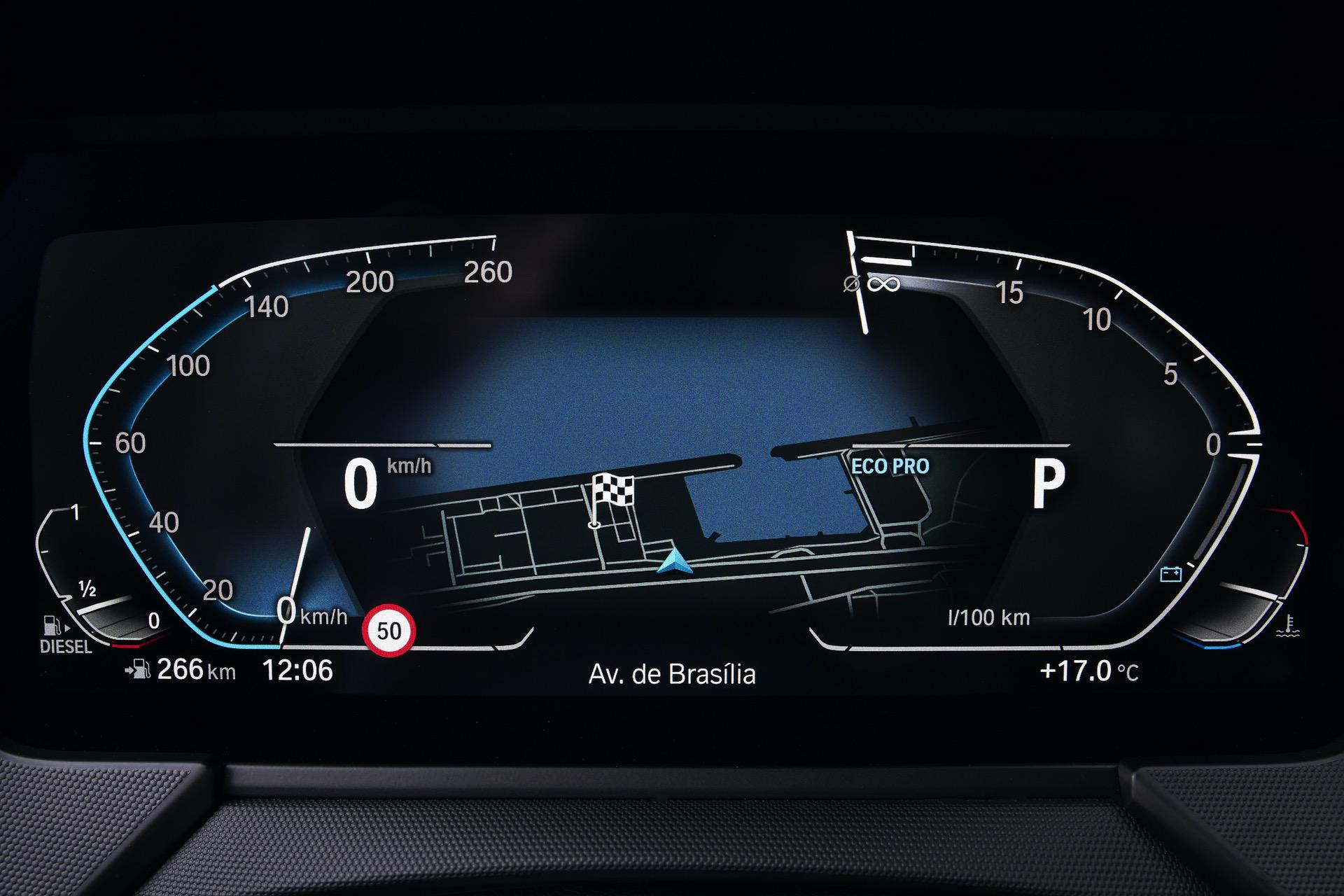
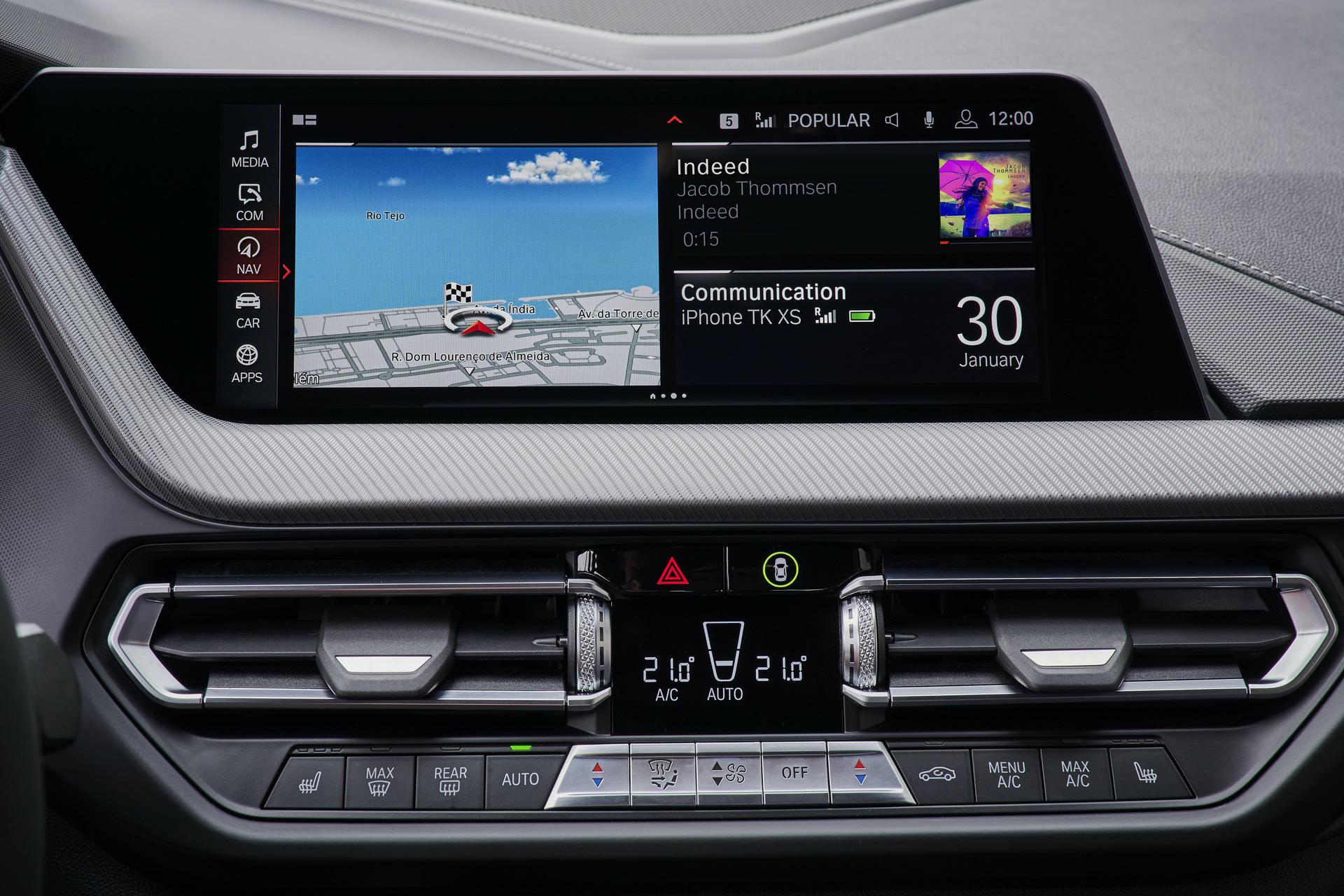
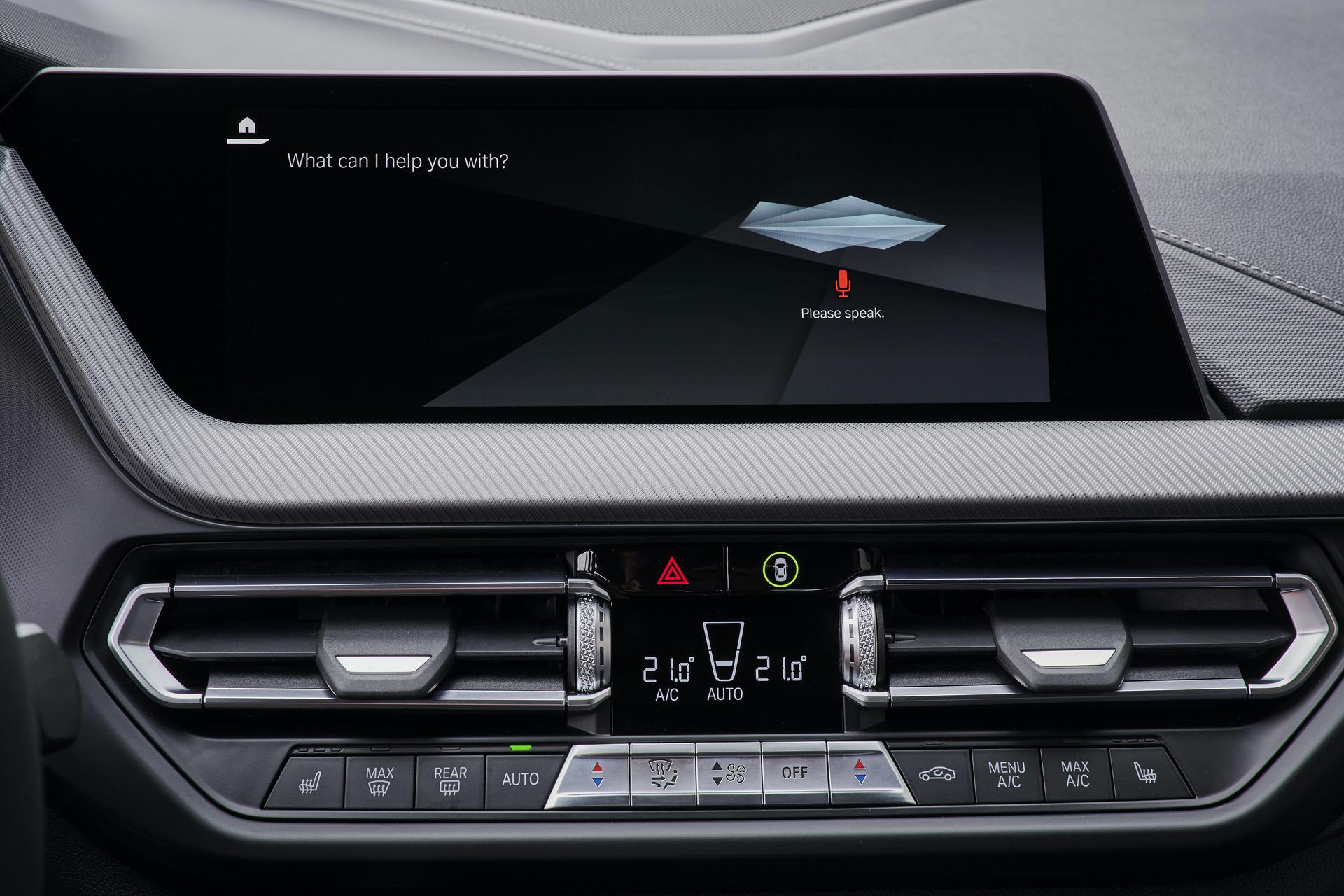
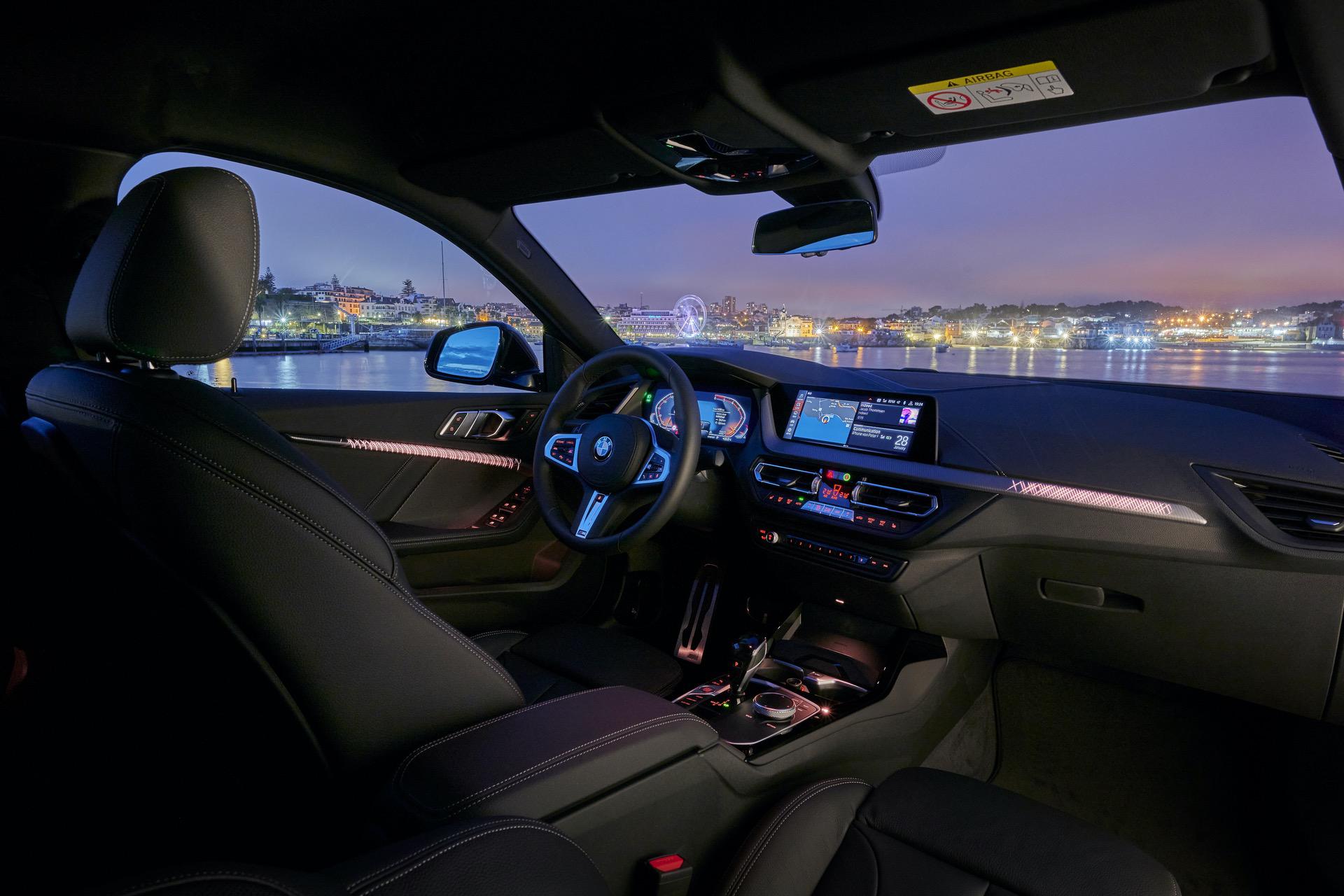
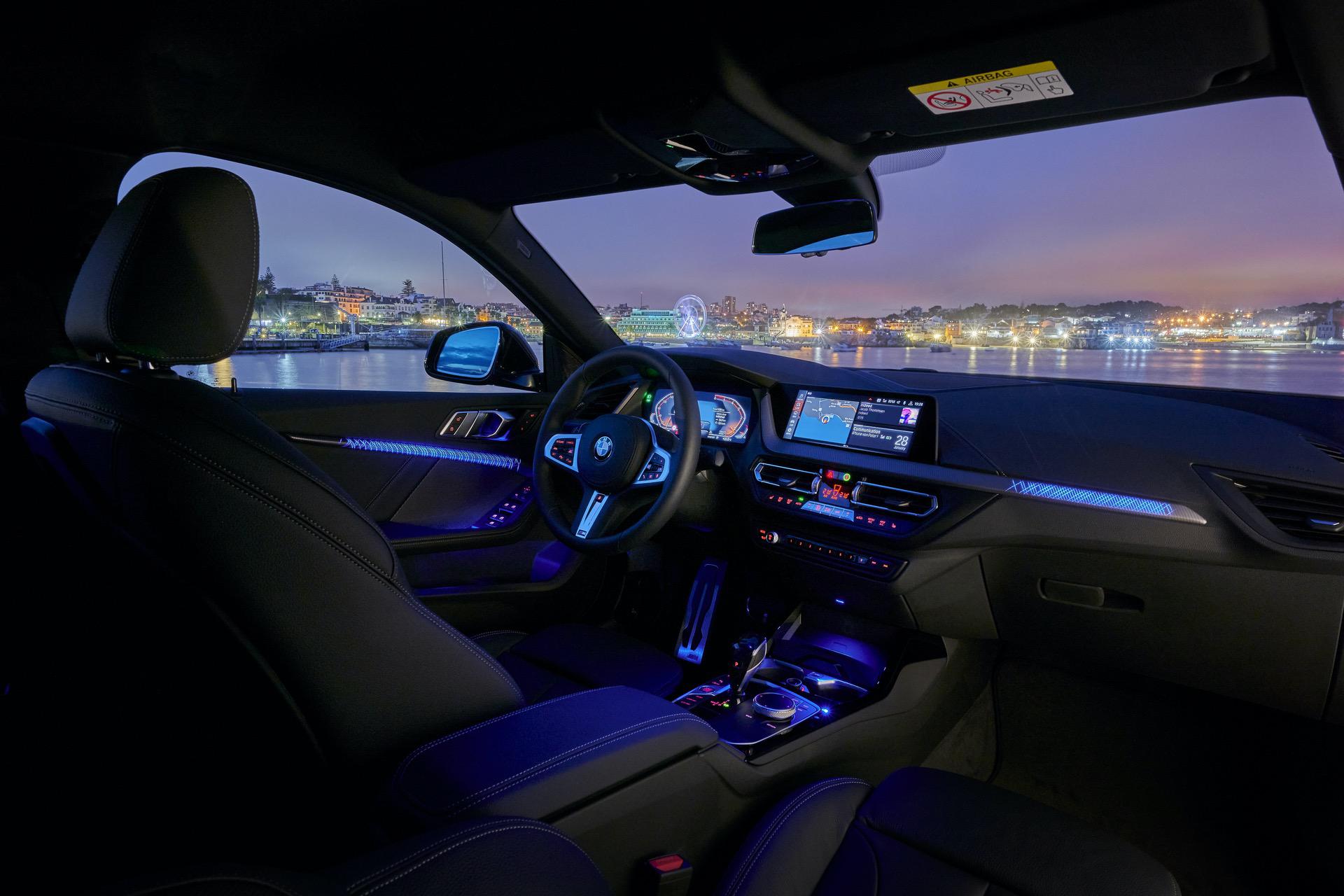
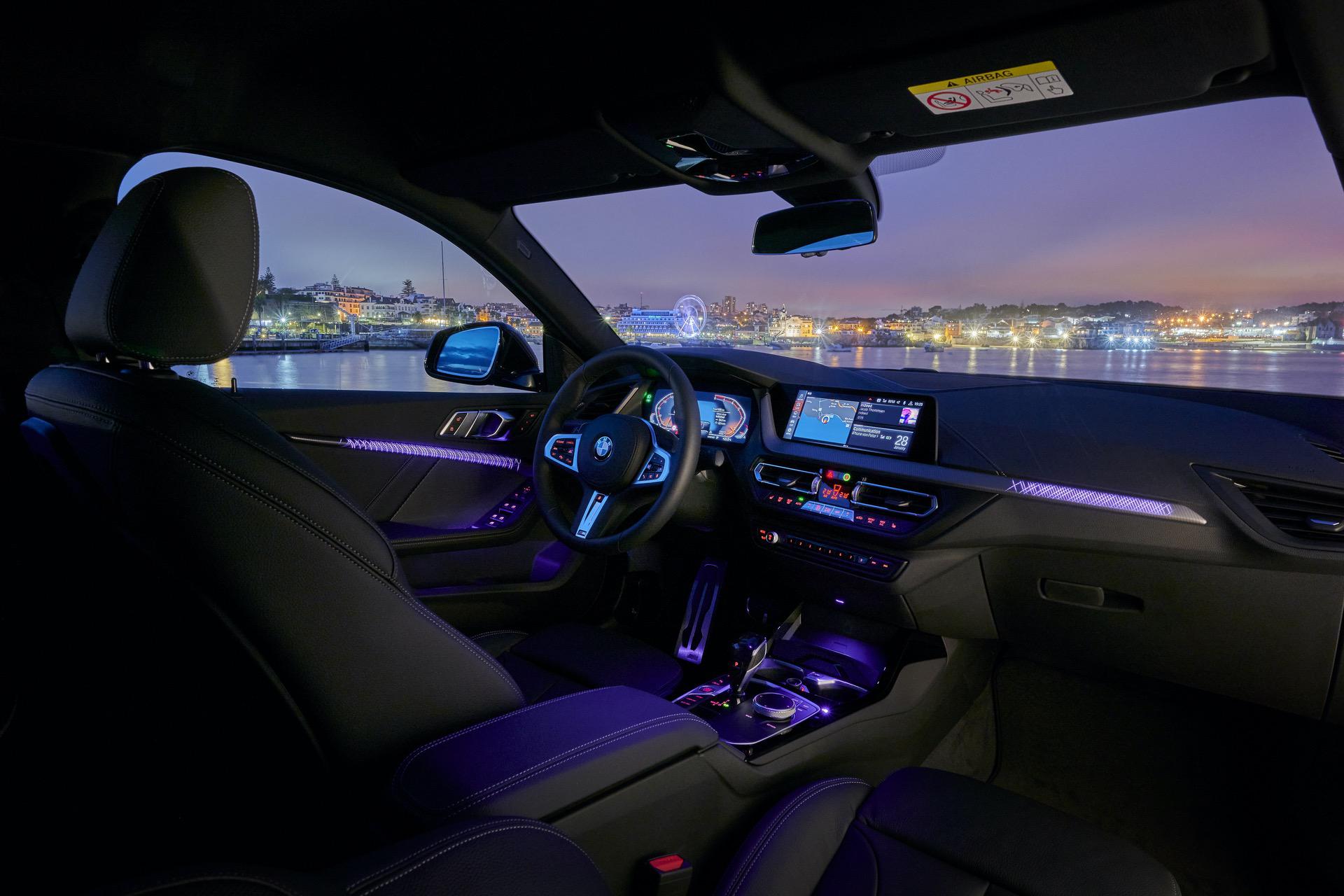
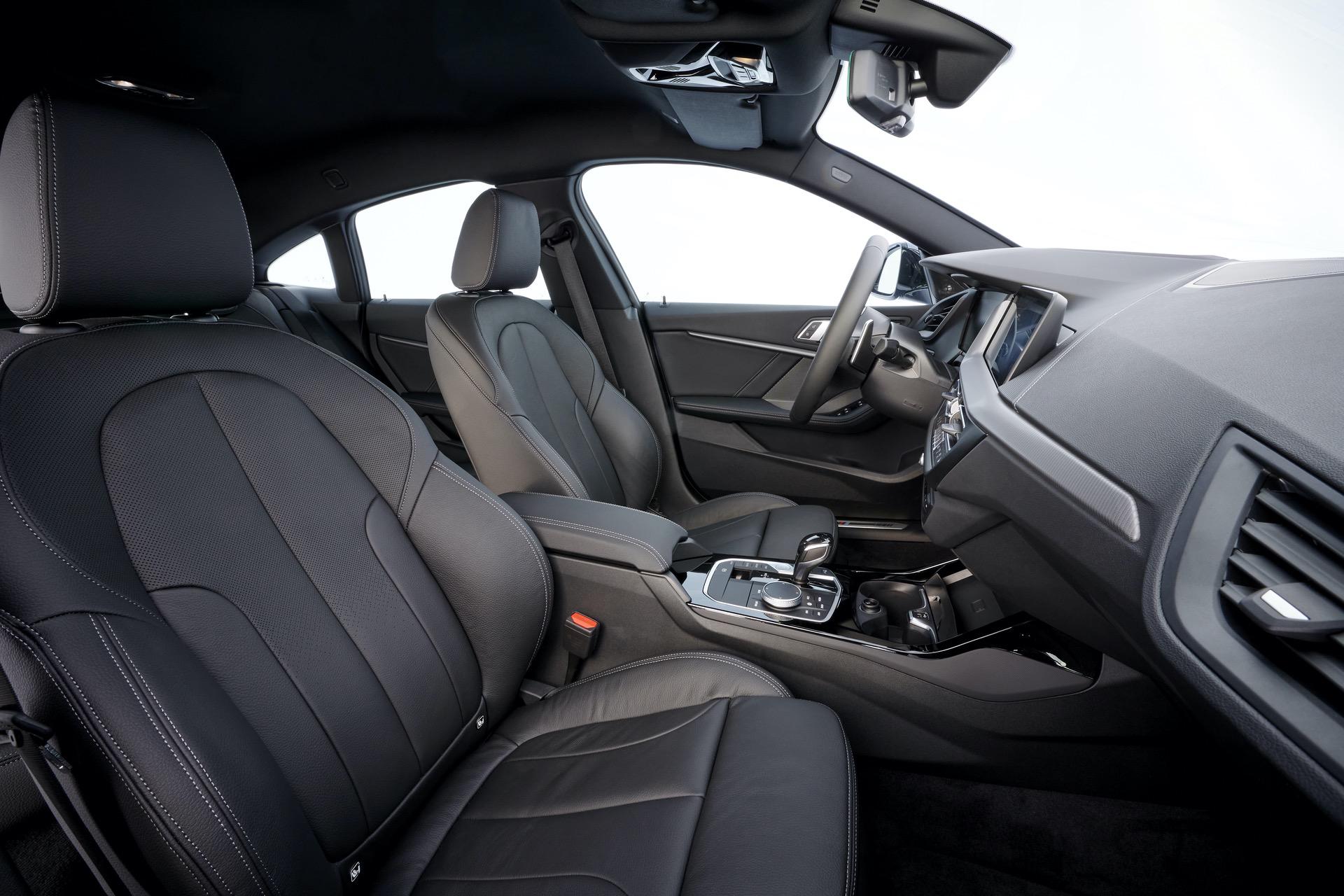
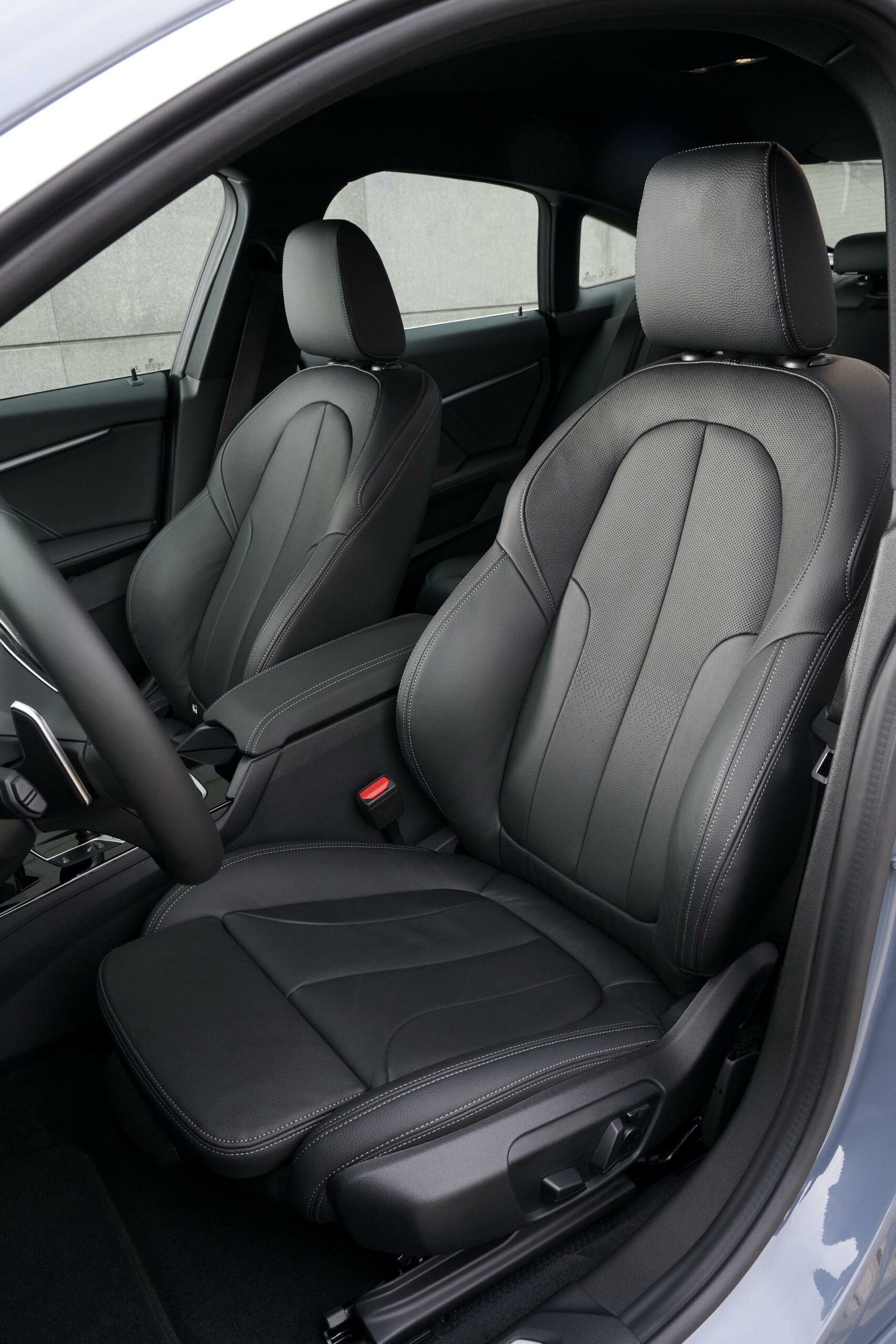
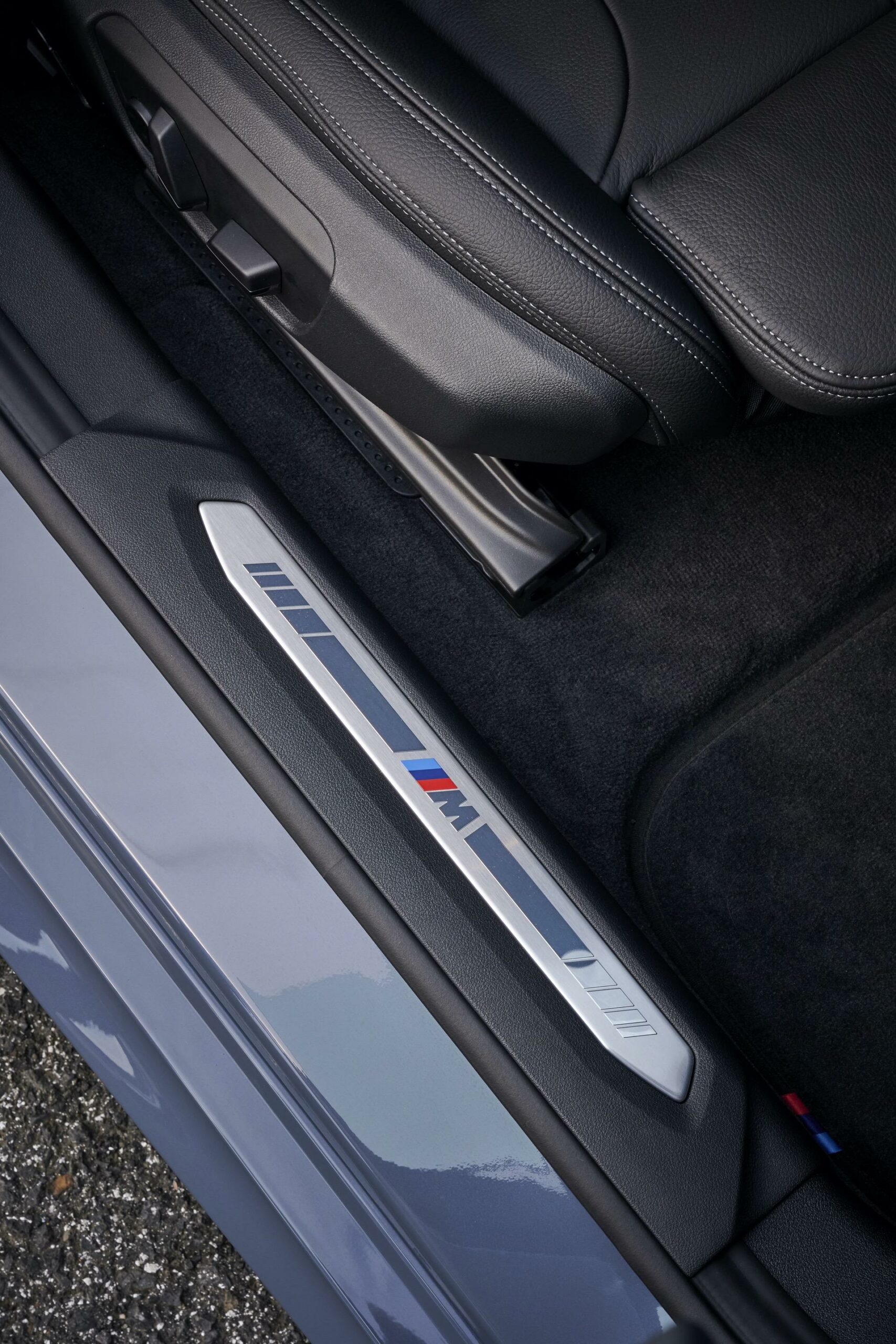
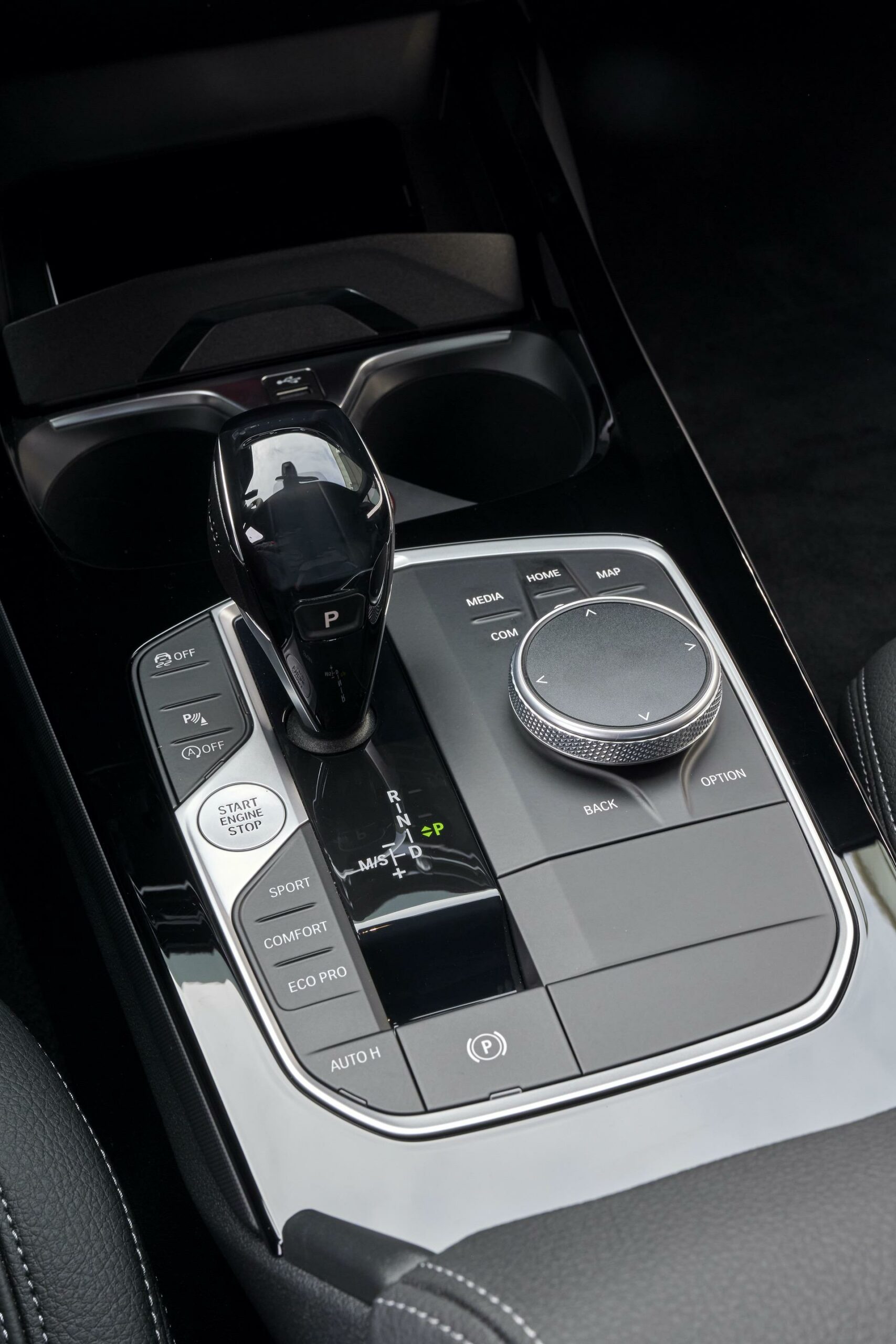
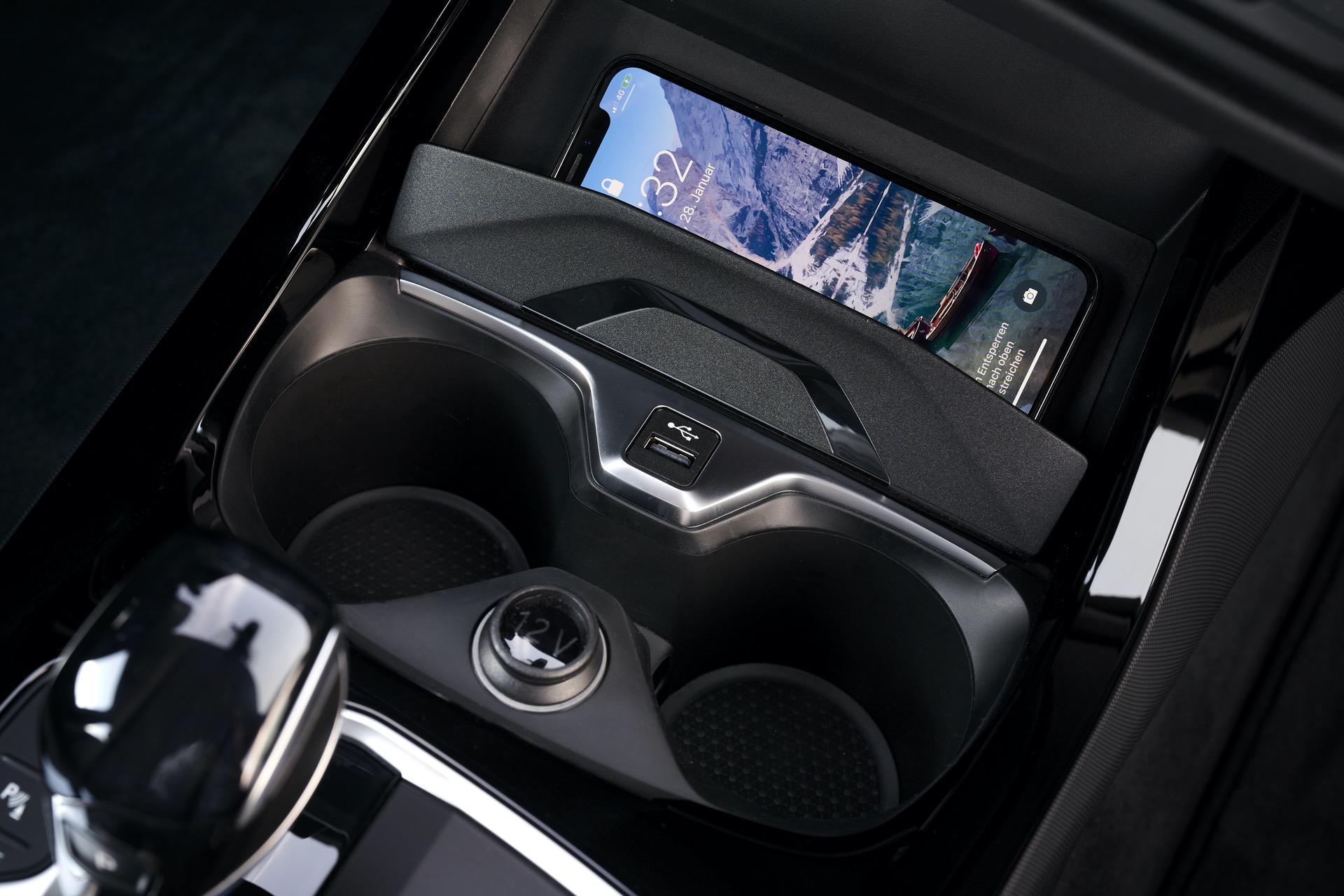
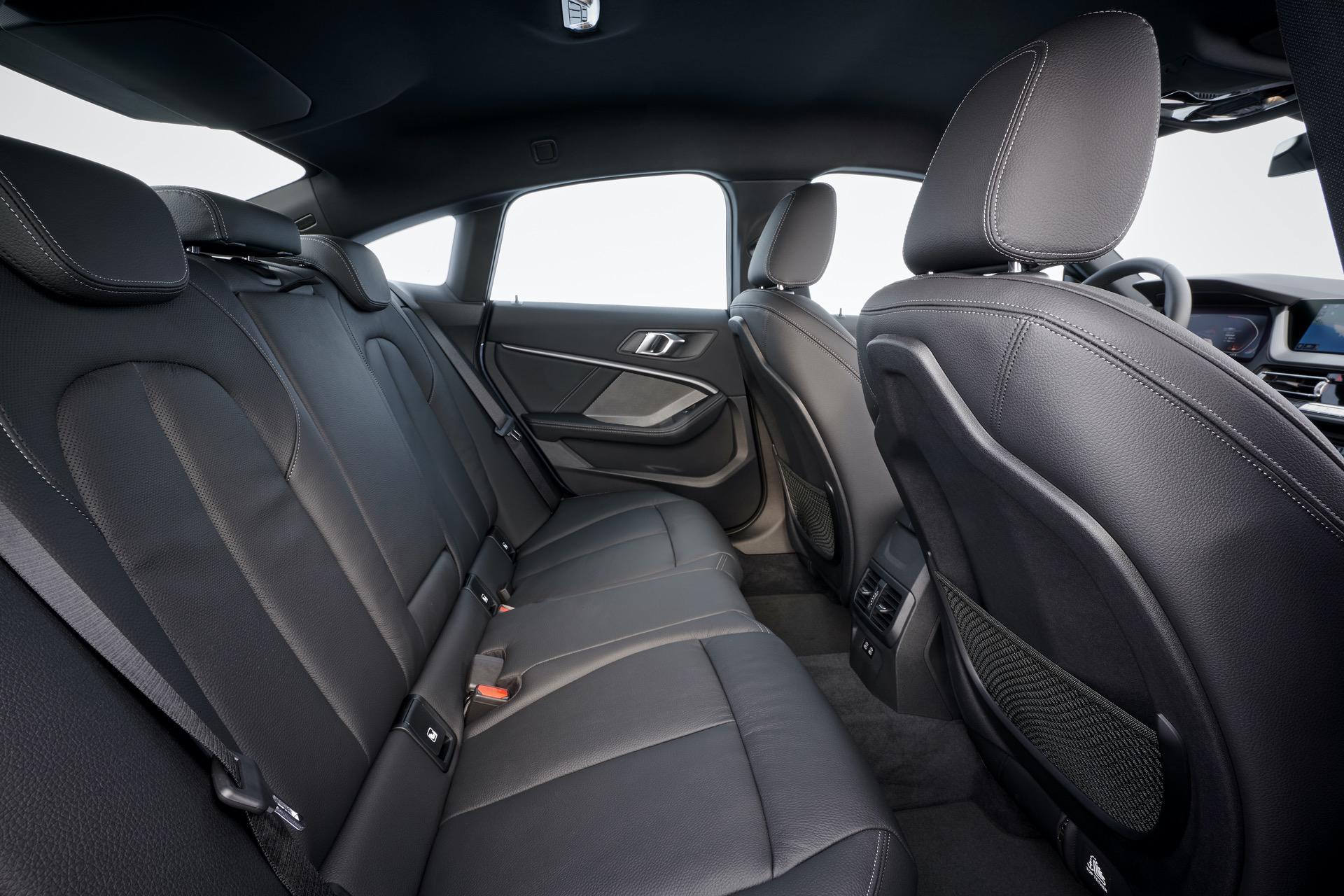
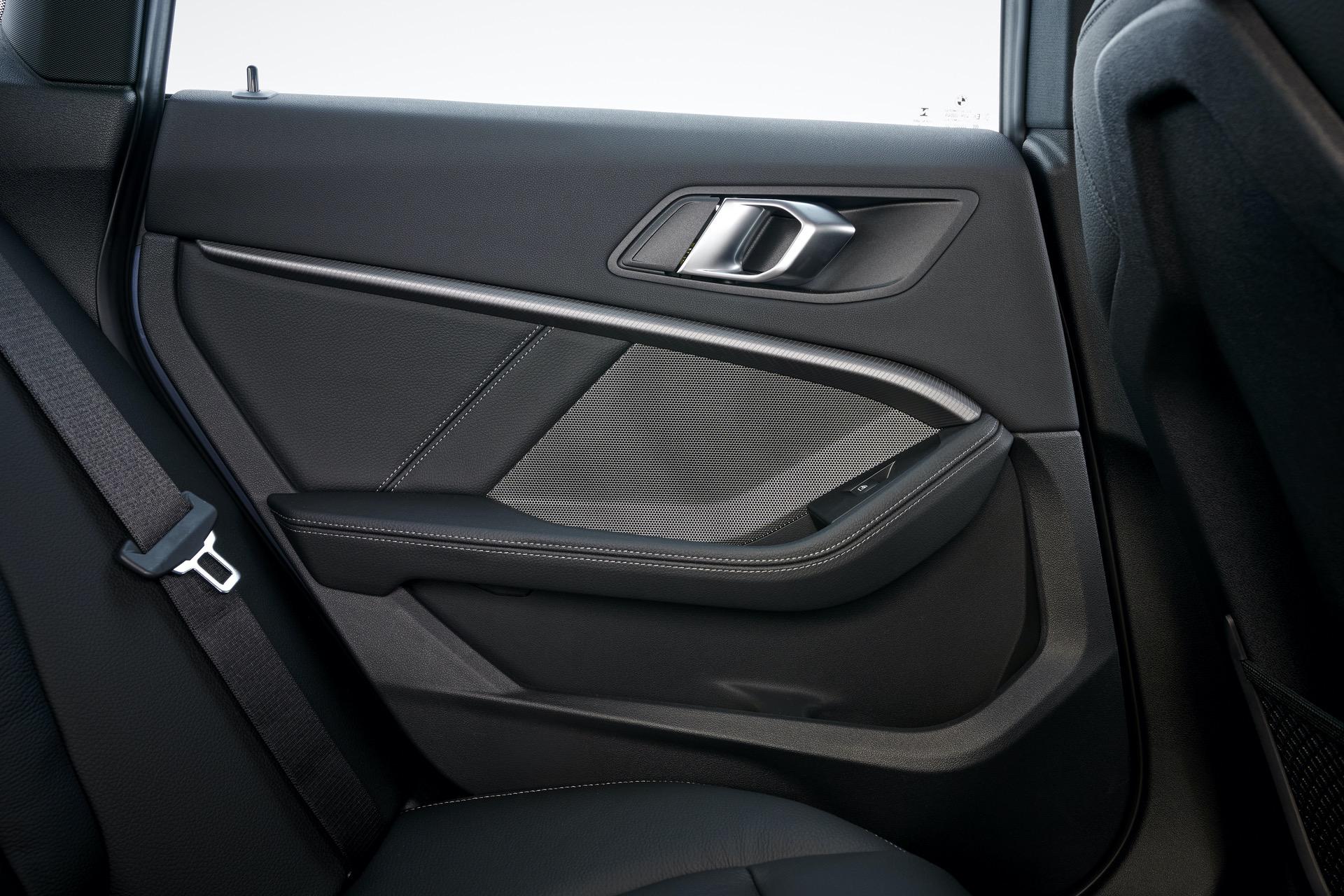



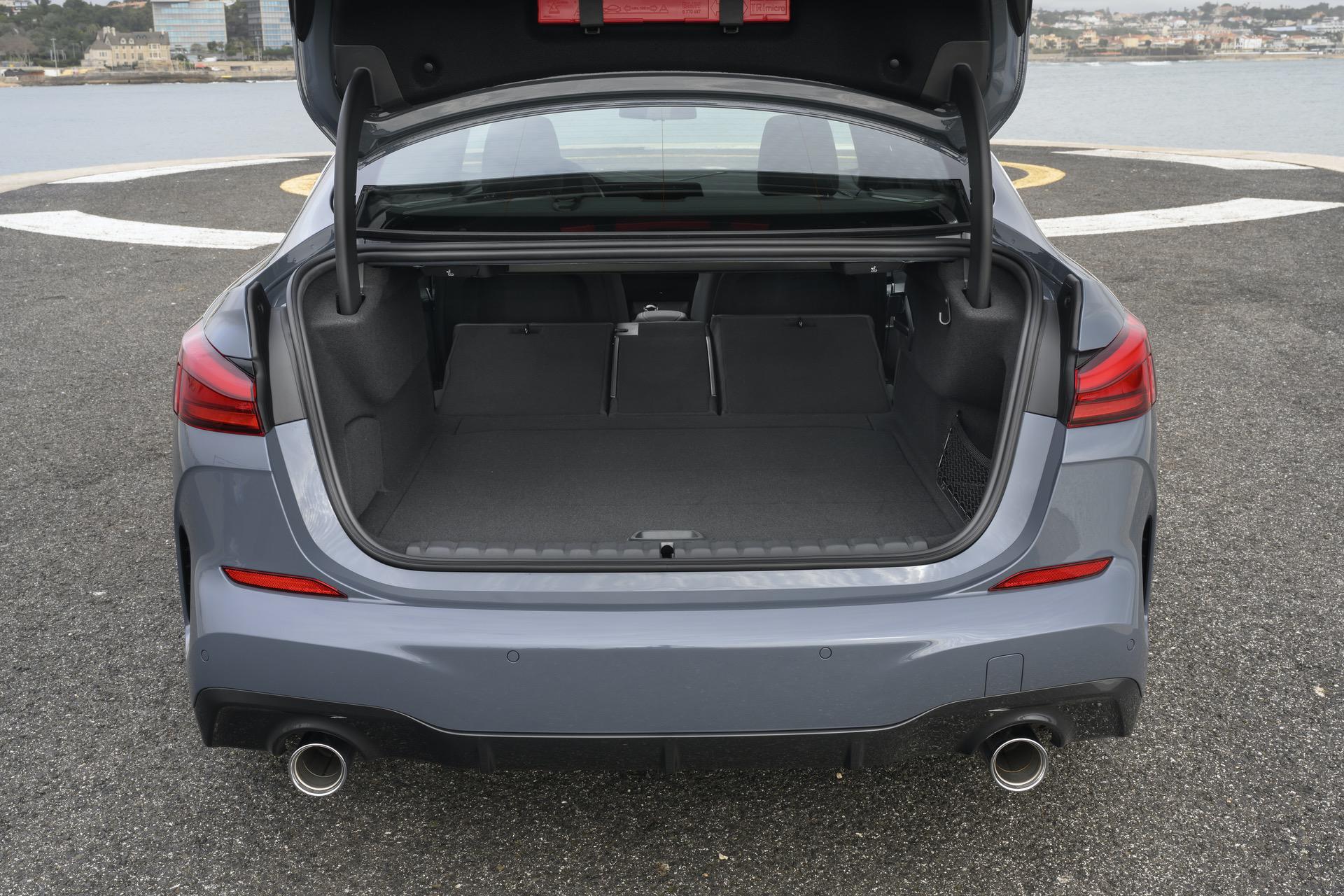
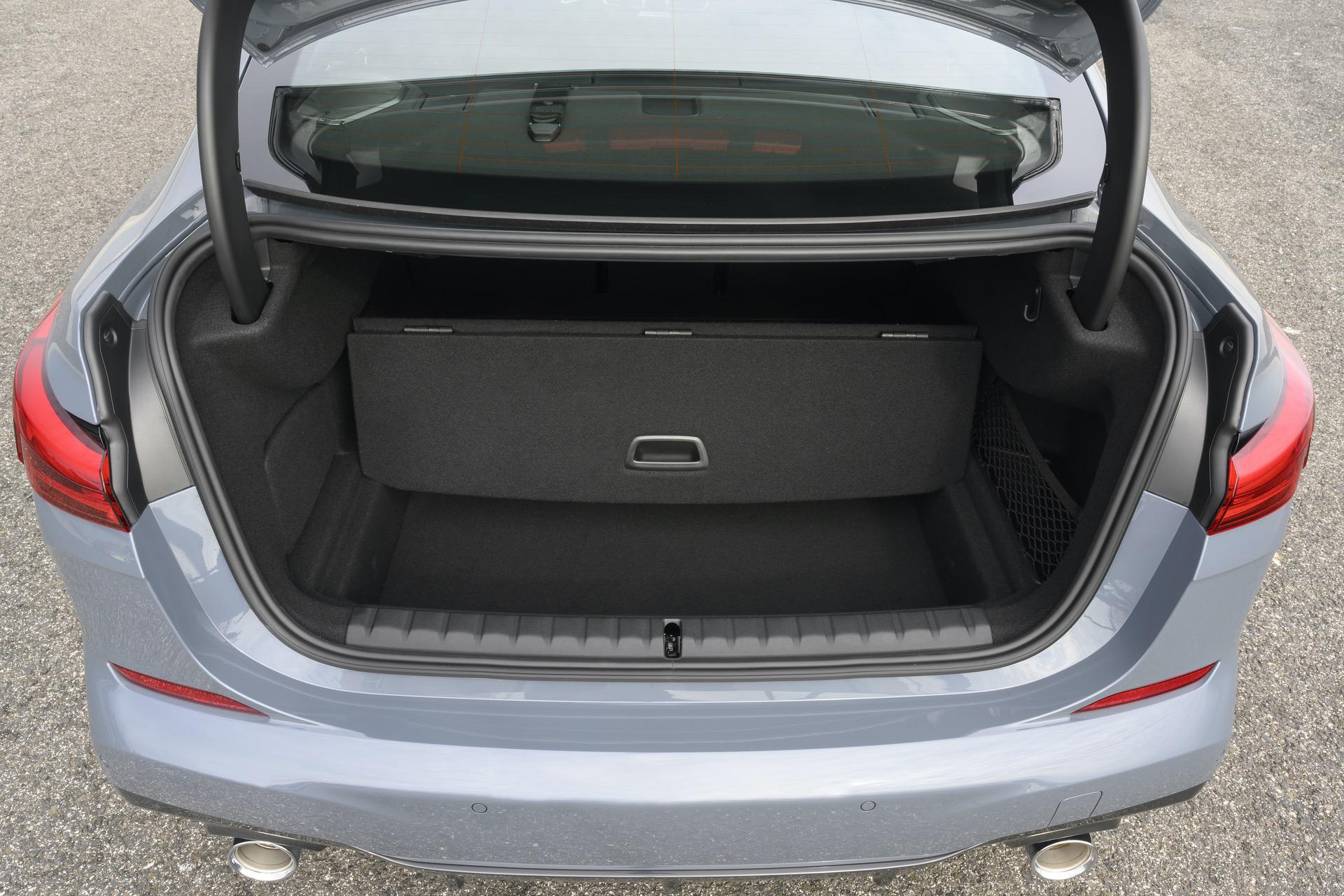
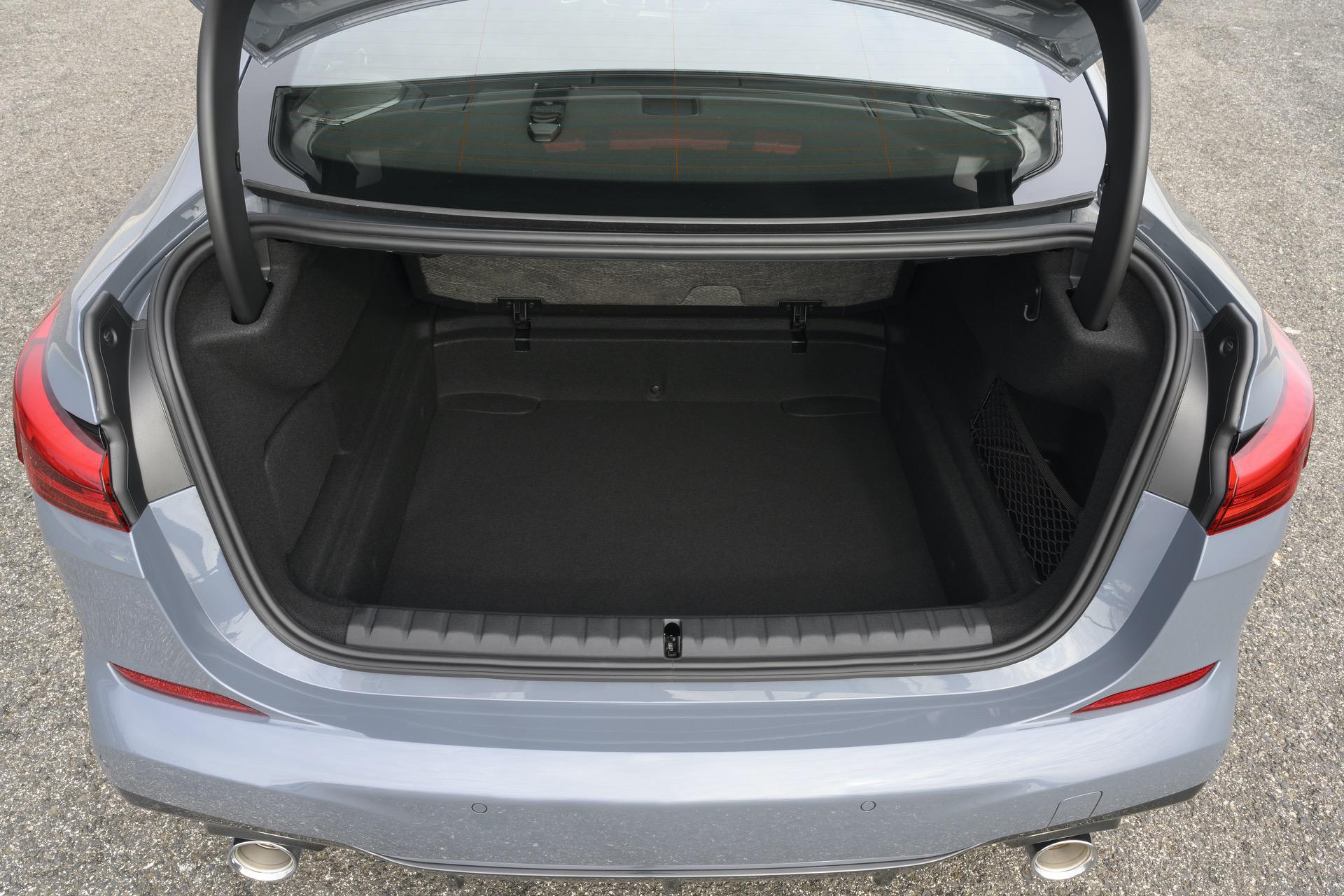
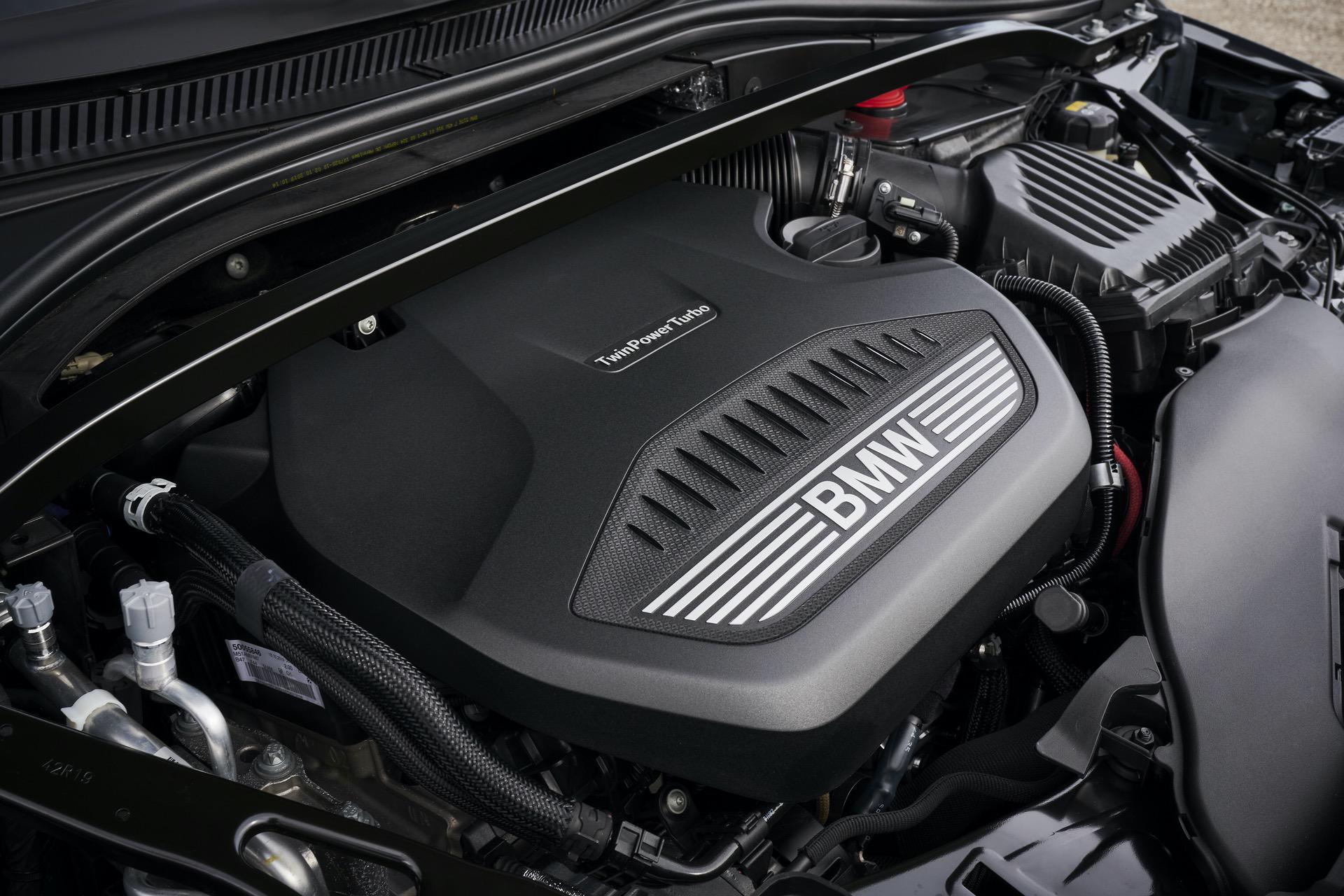
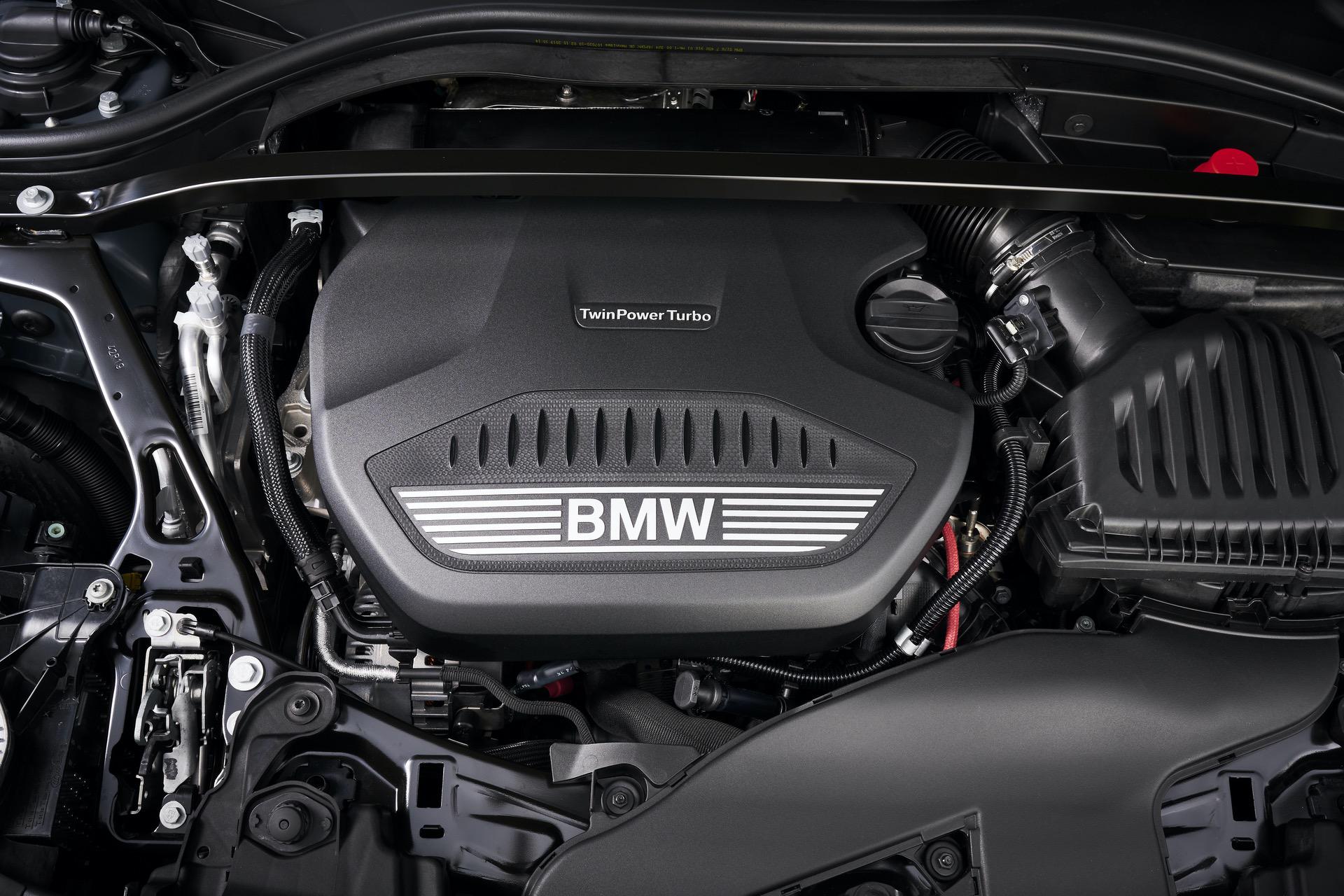
The article TEST DRIVE: BMW 220d Gran Coupe – For Those Who Want To Own A BMW Badge appeared first on BMW BLOG
